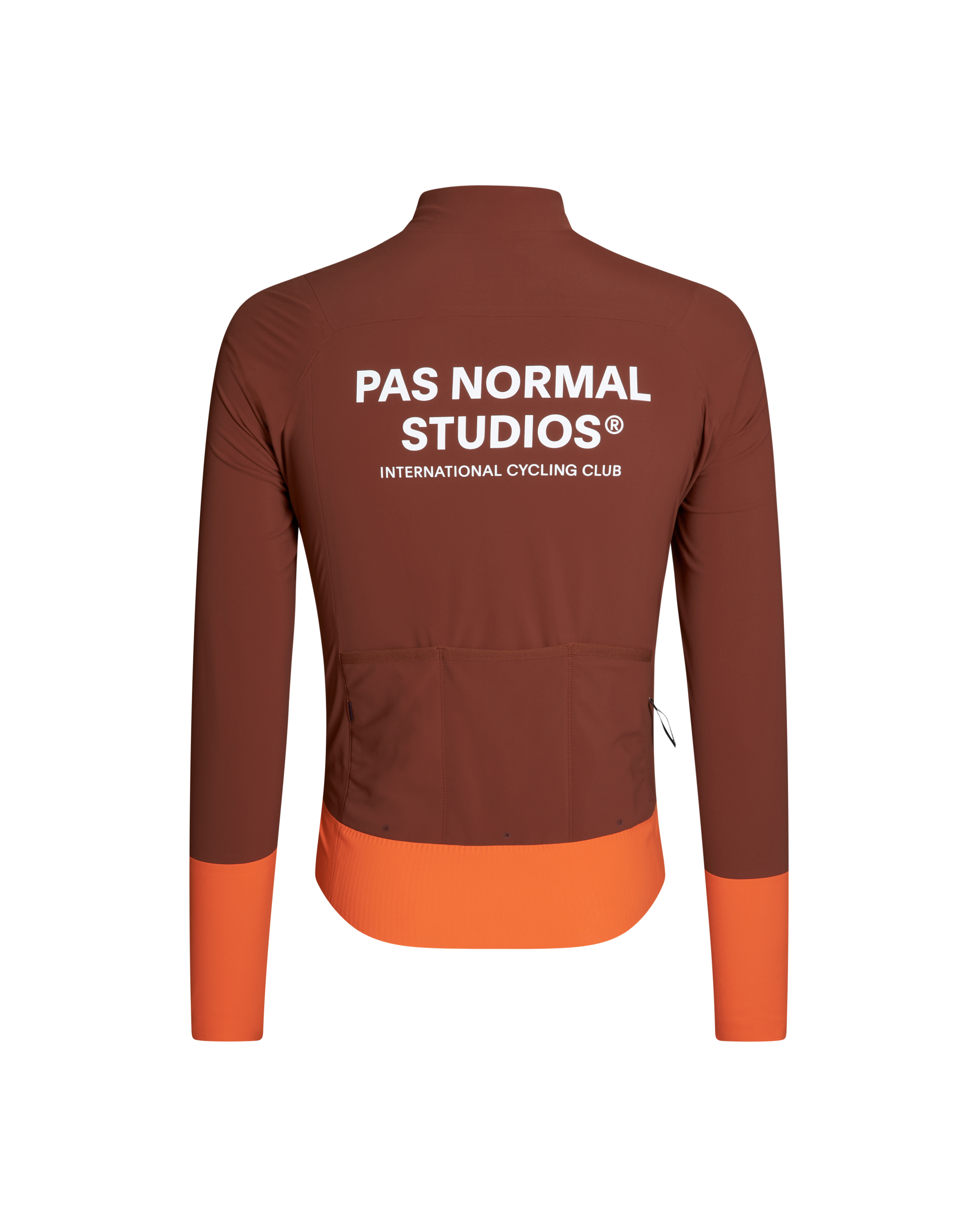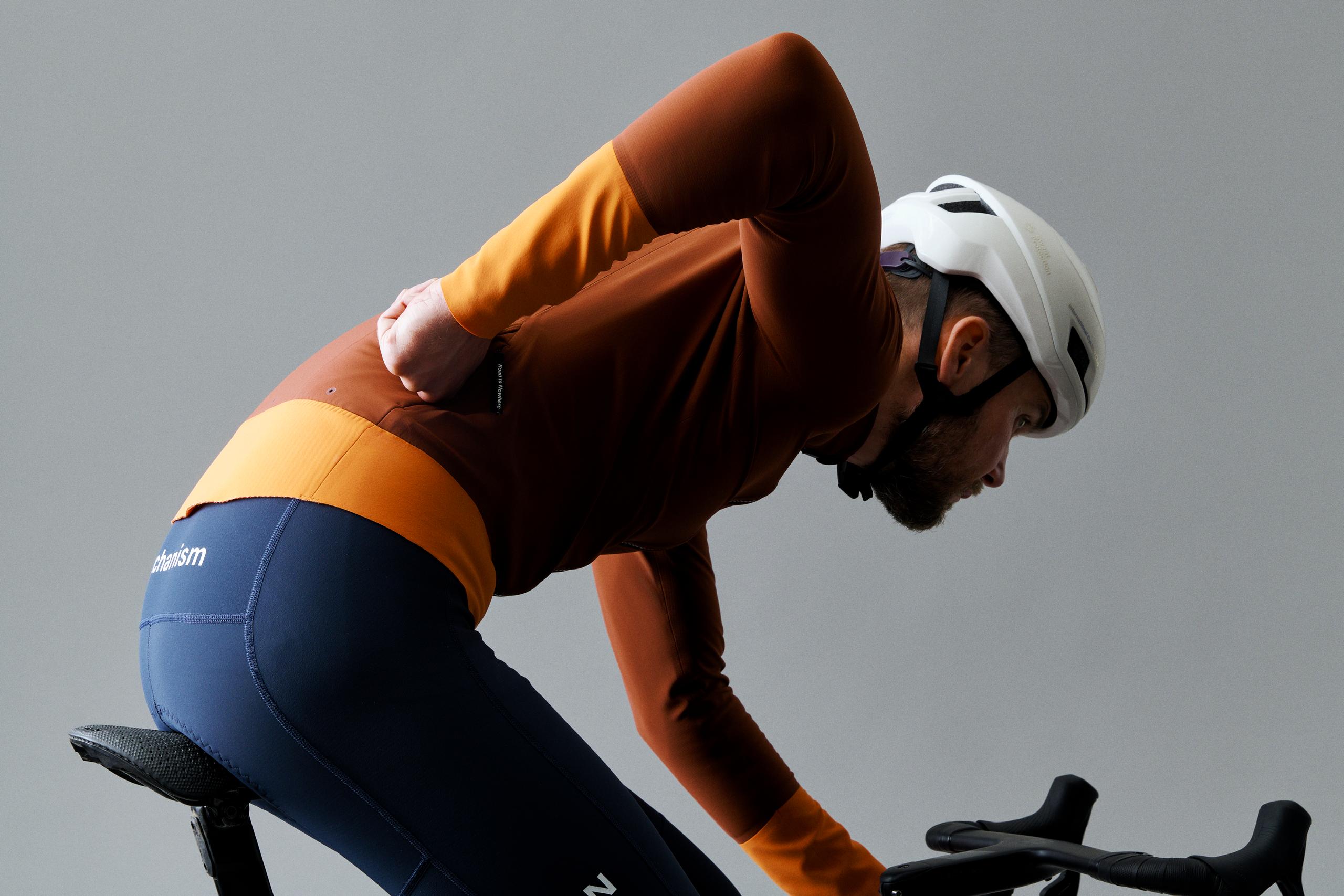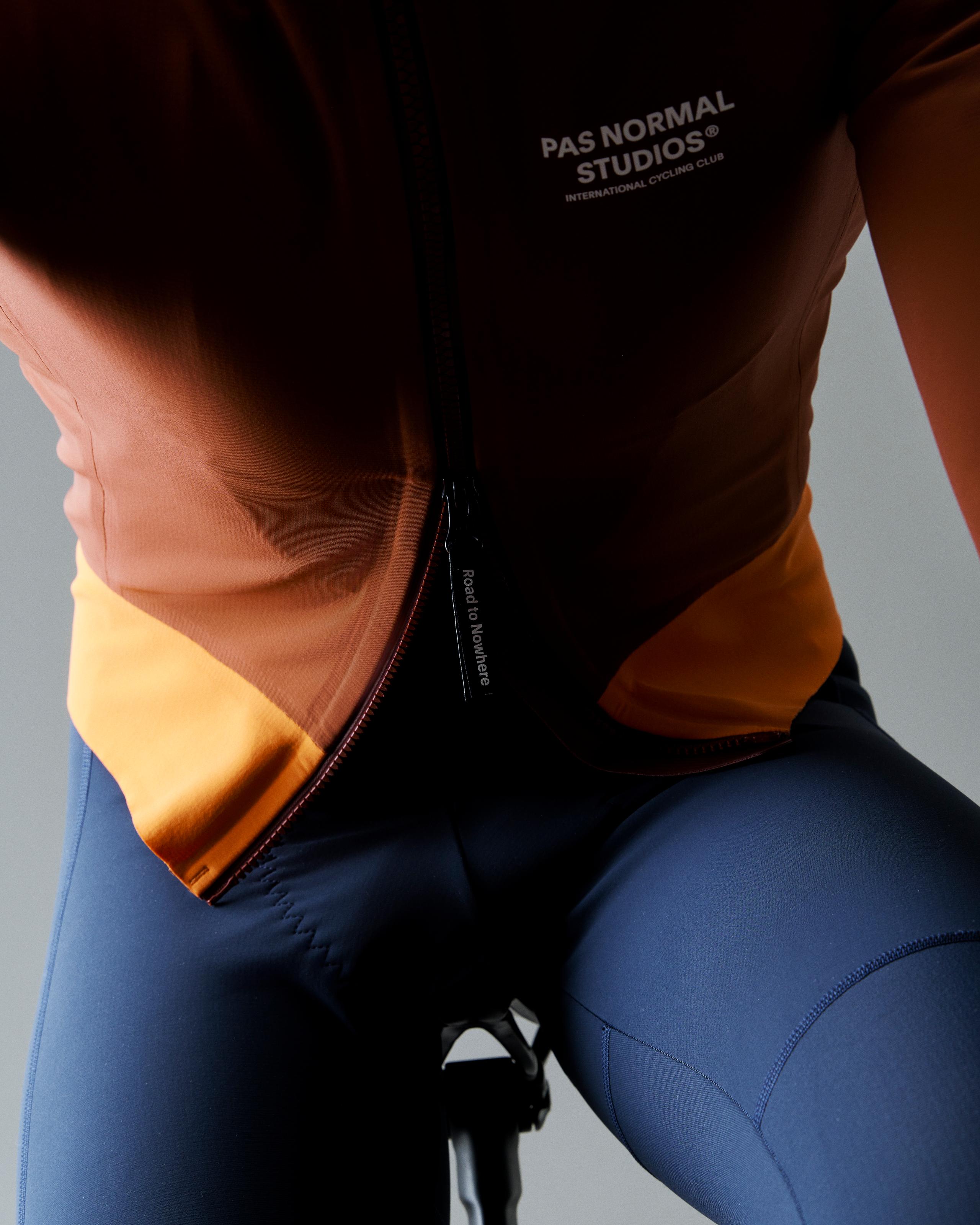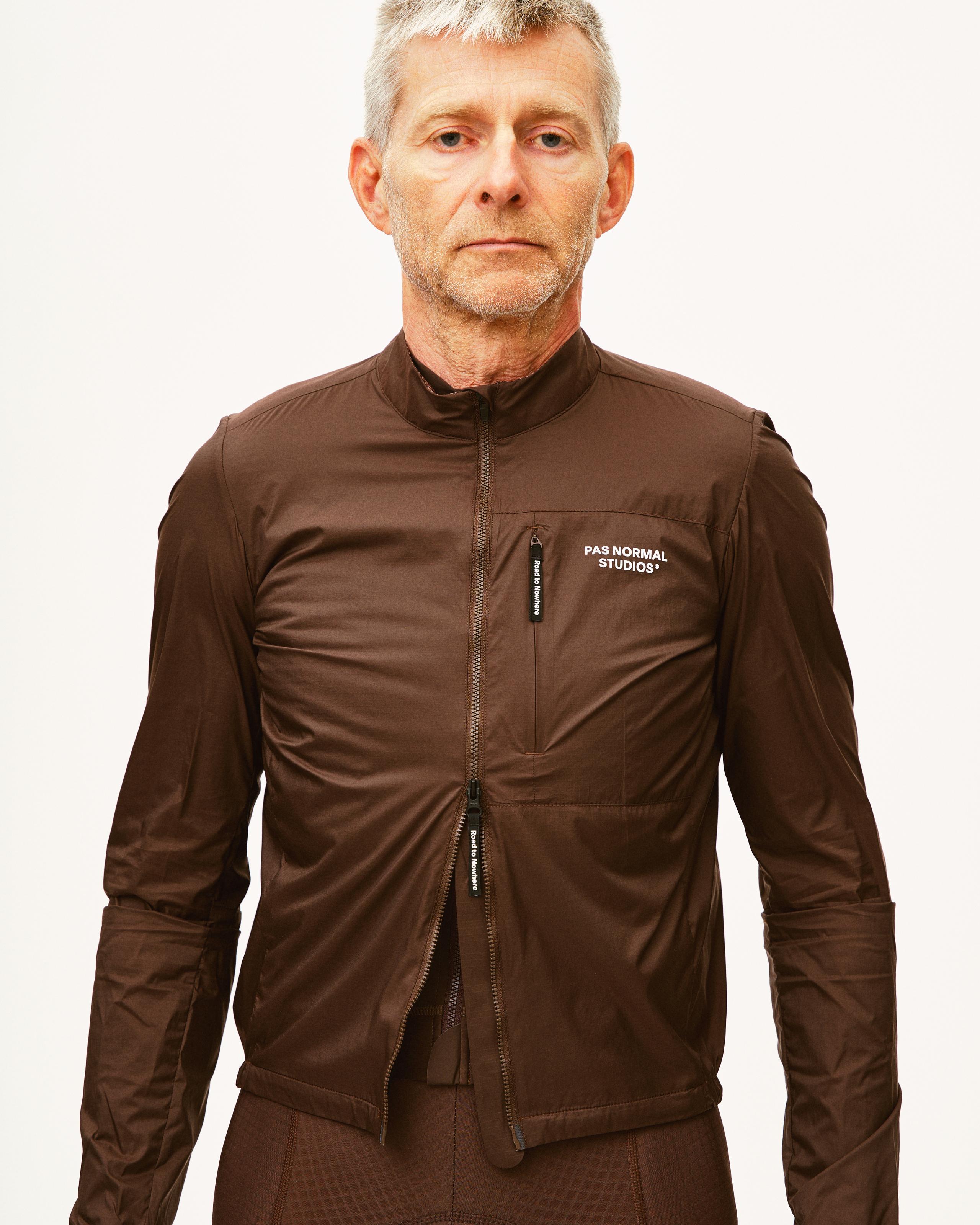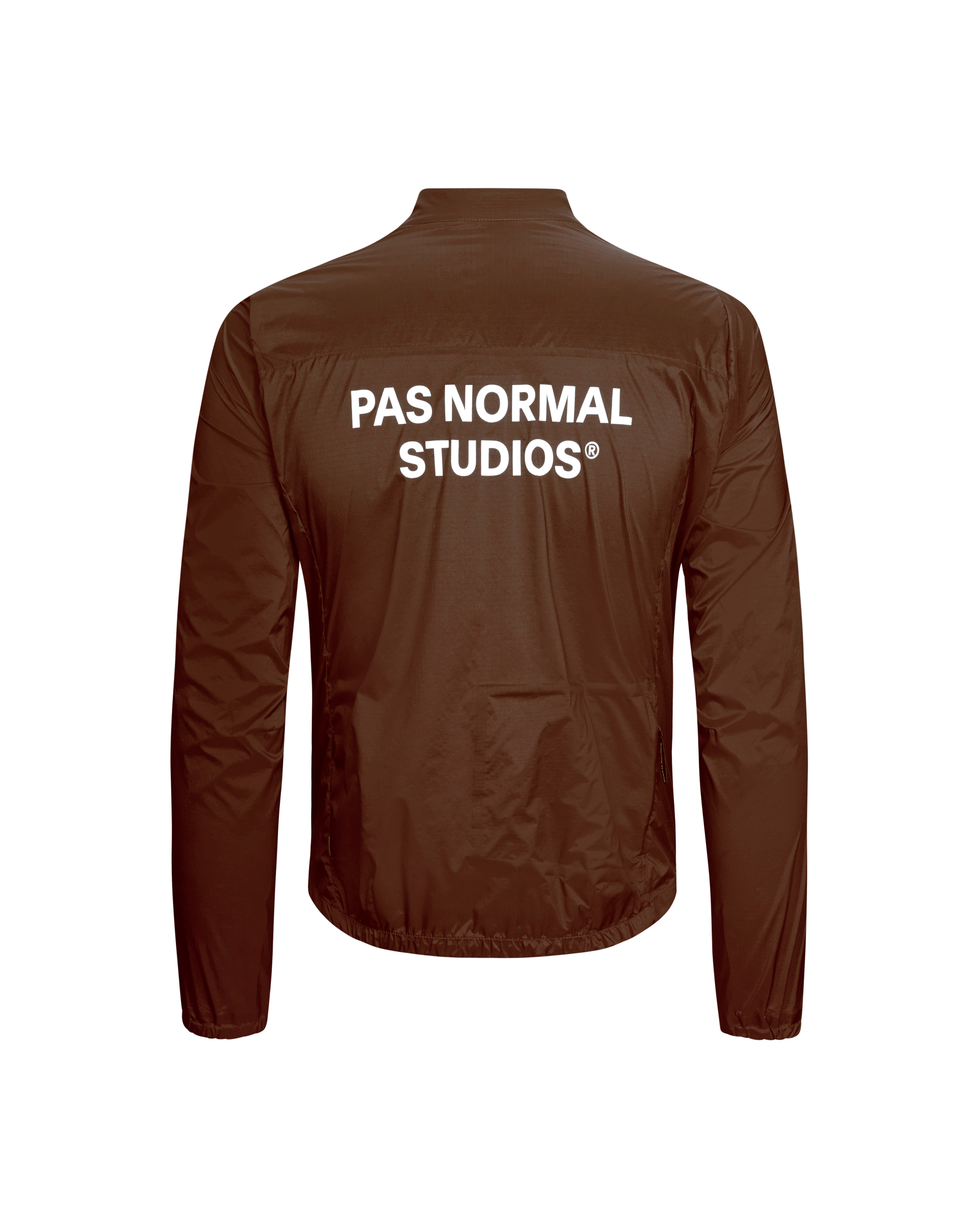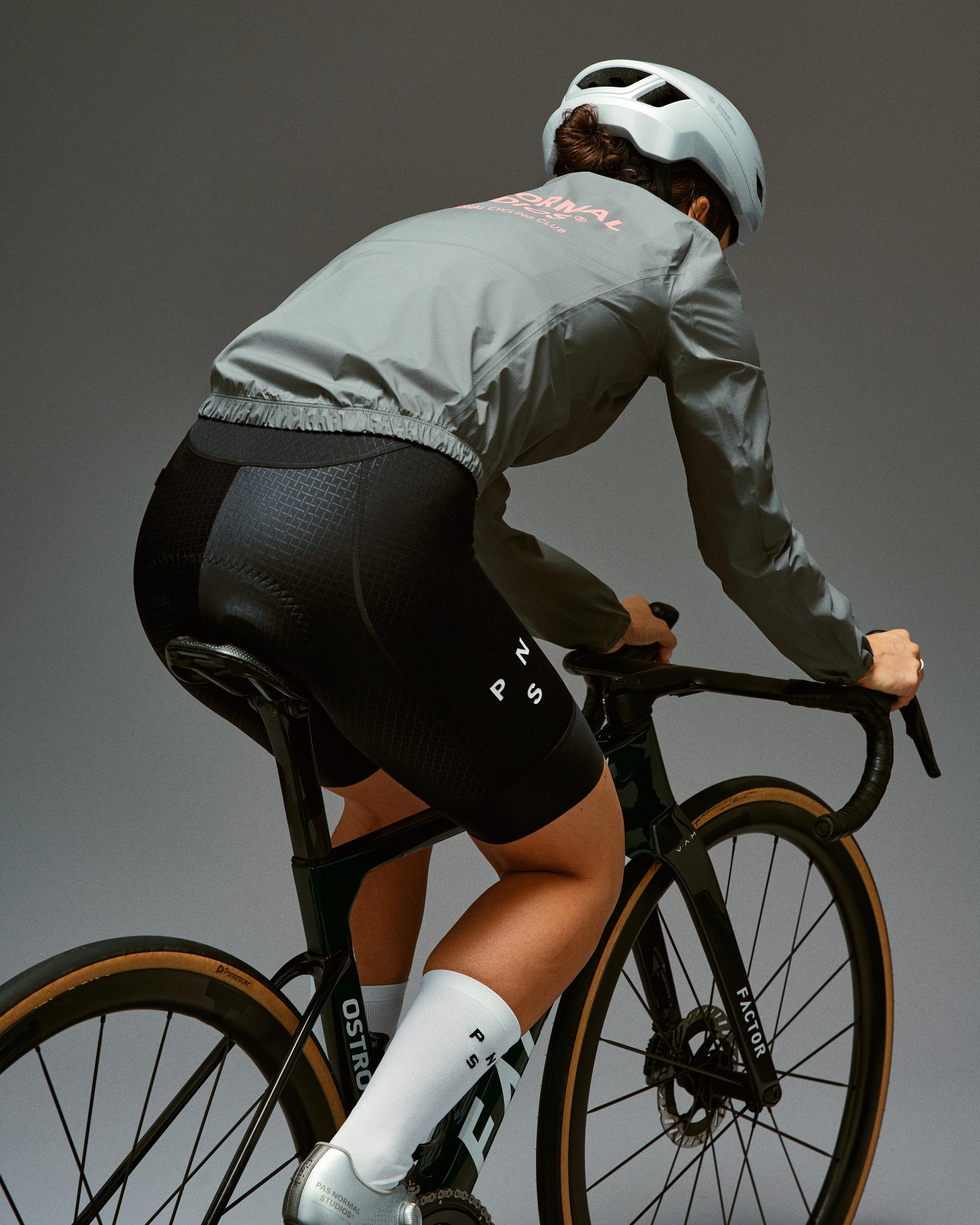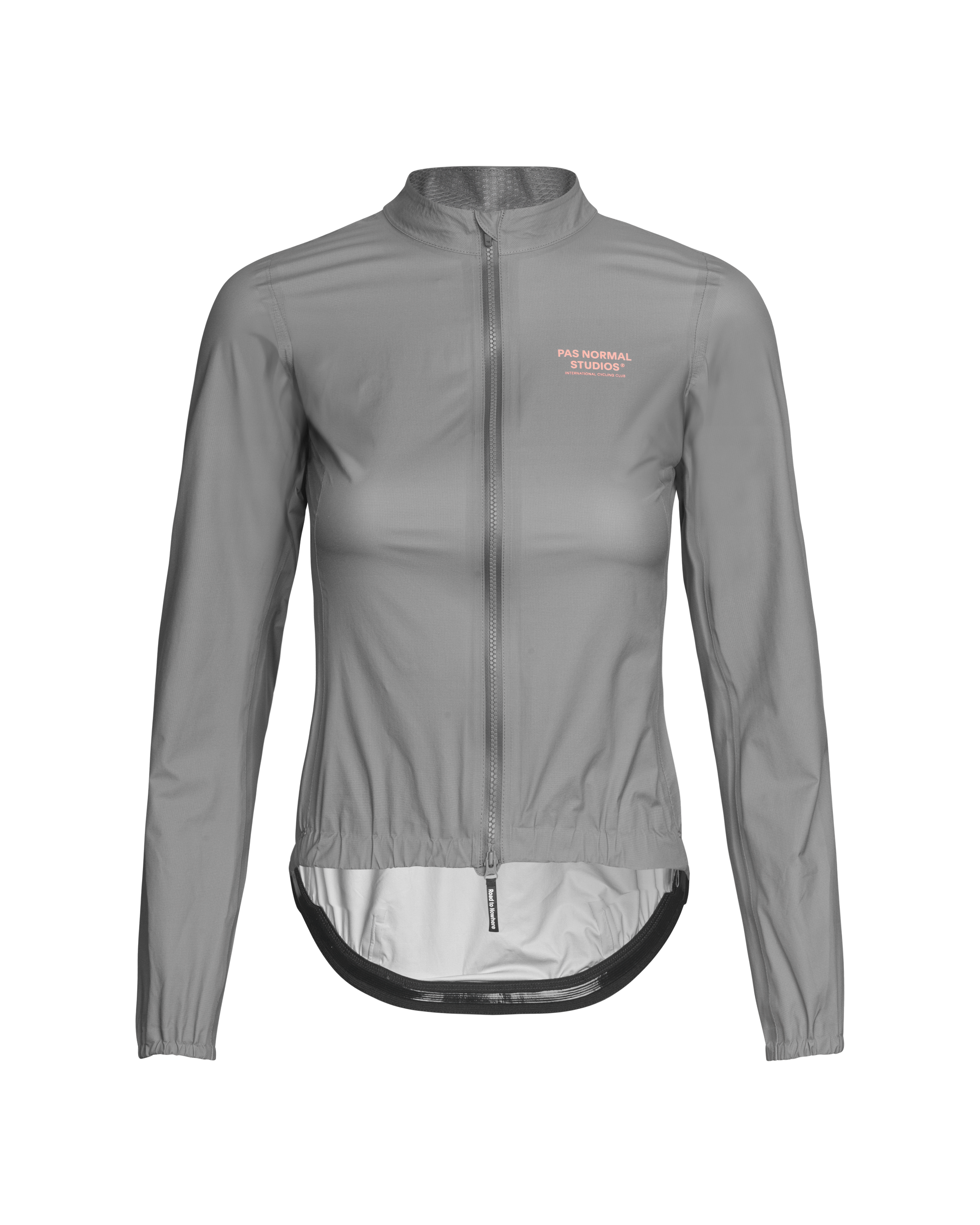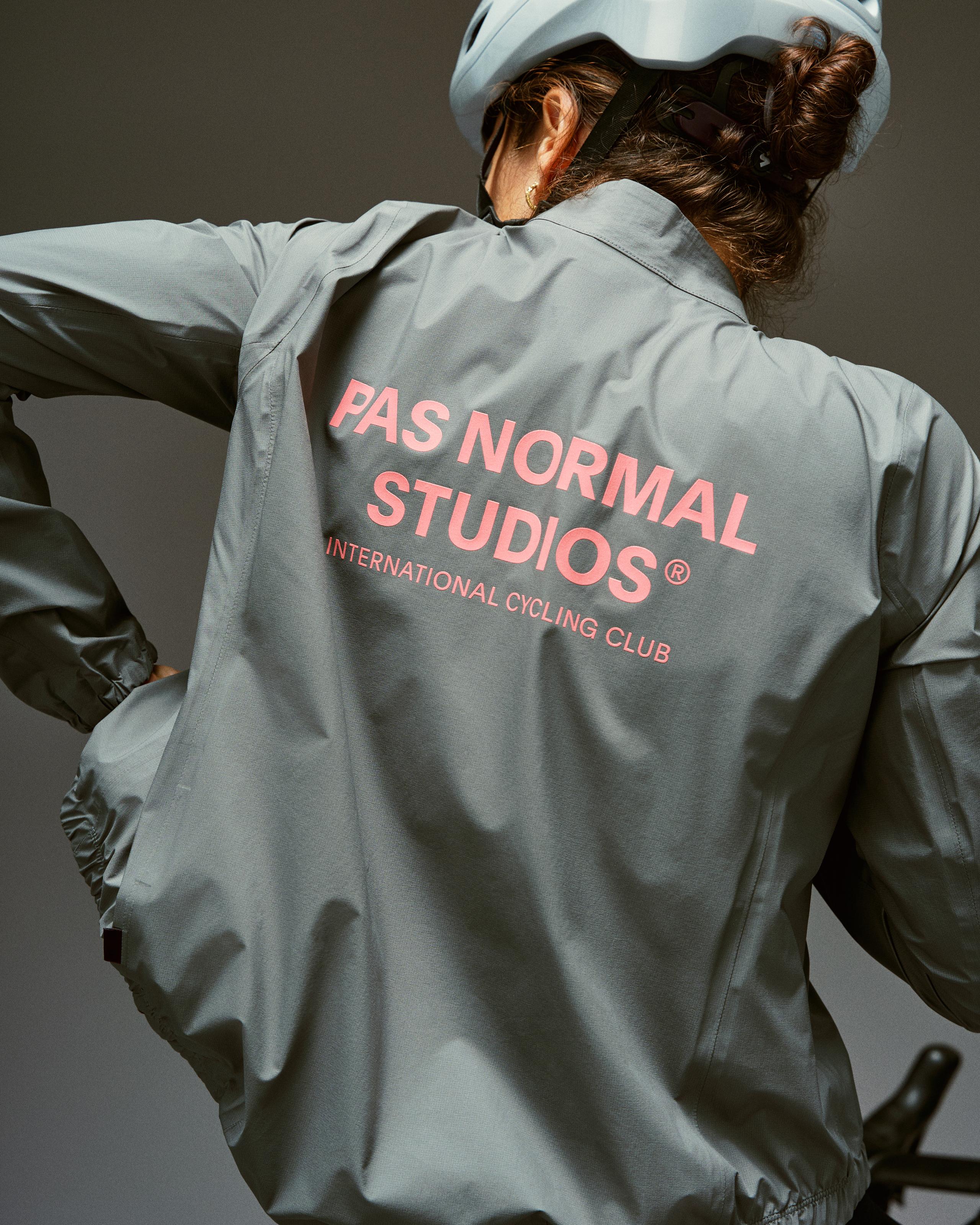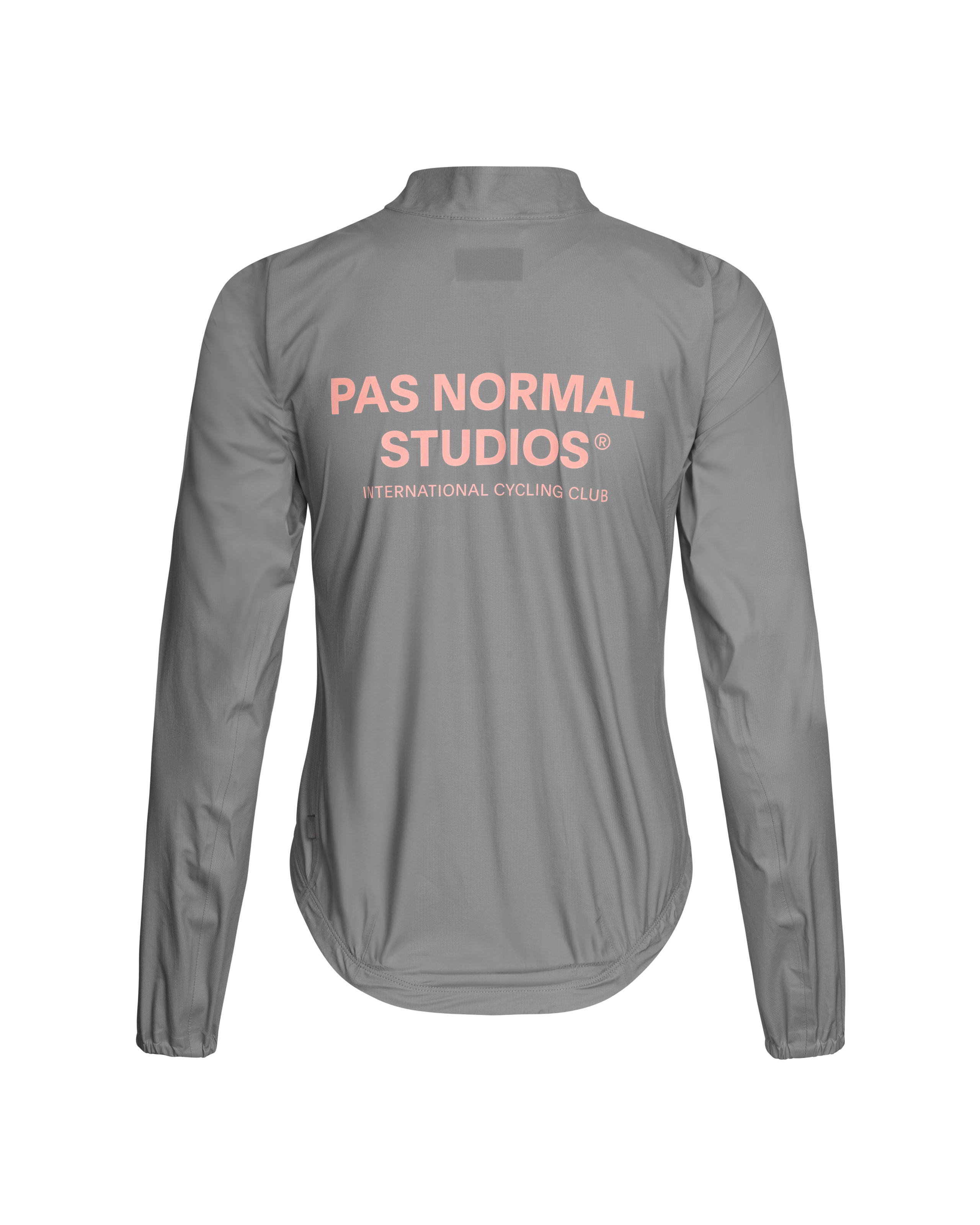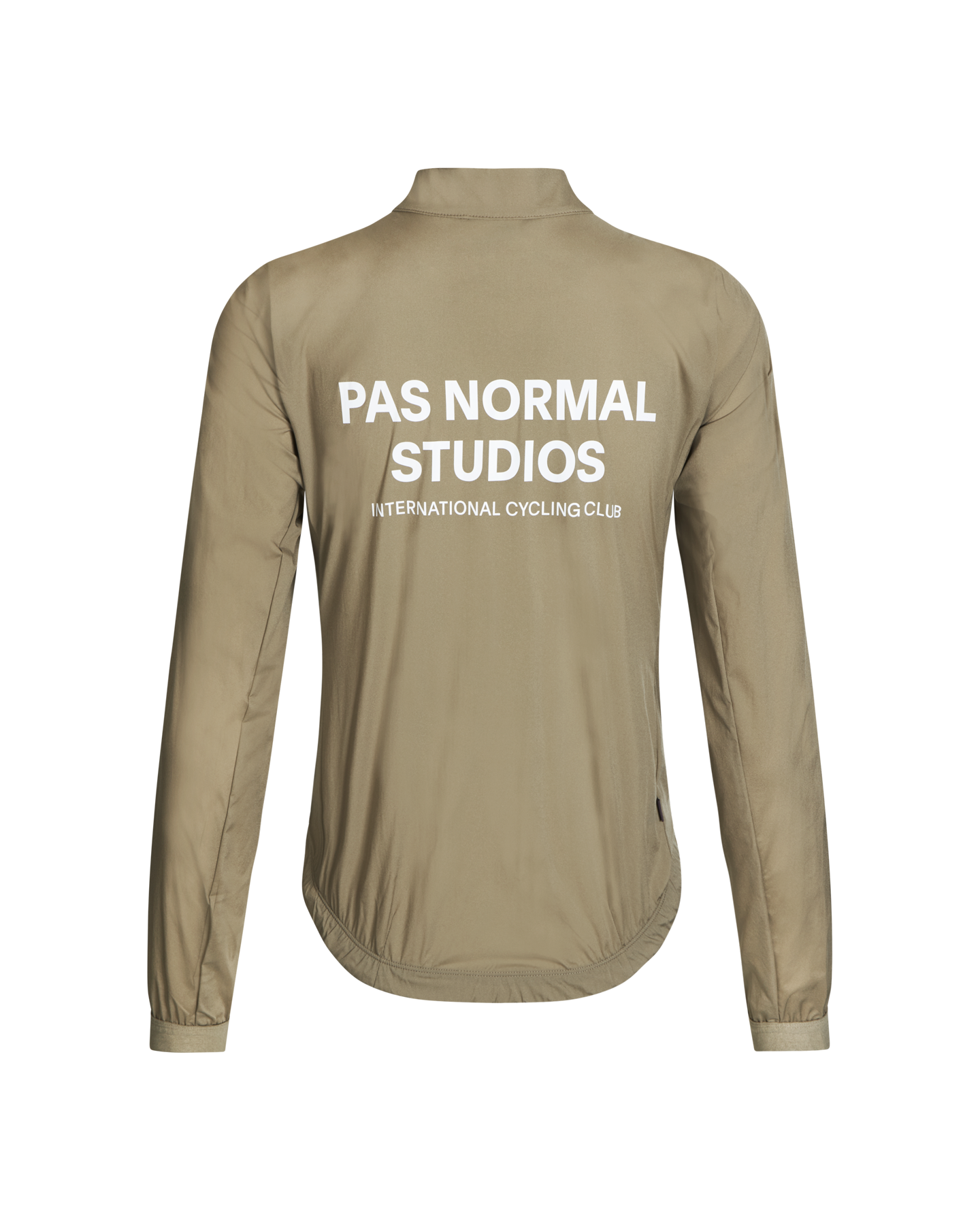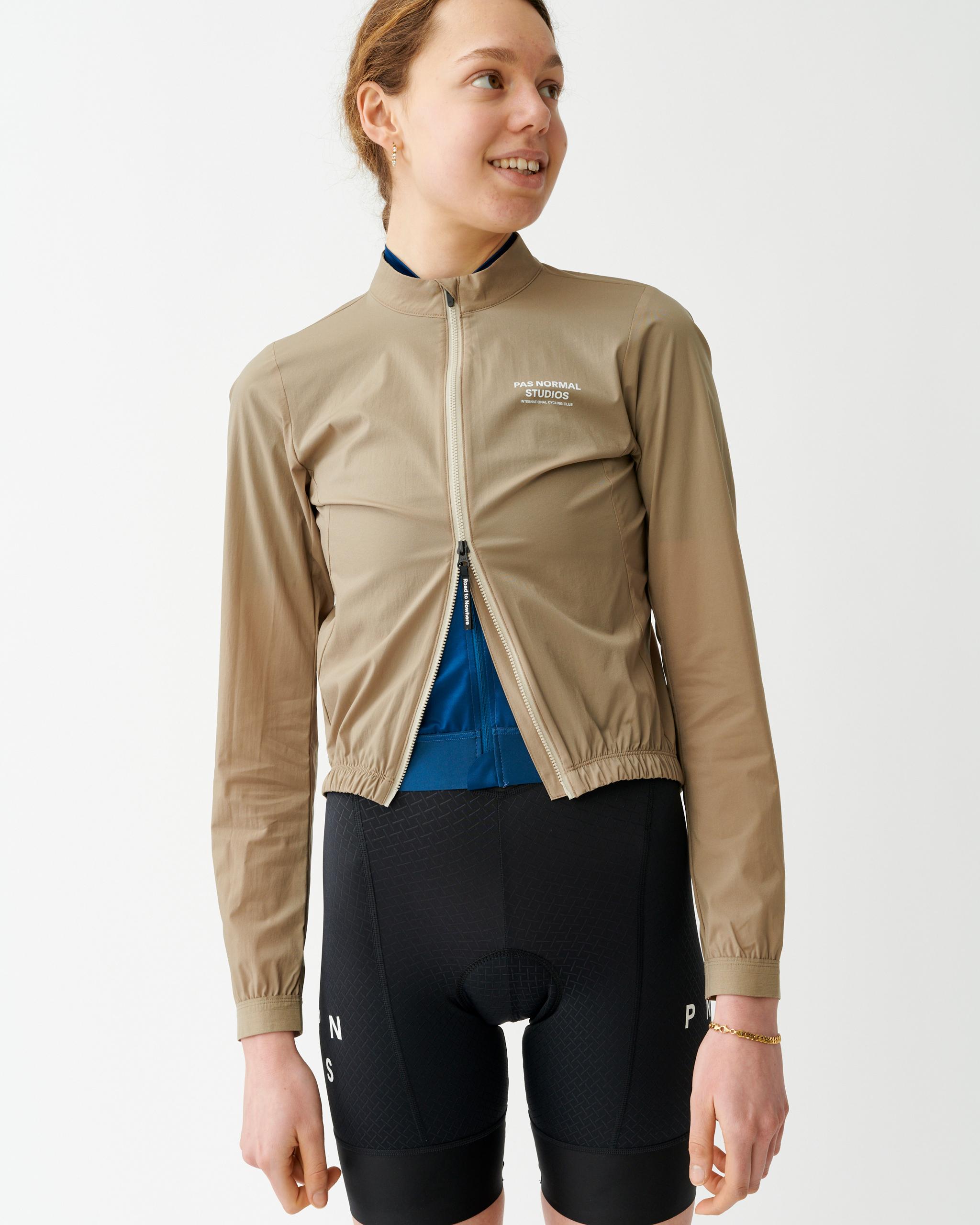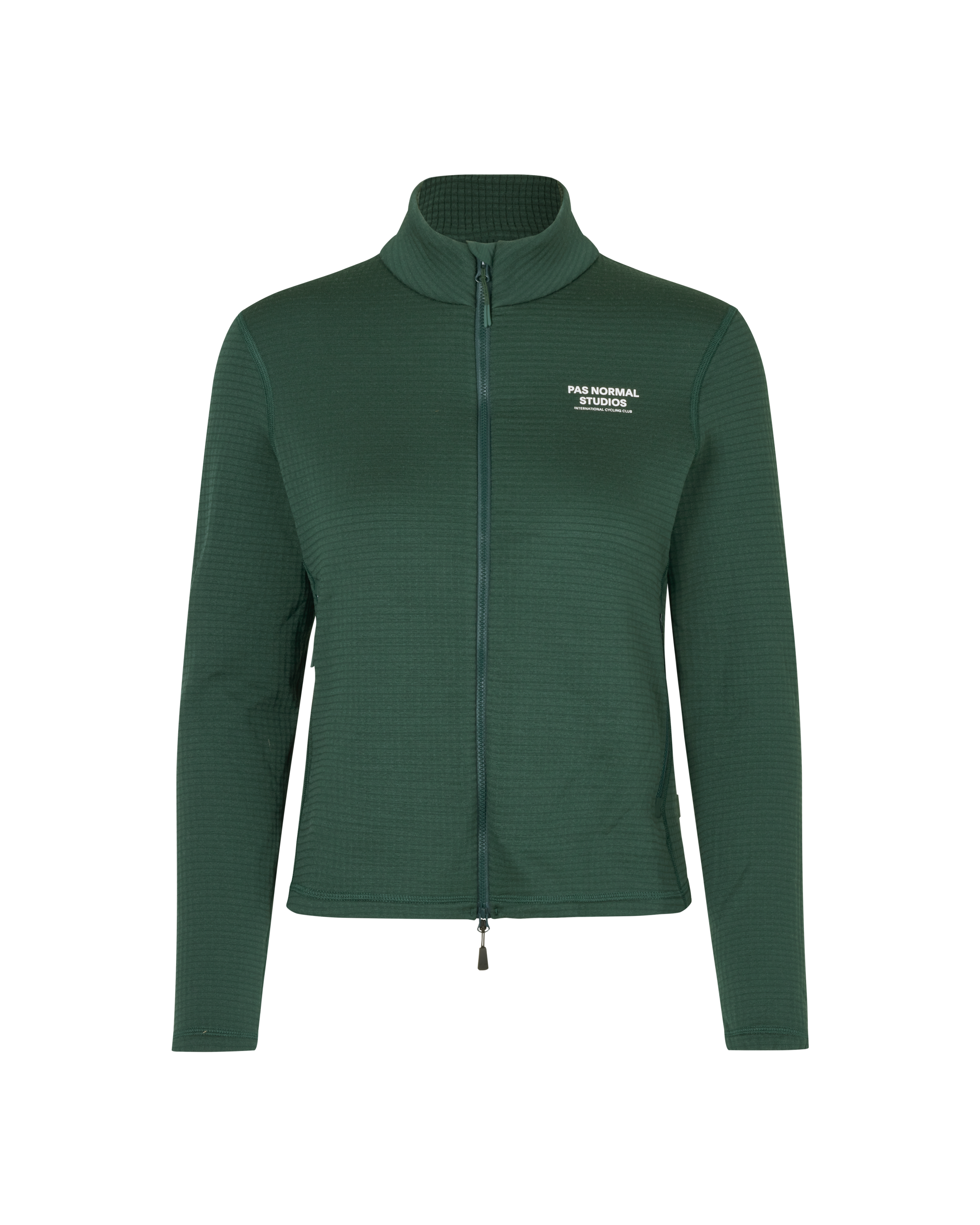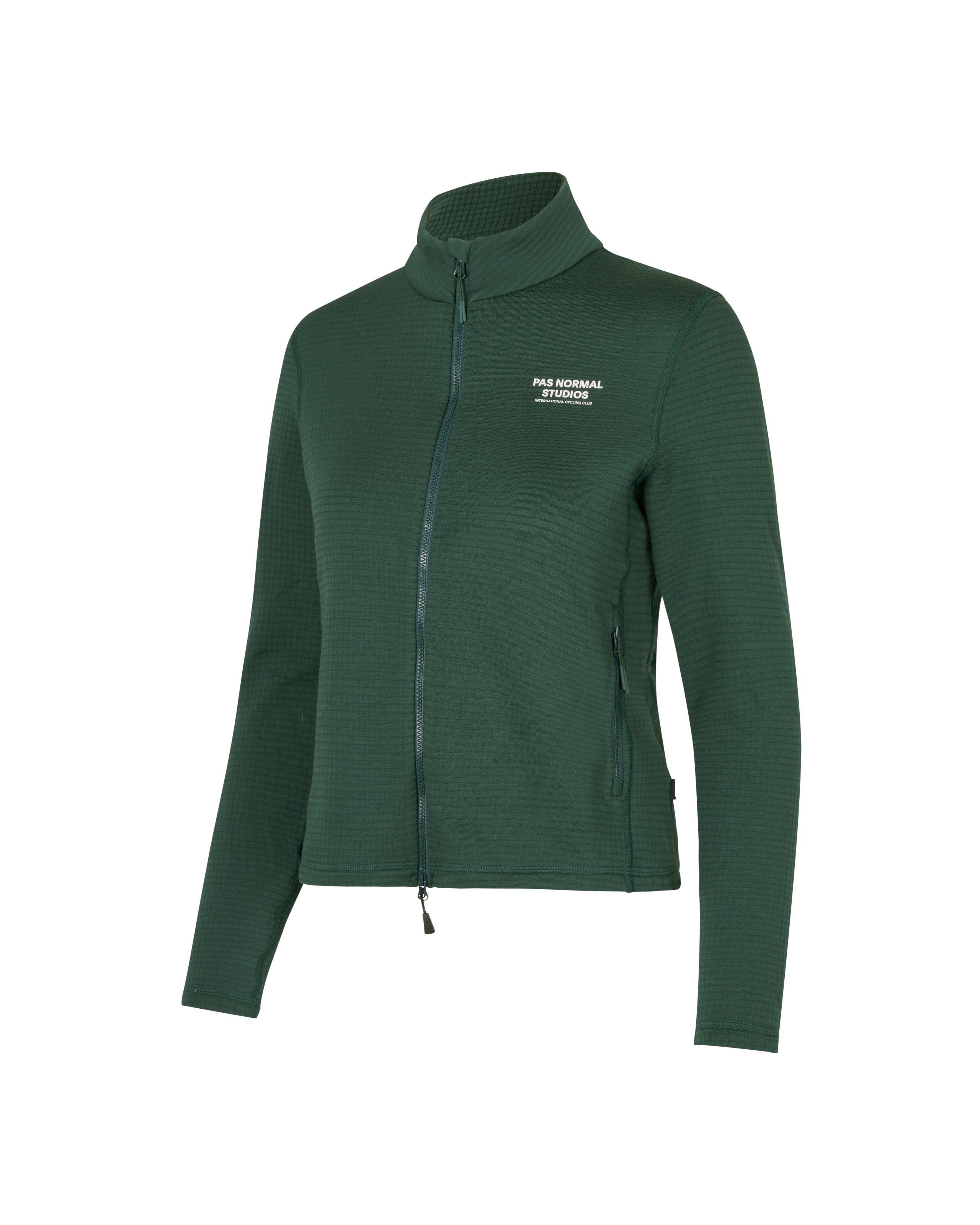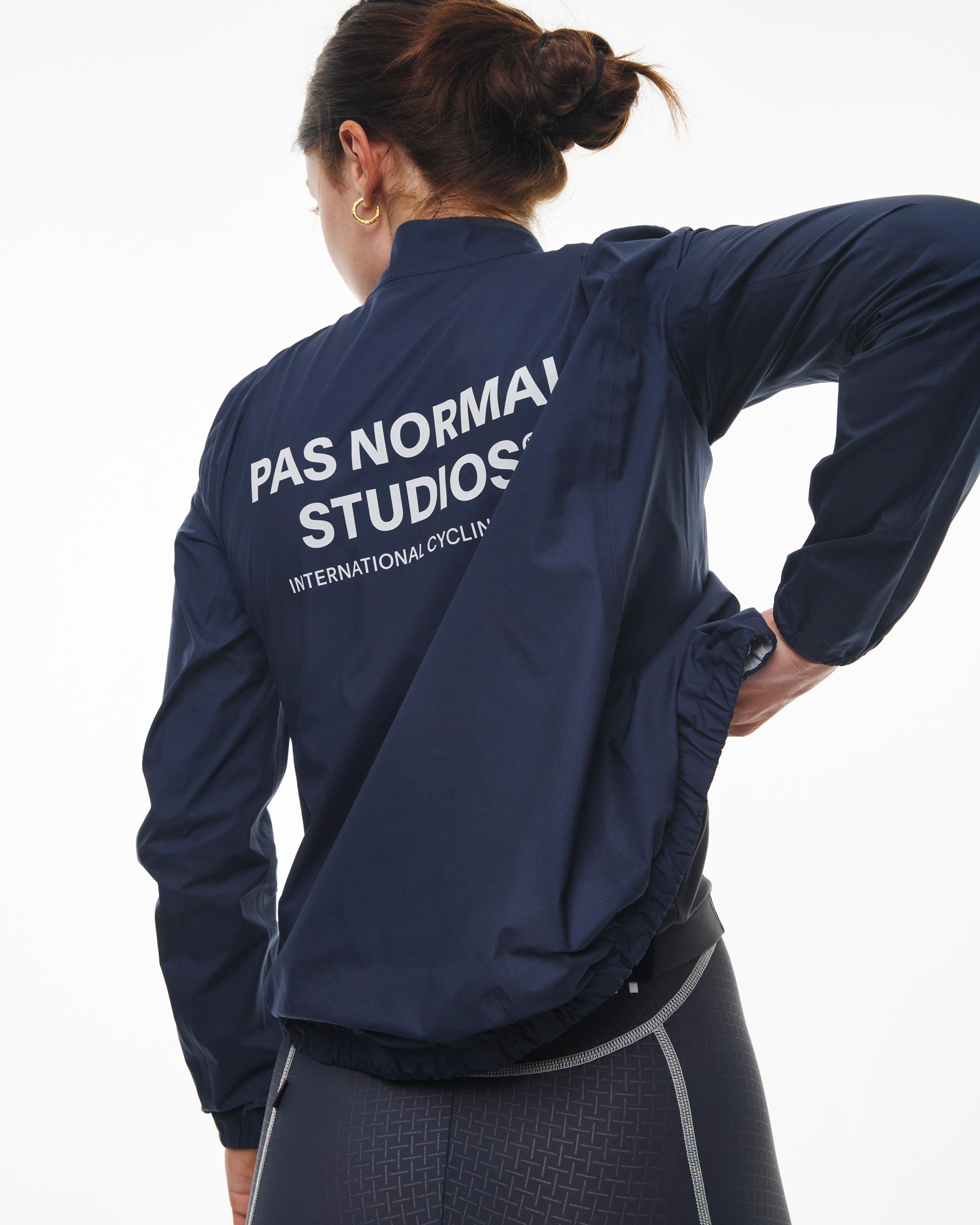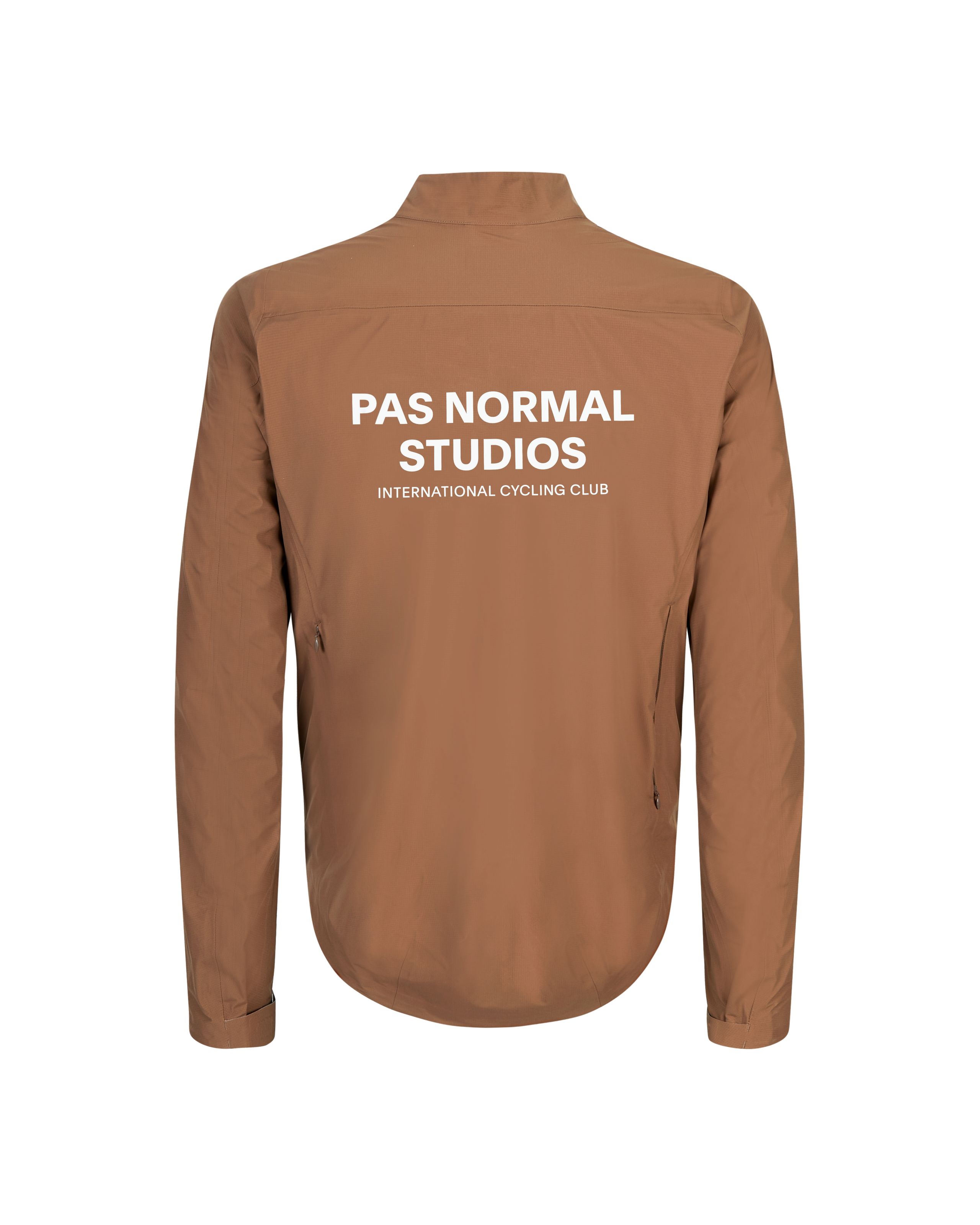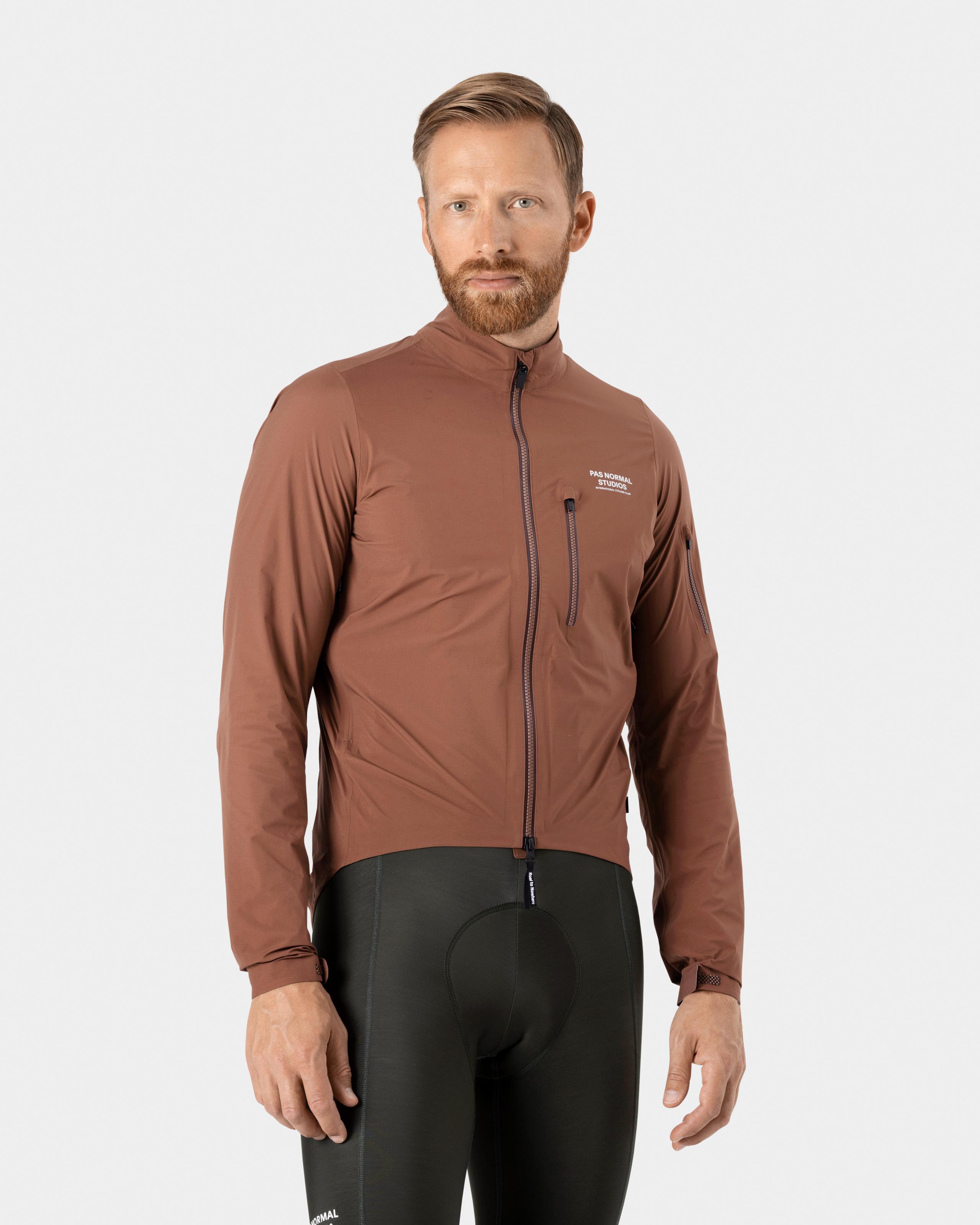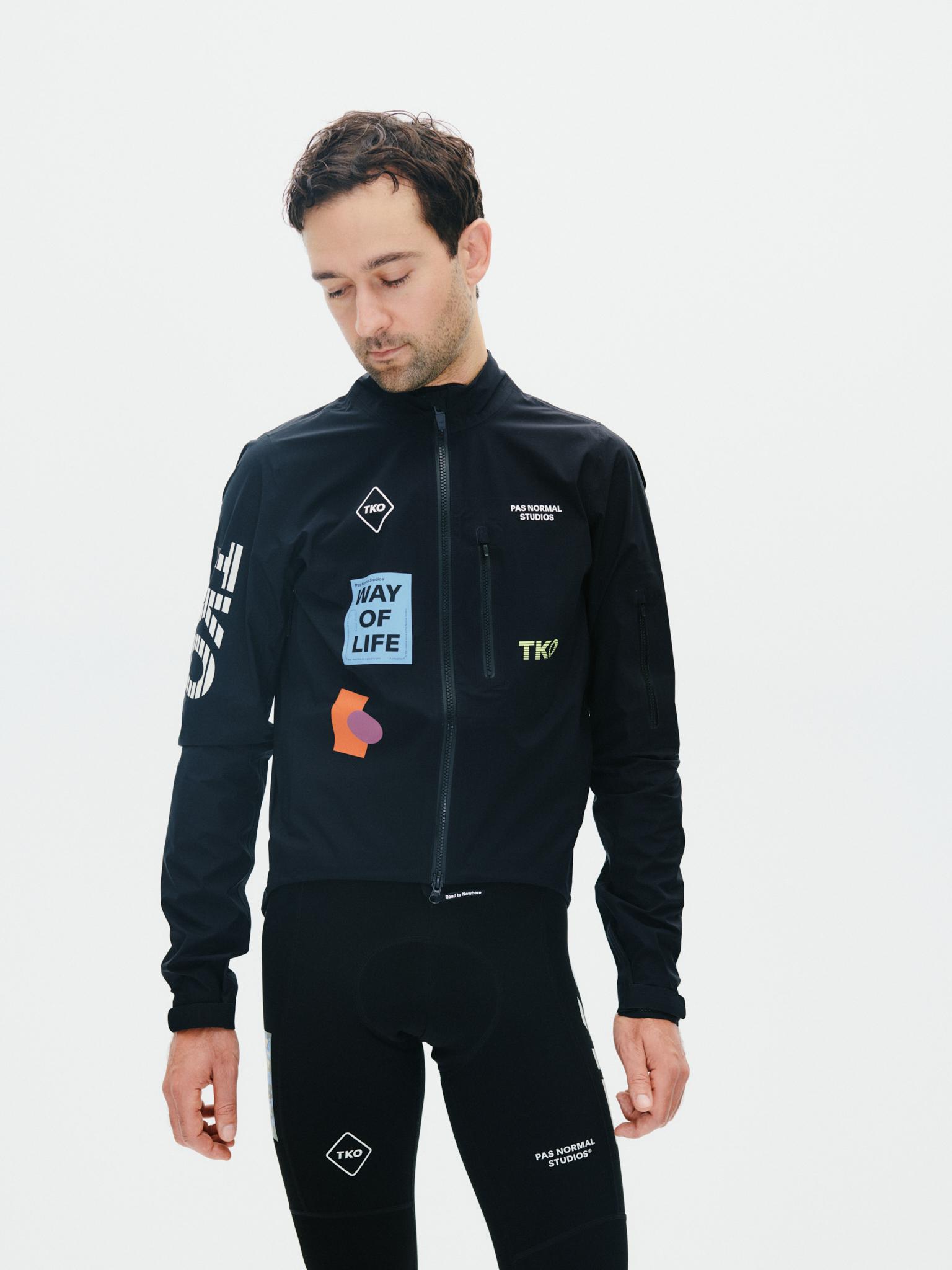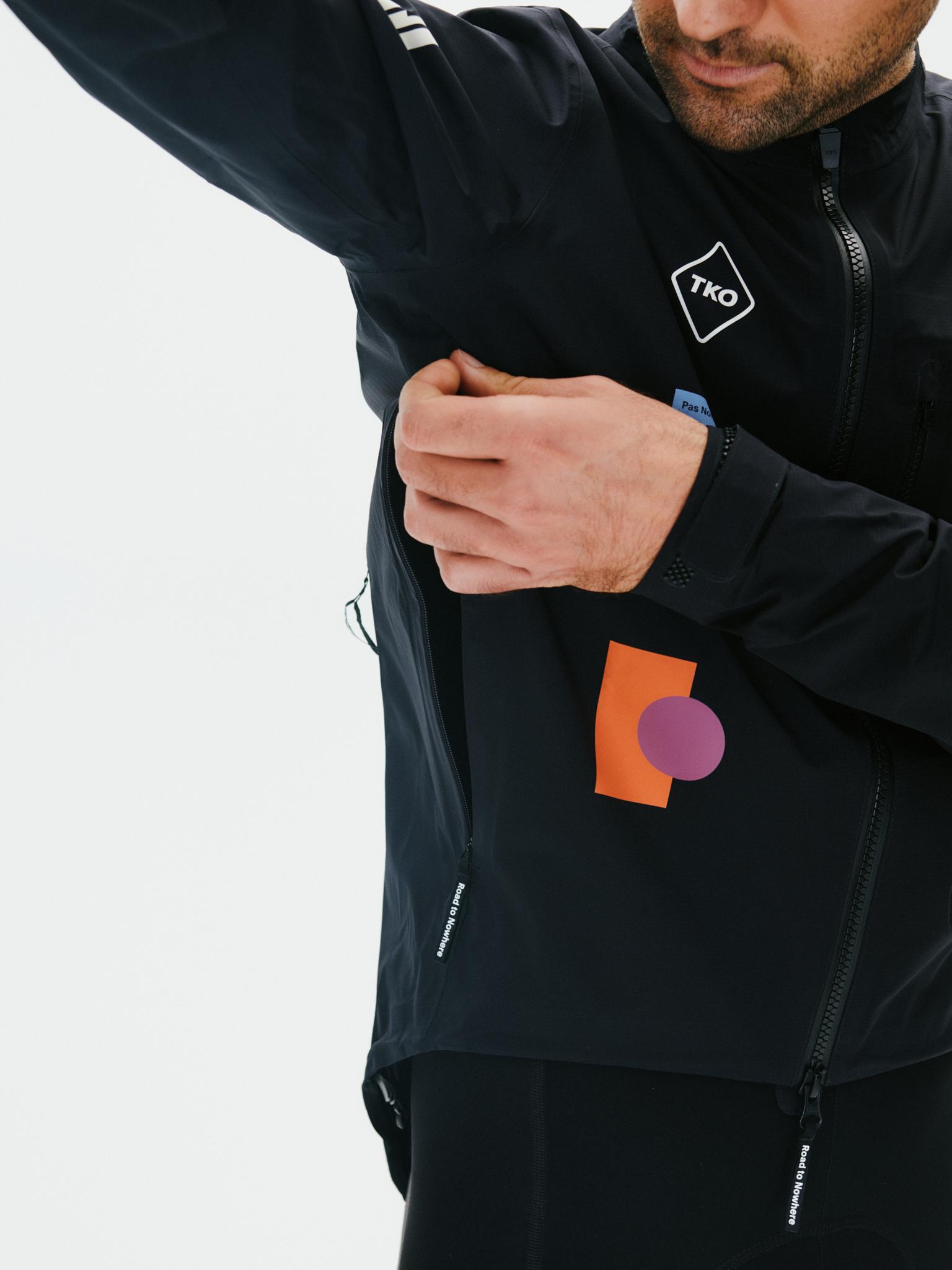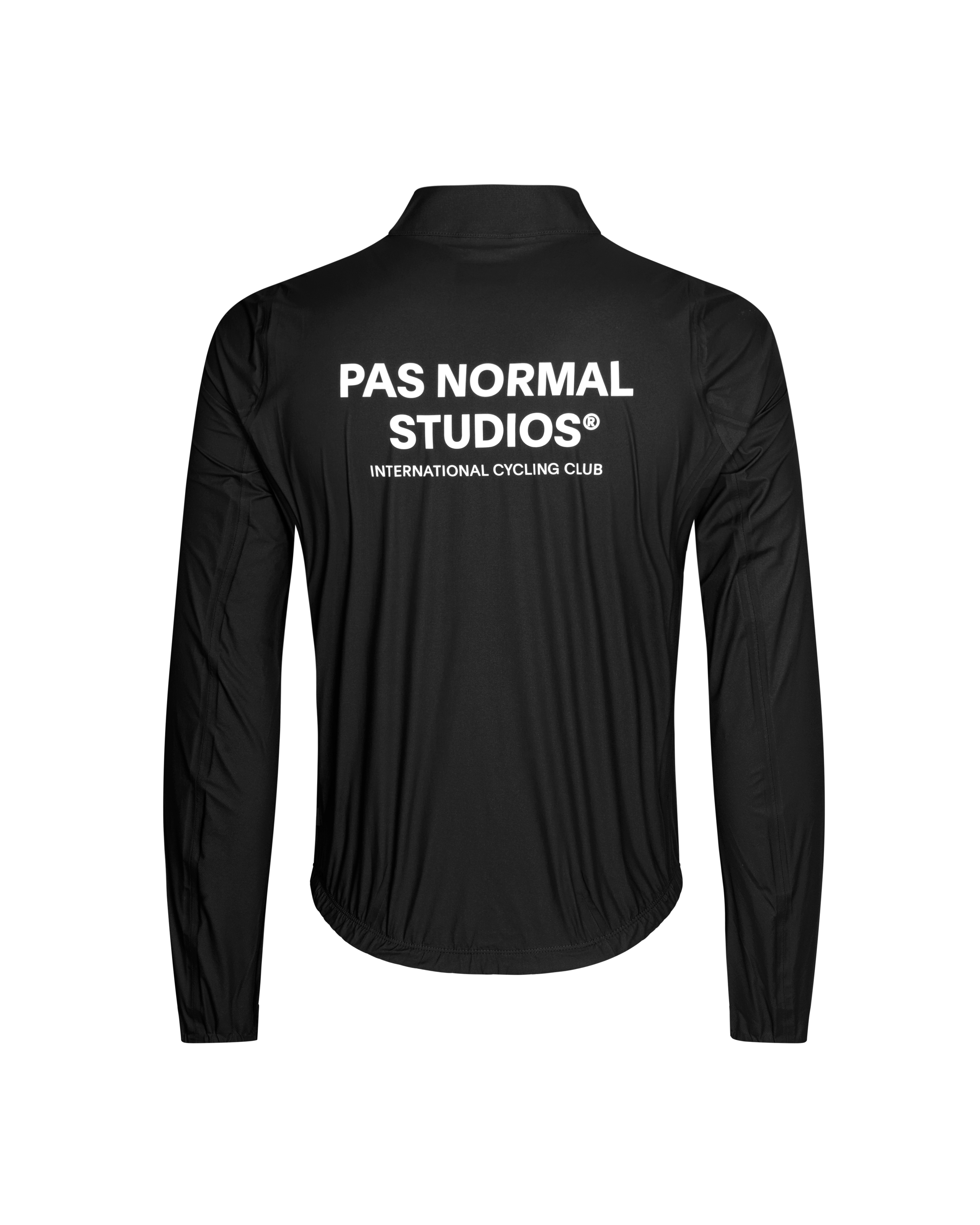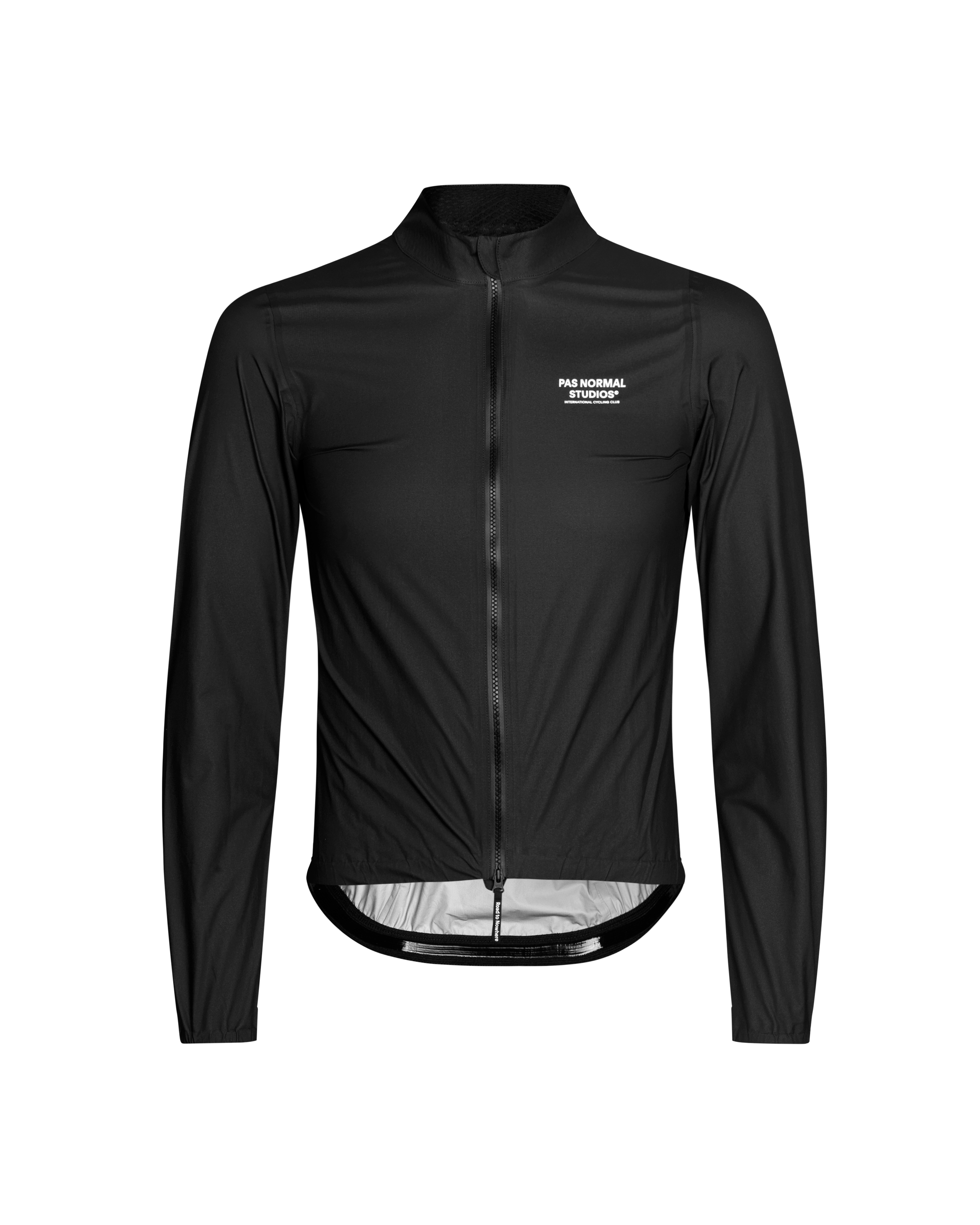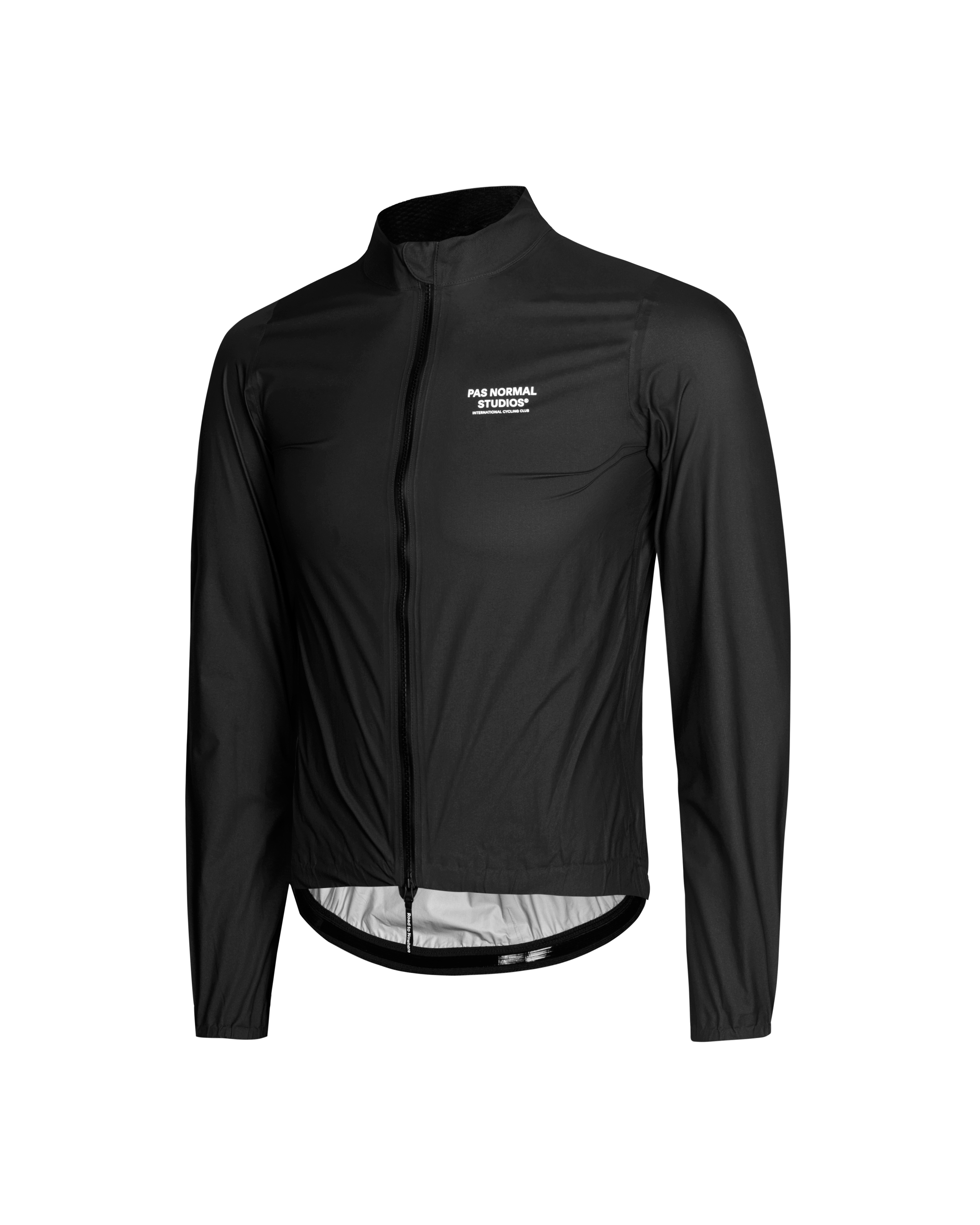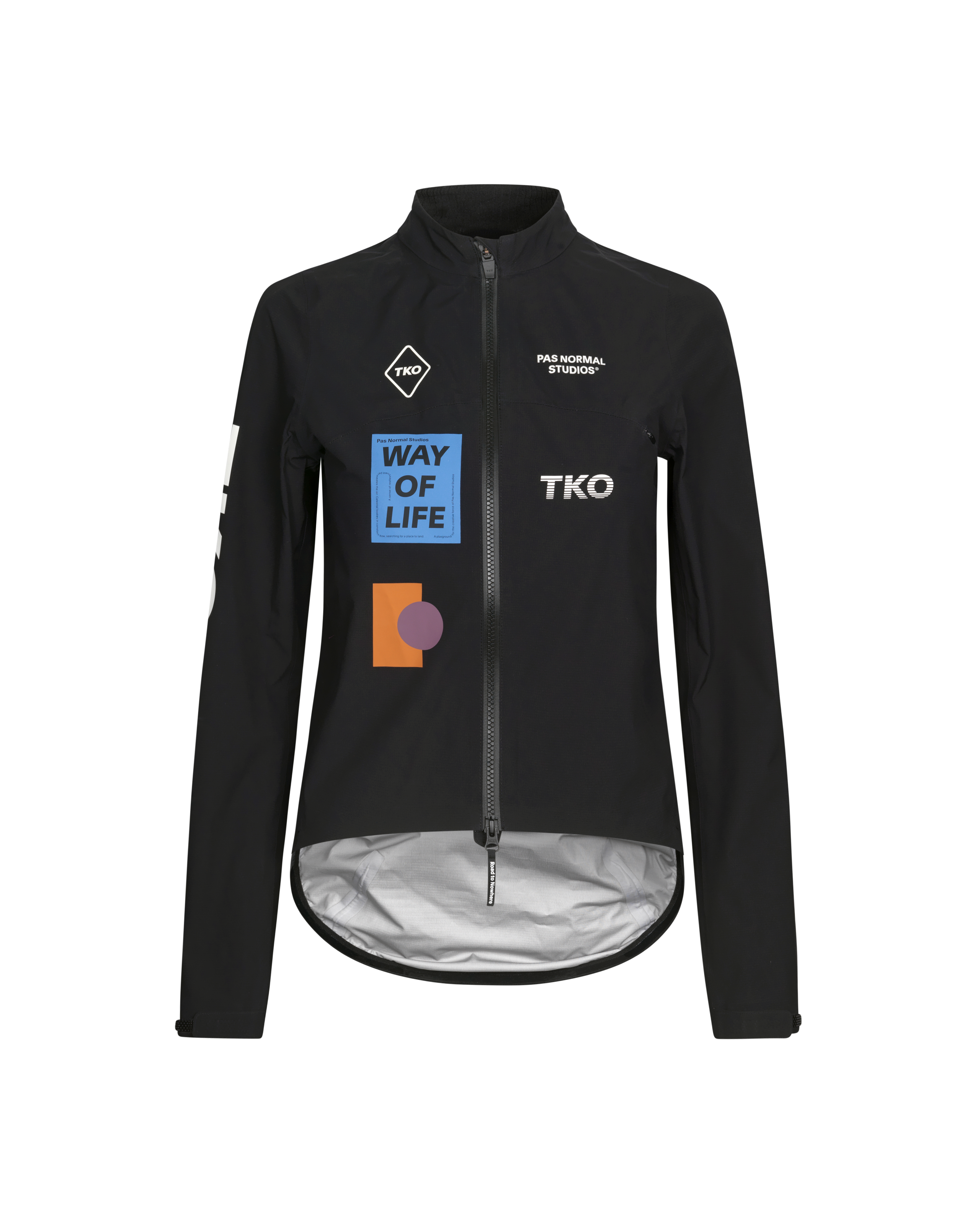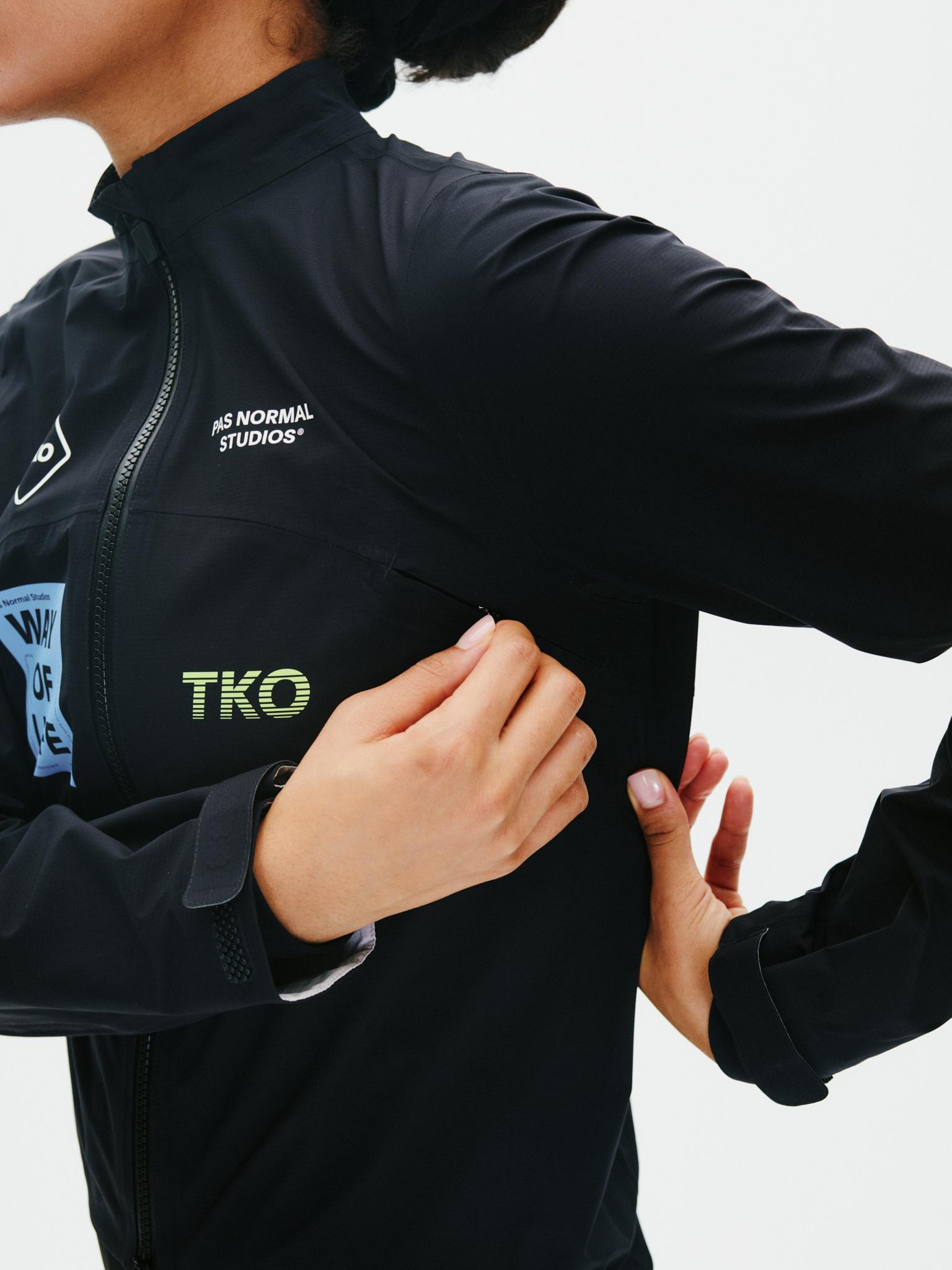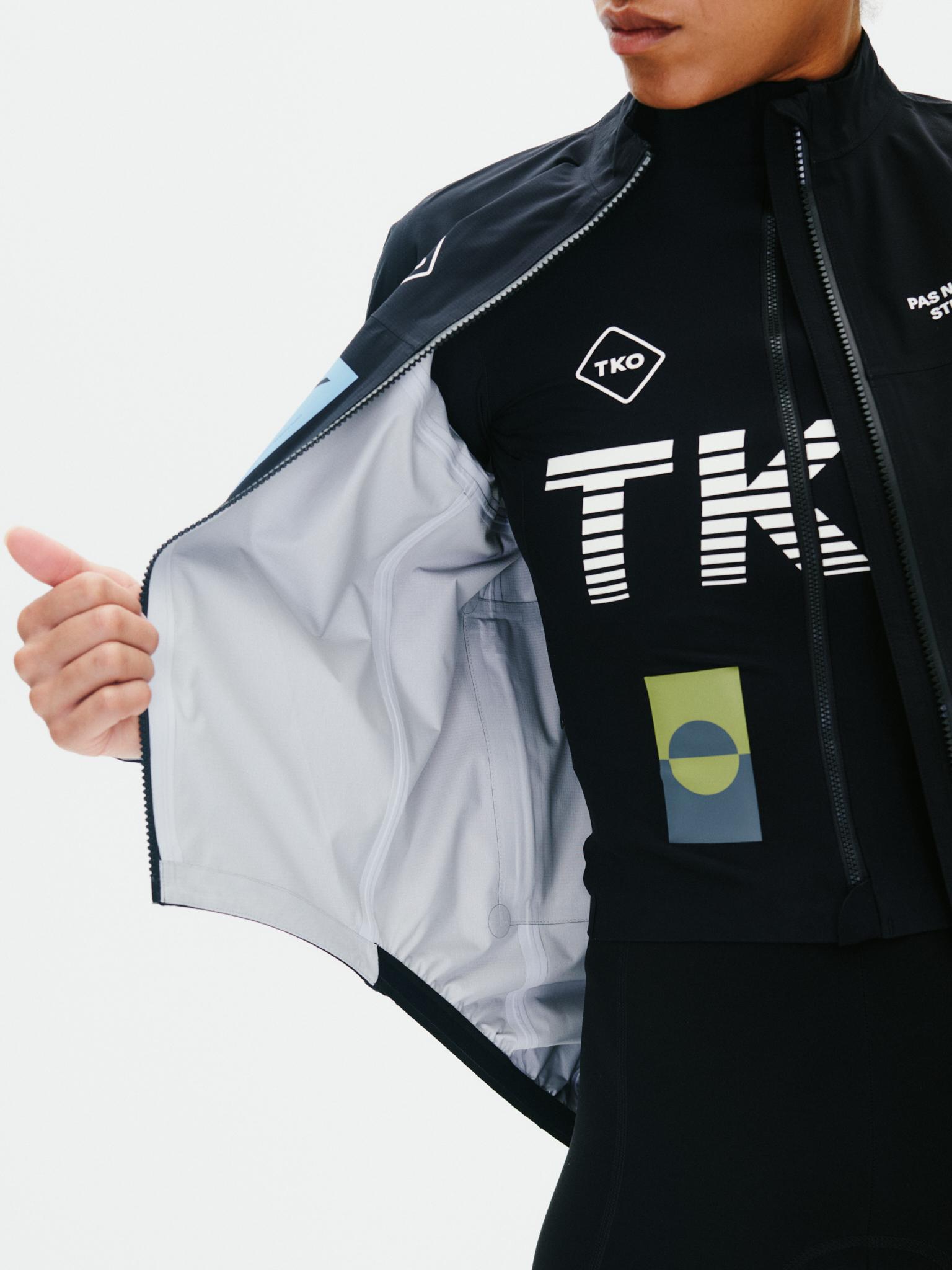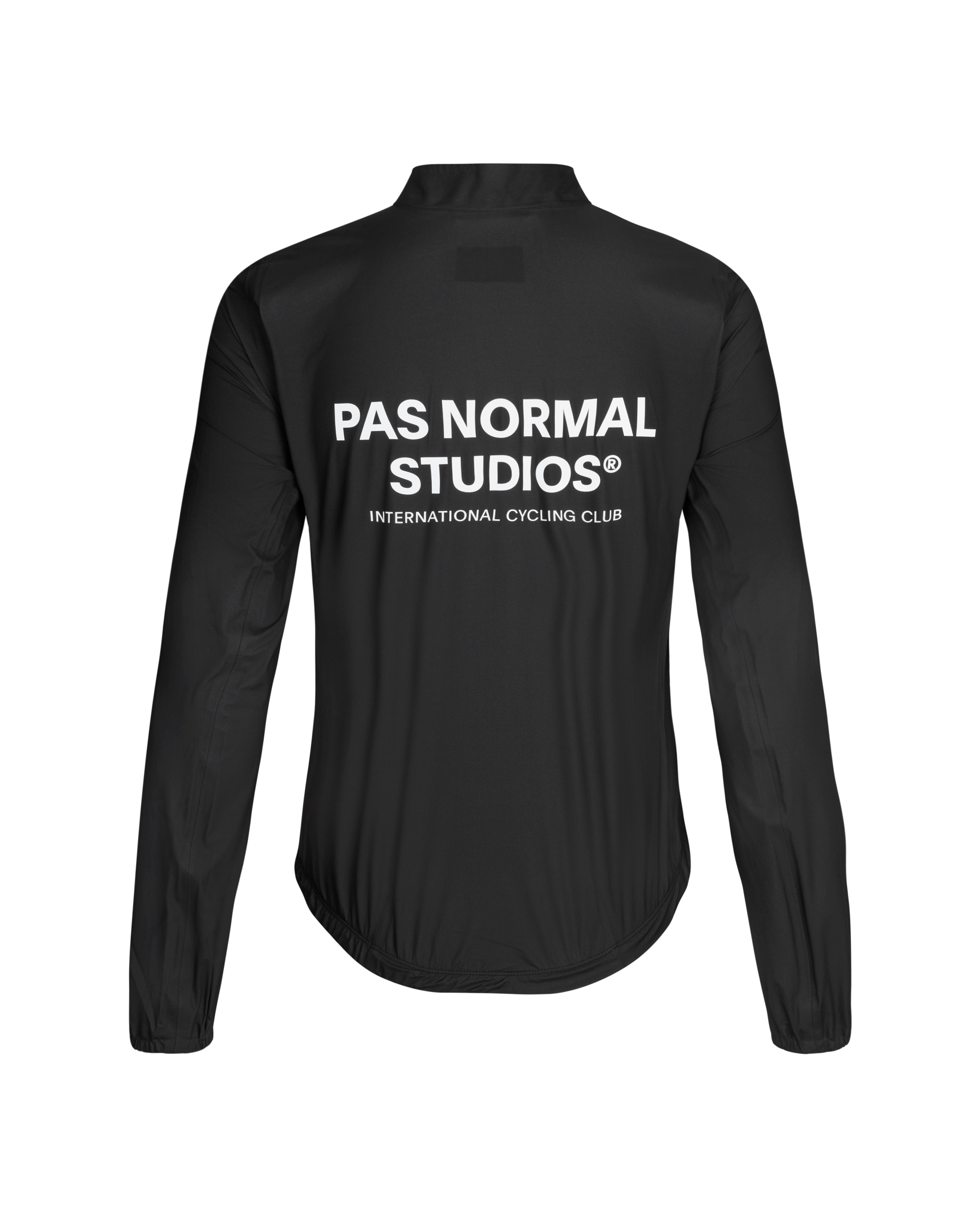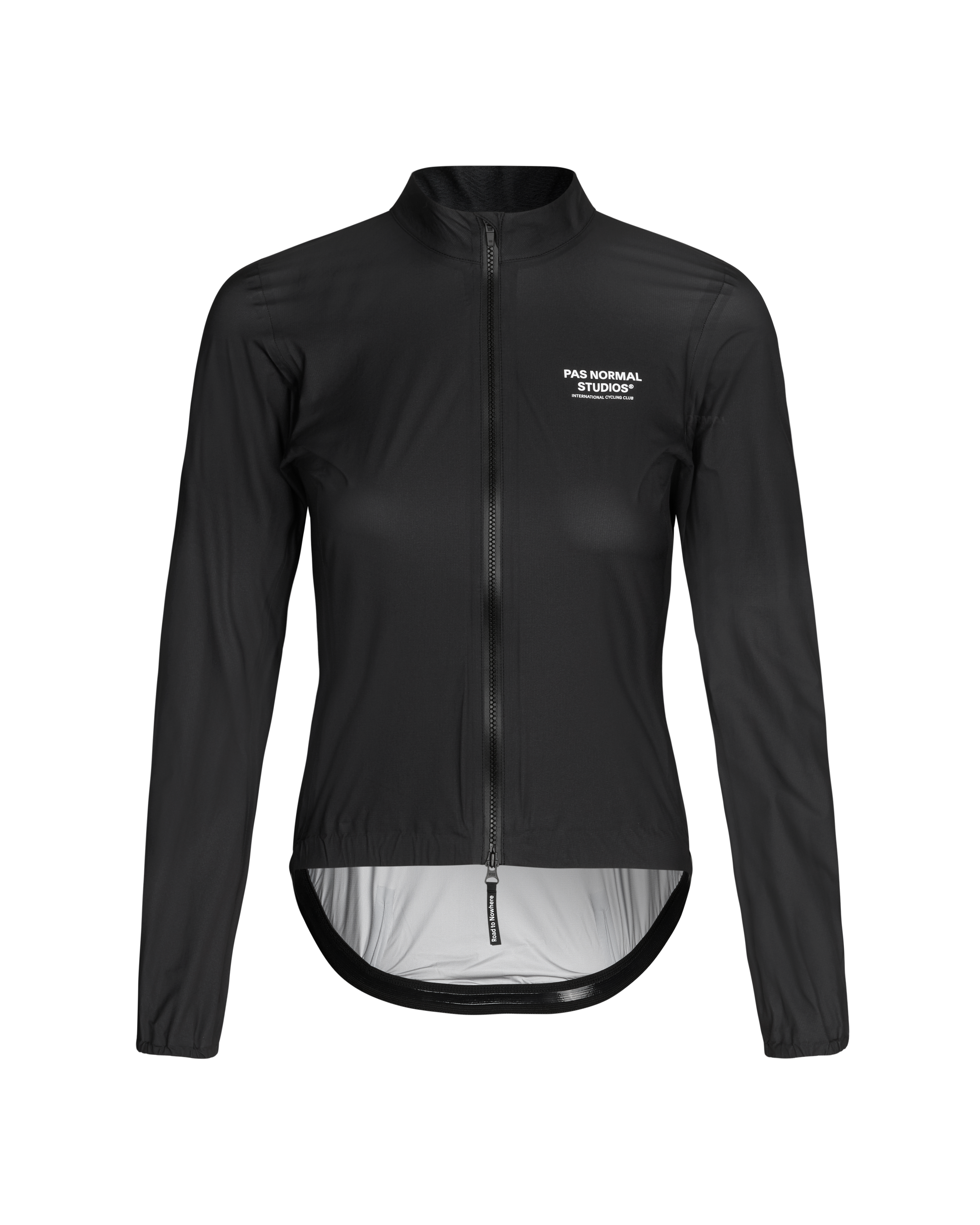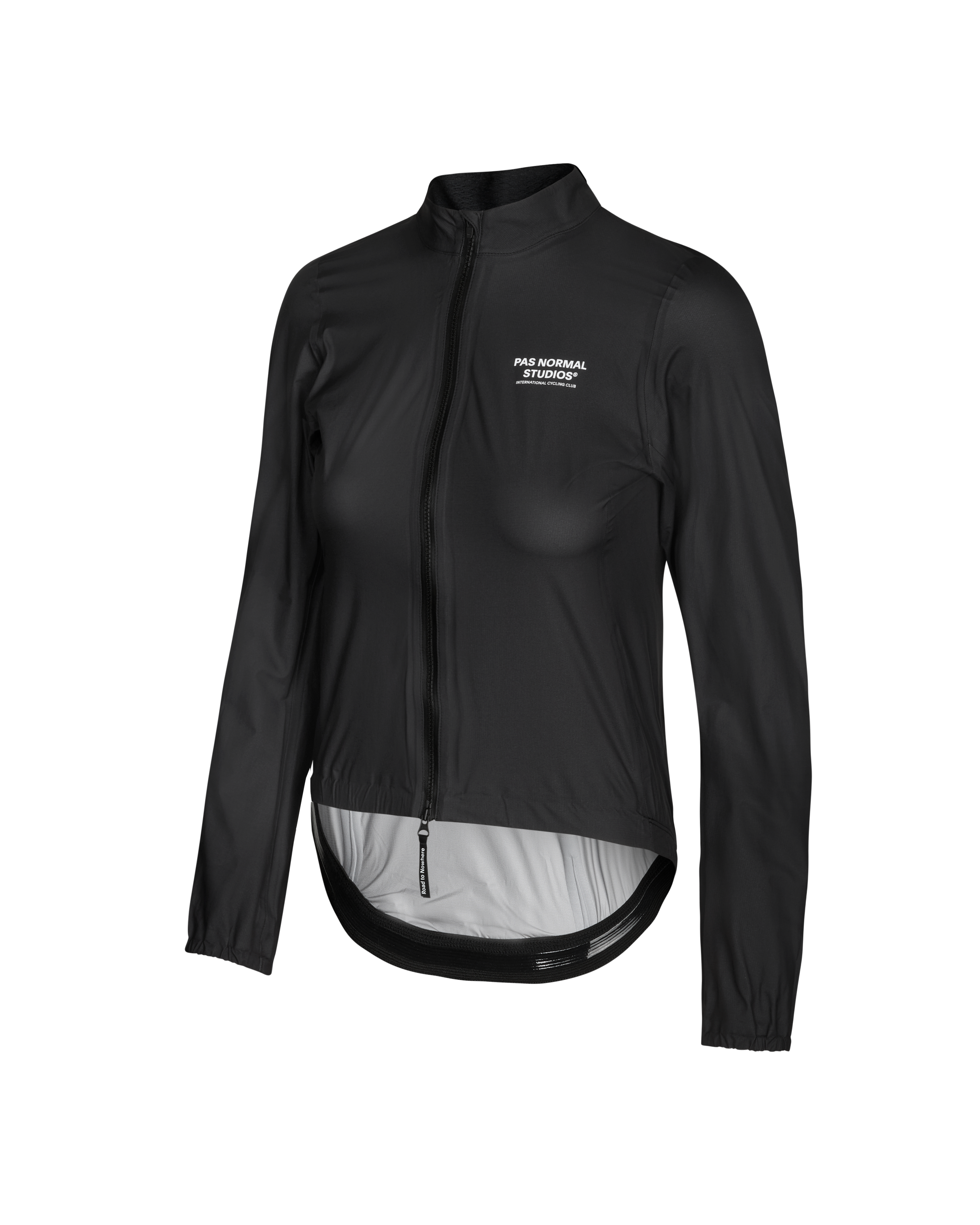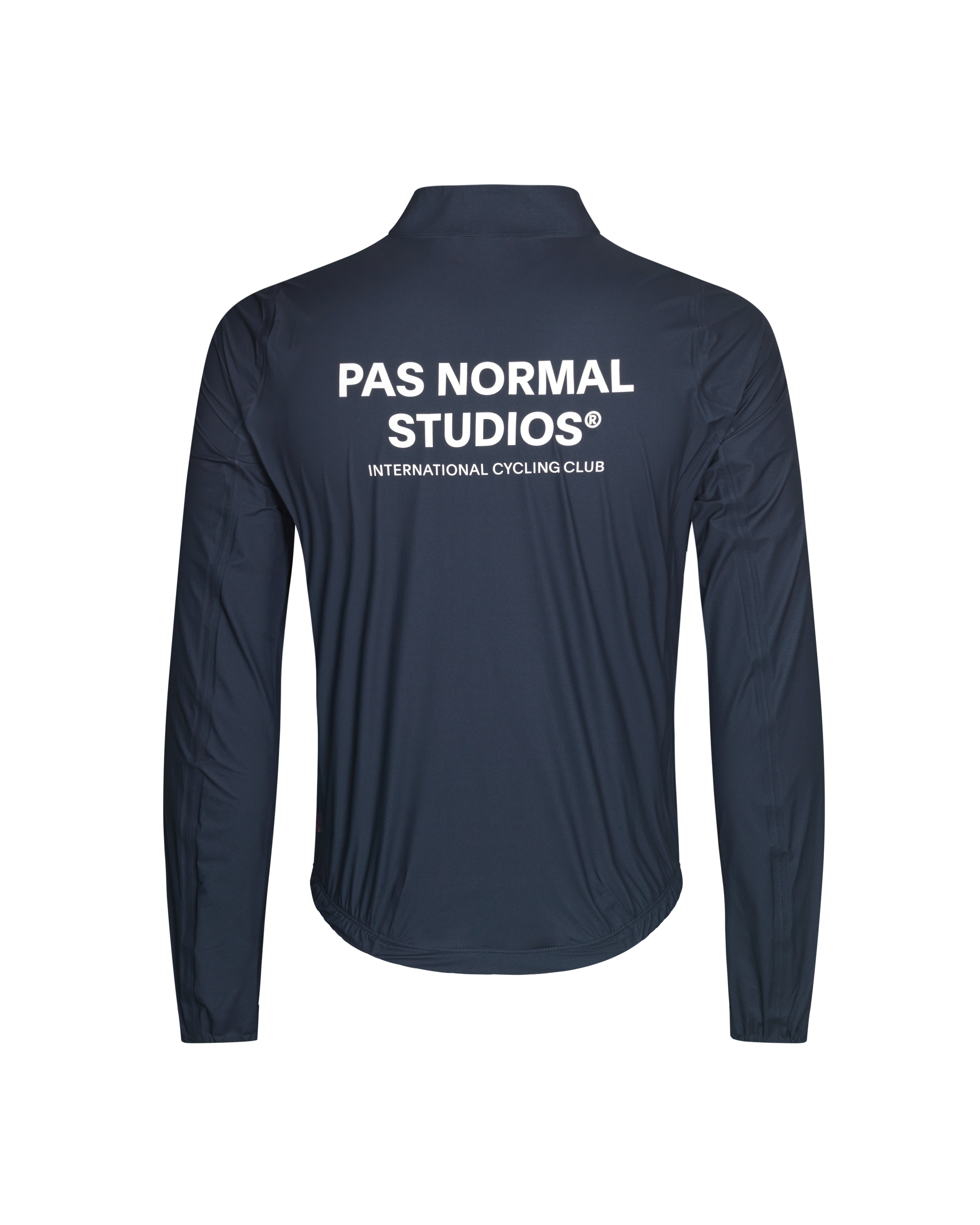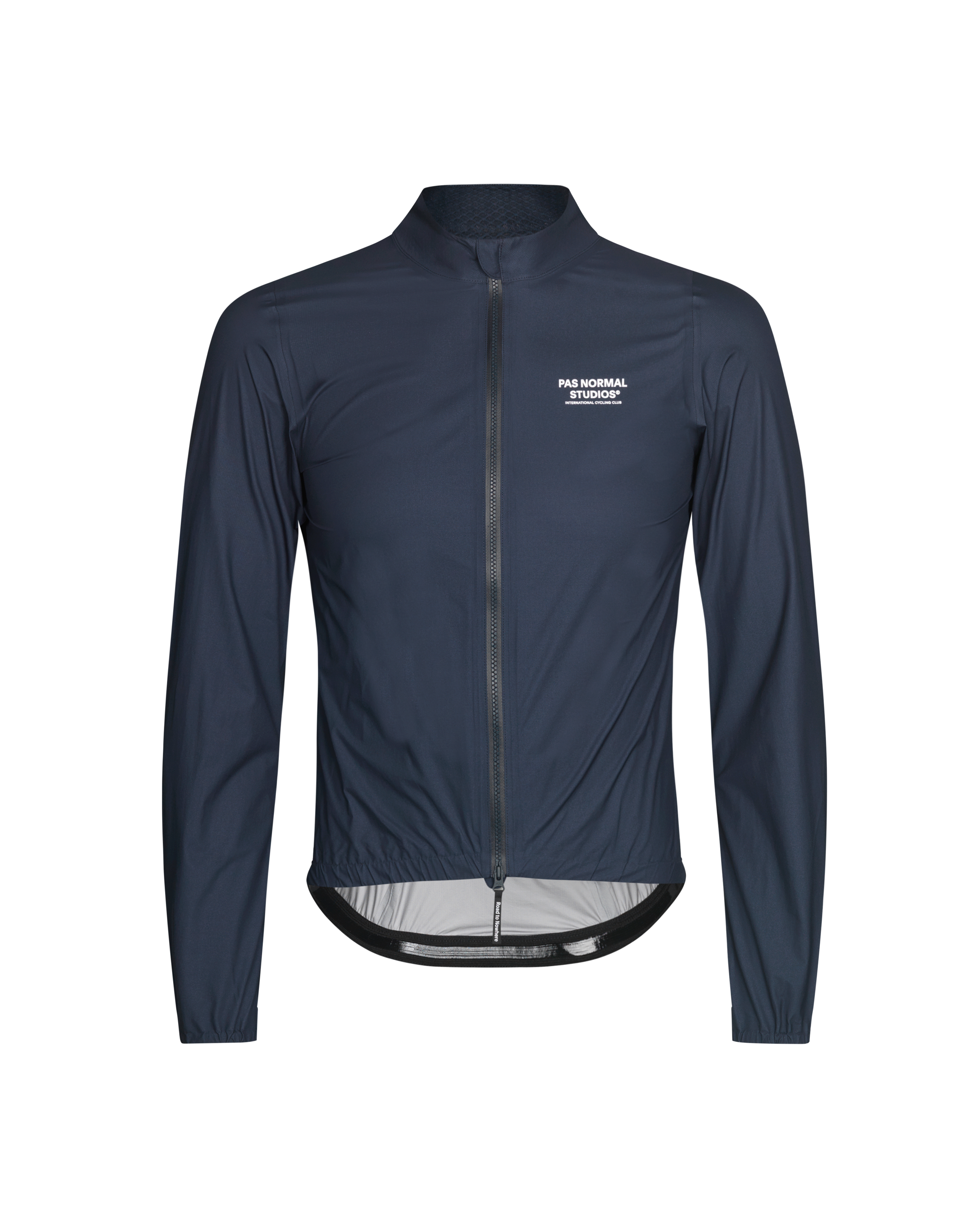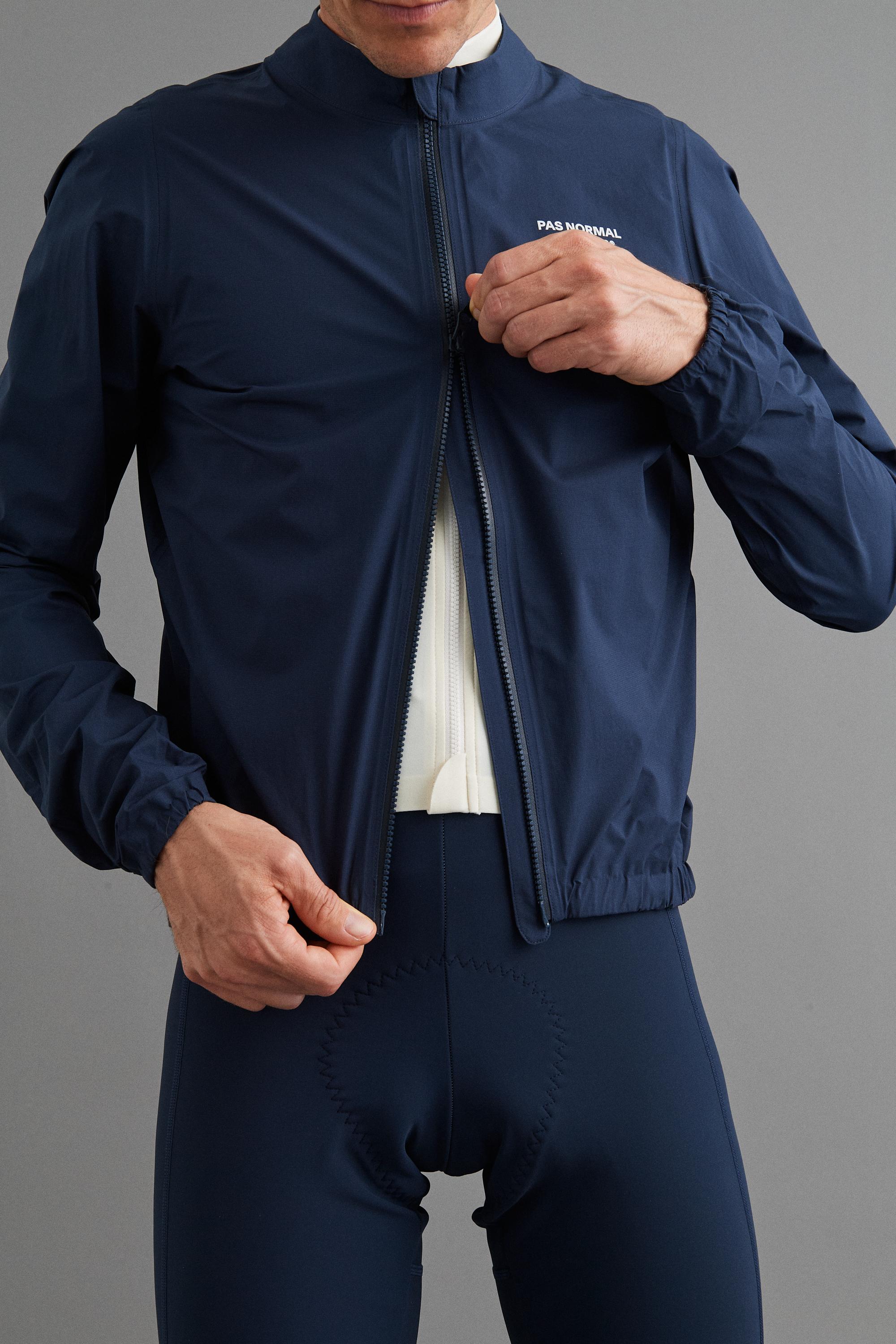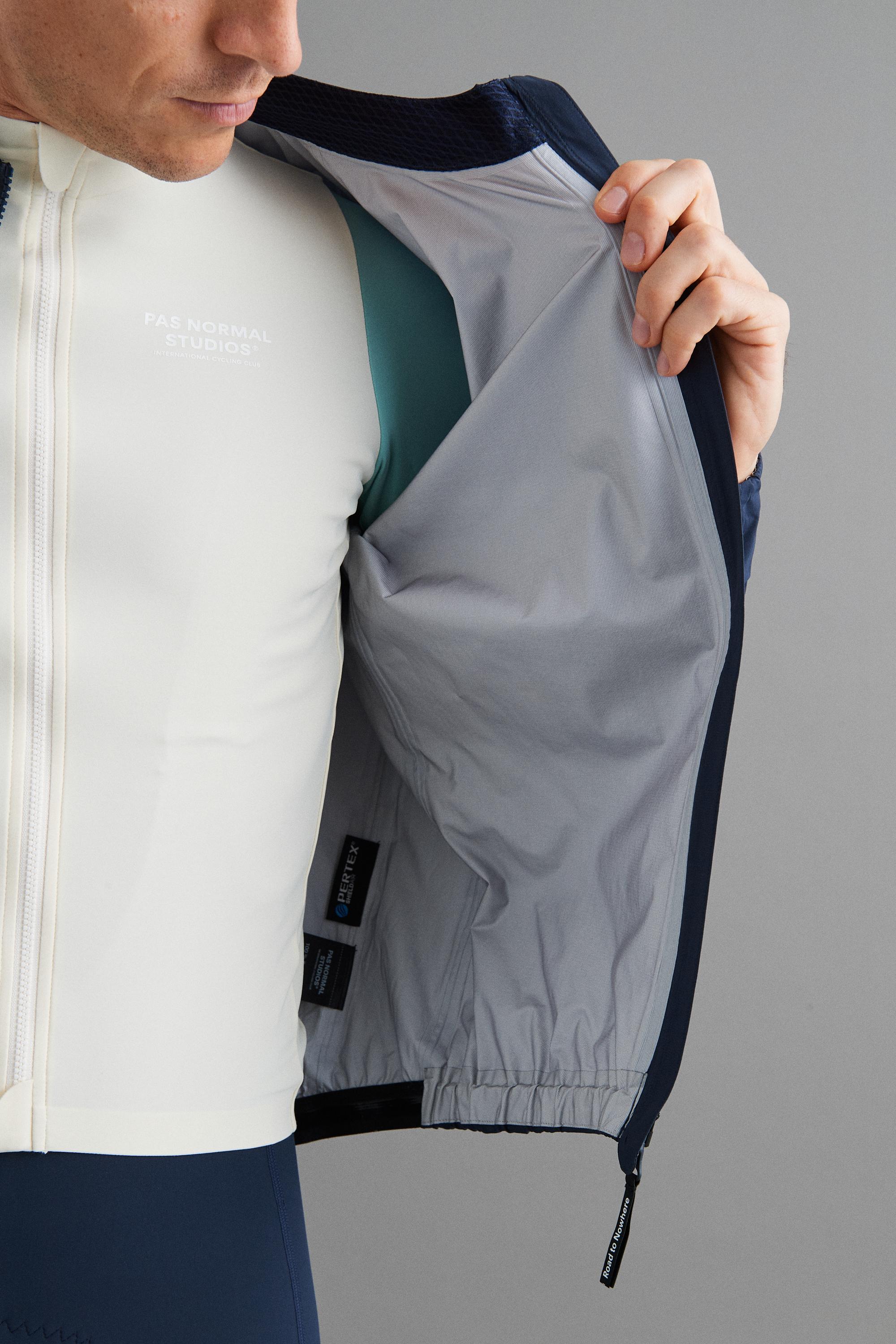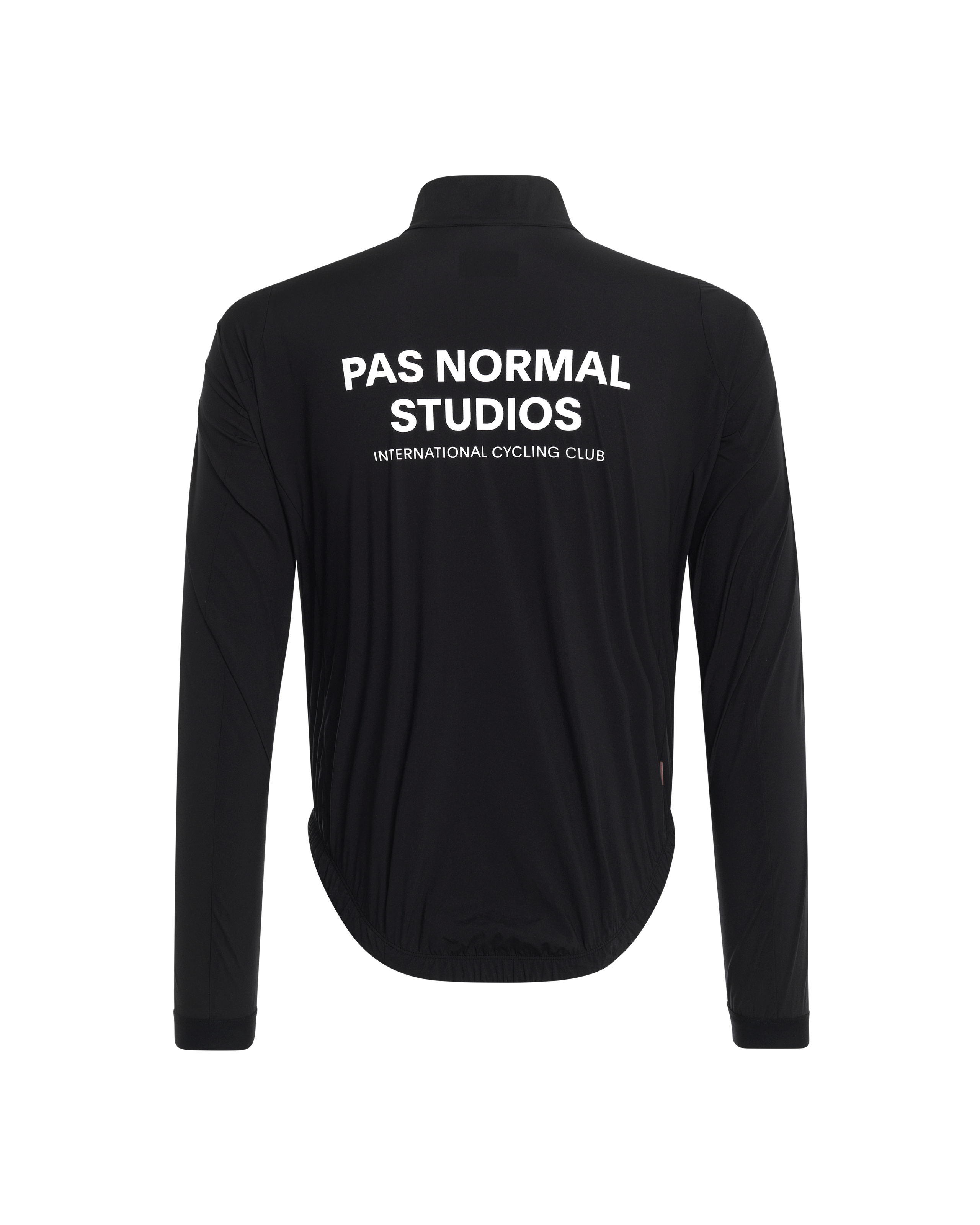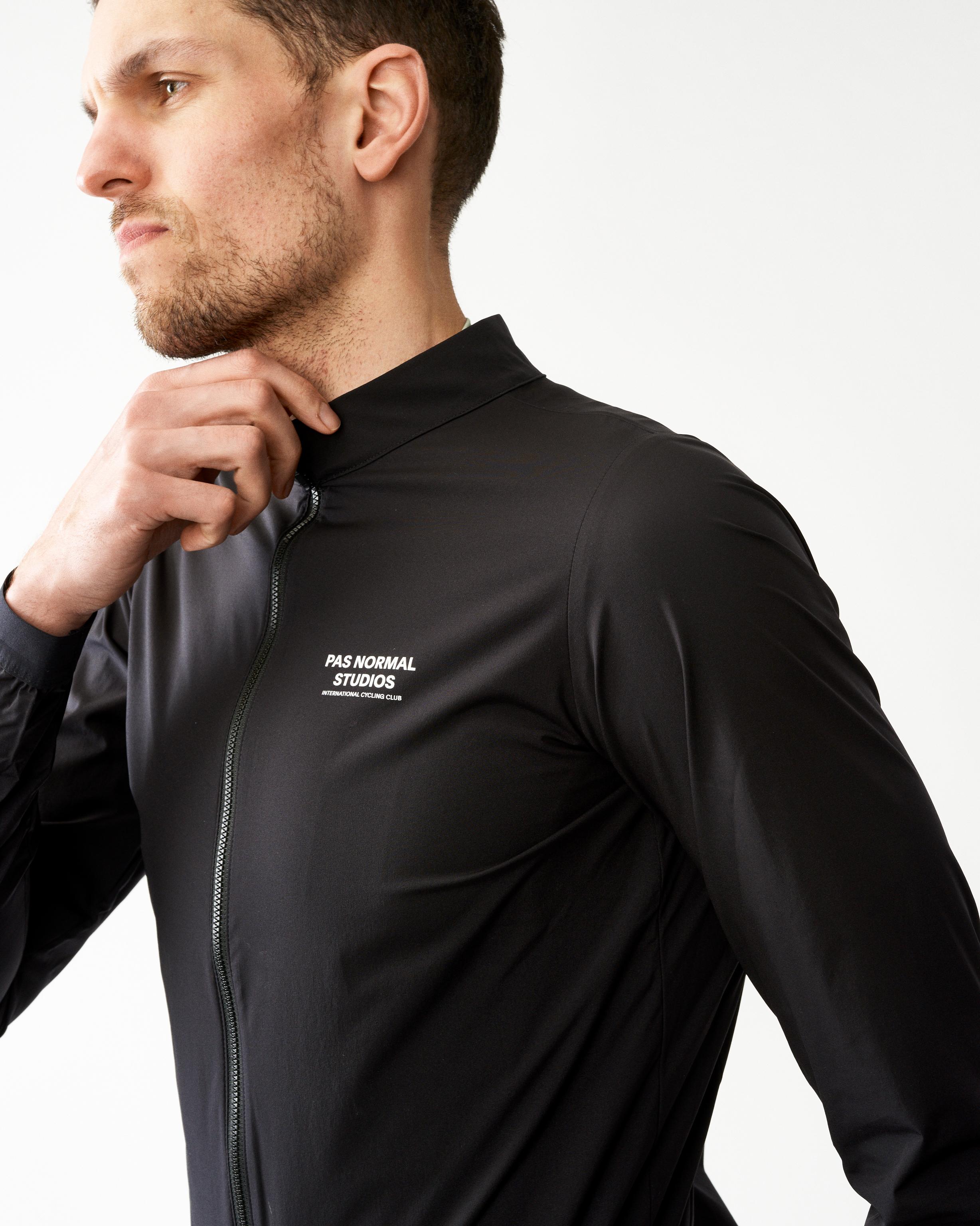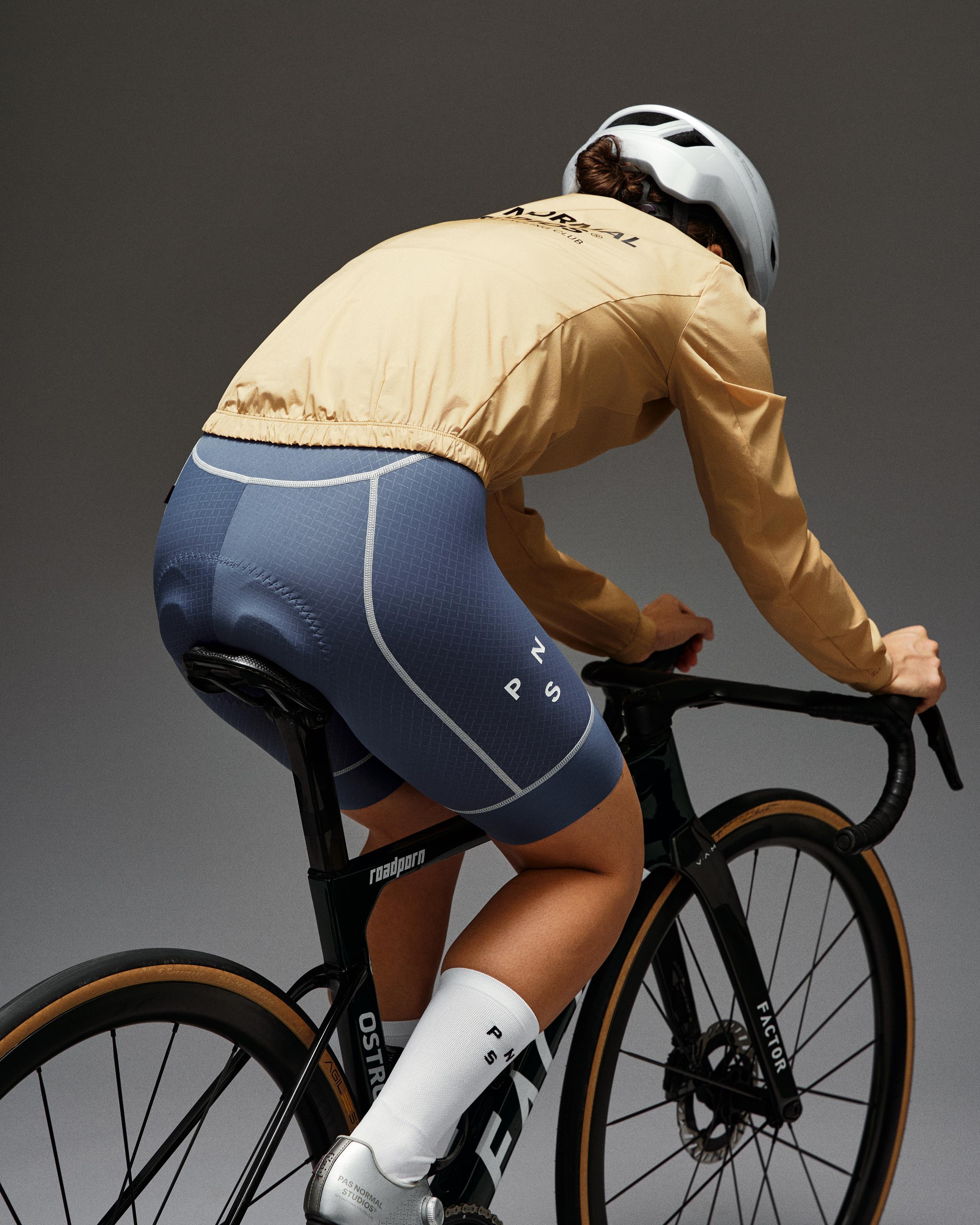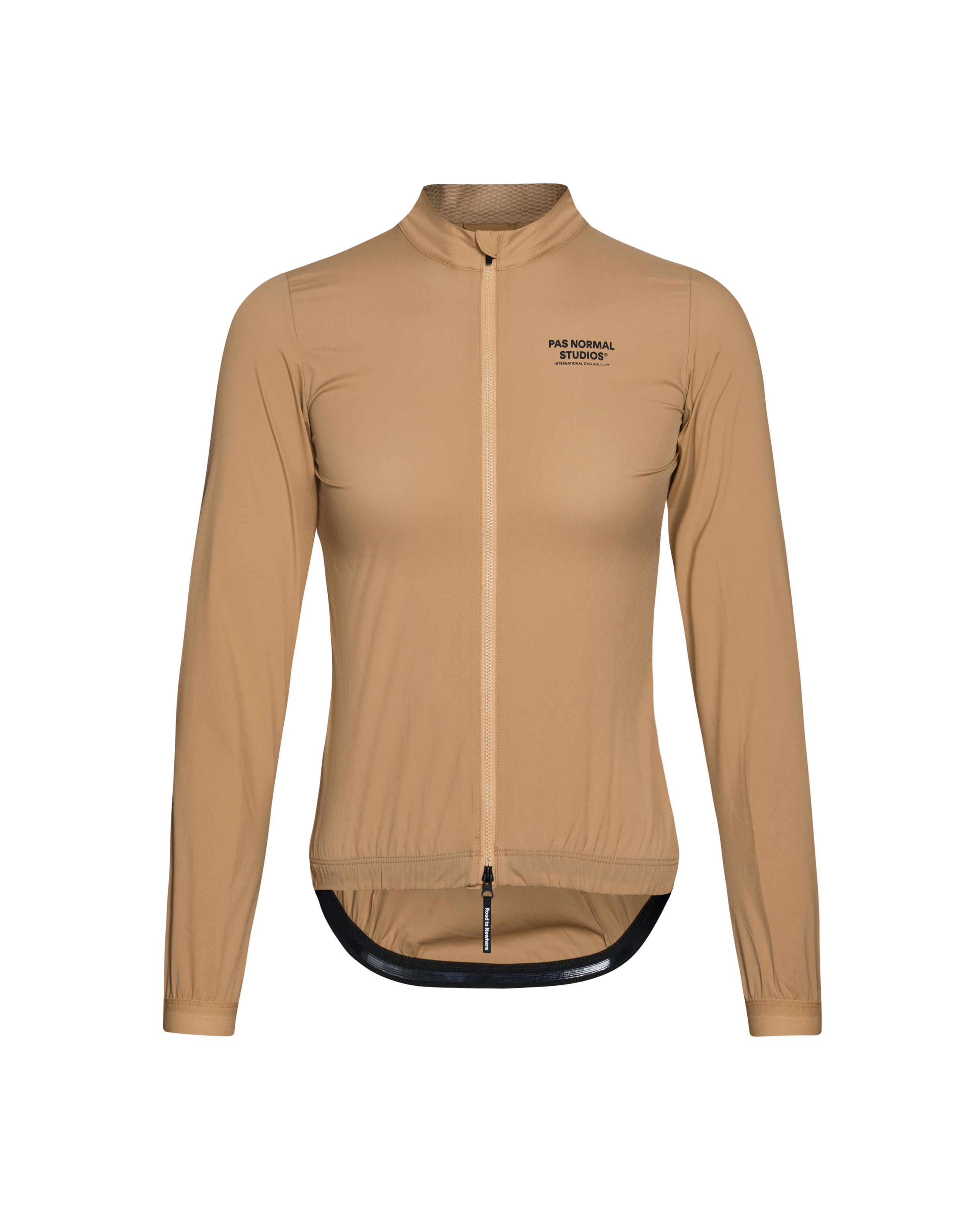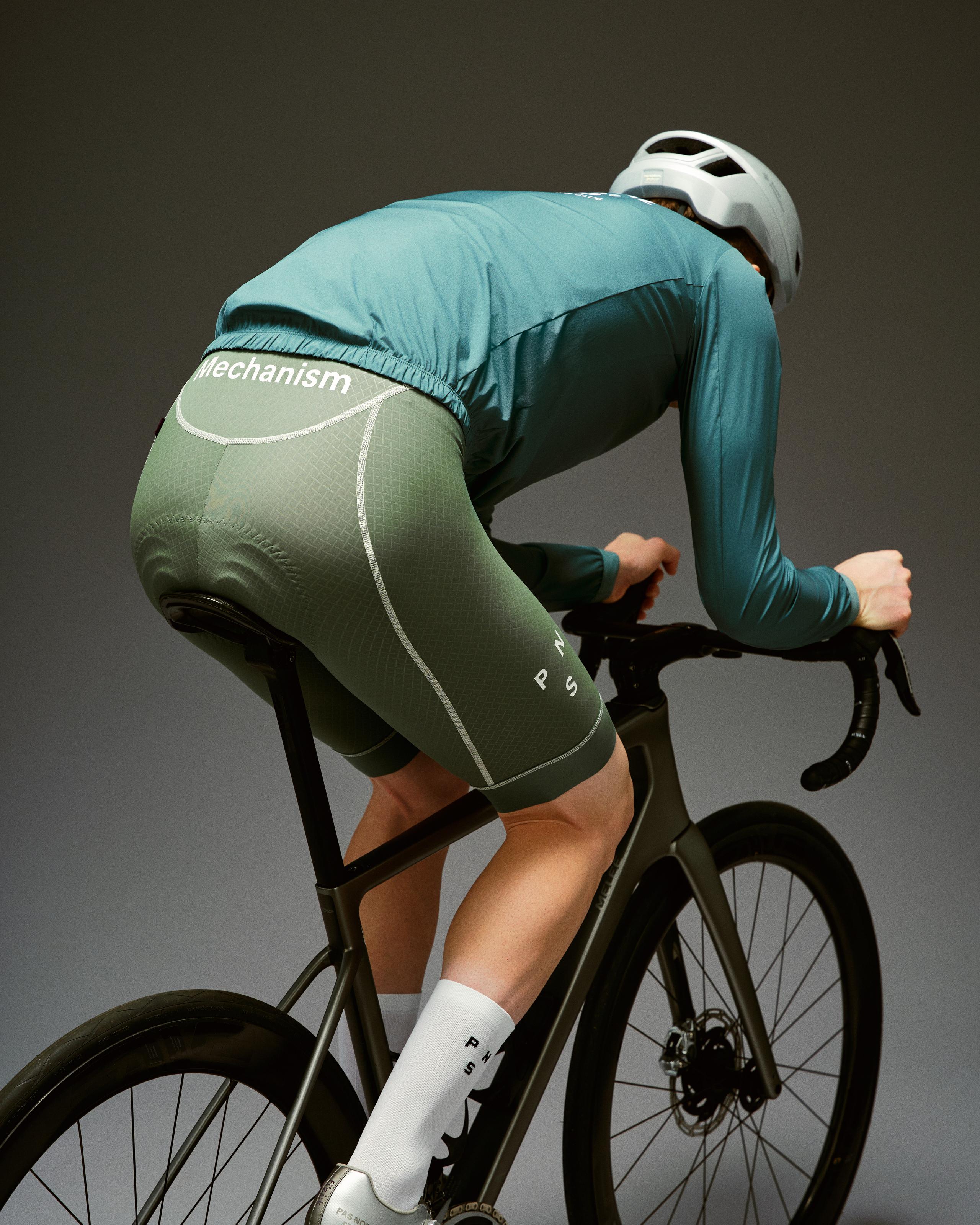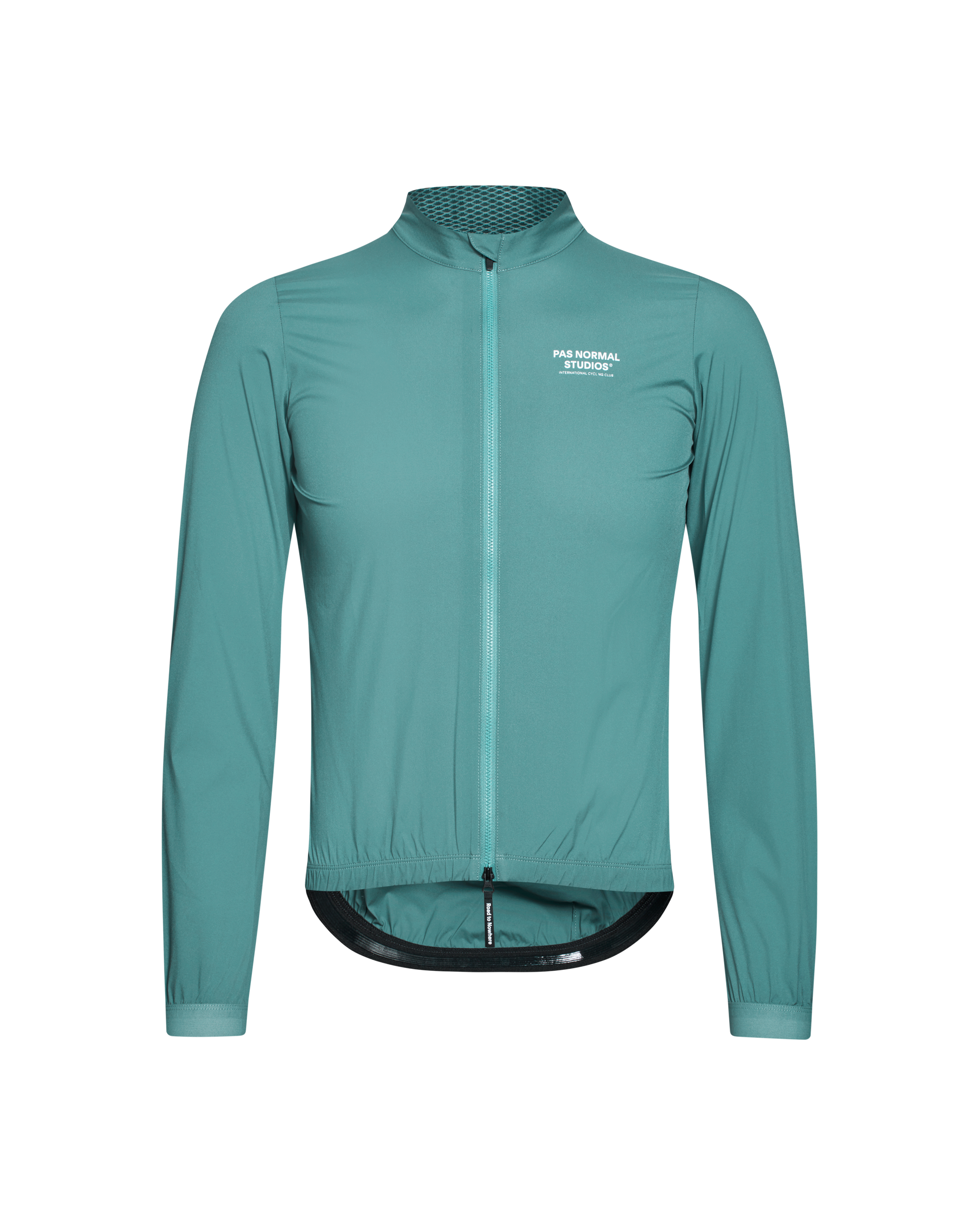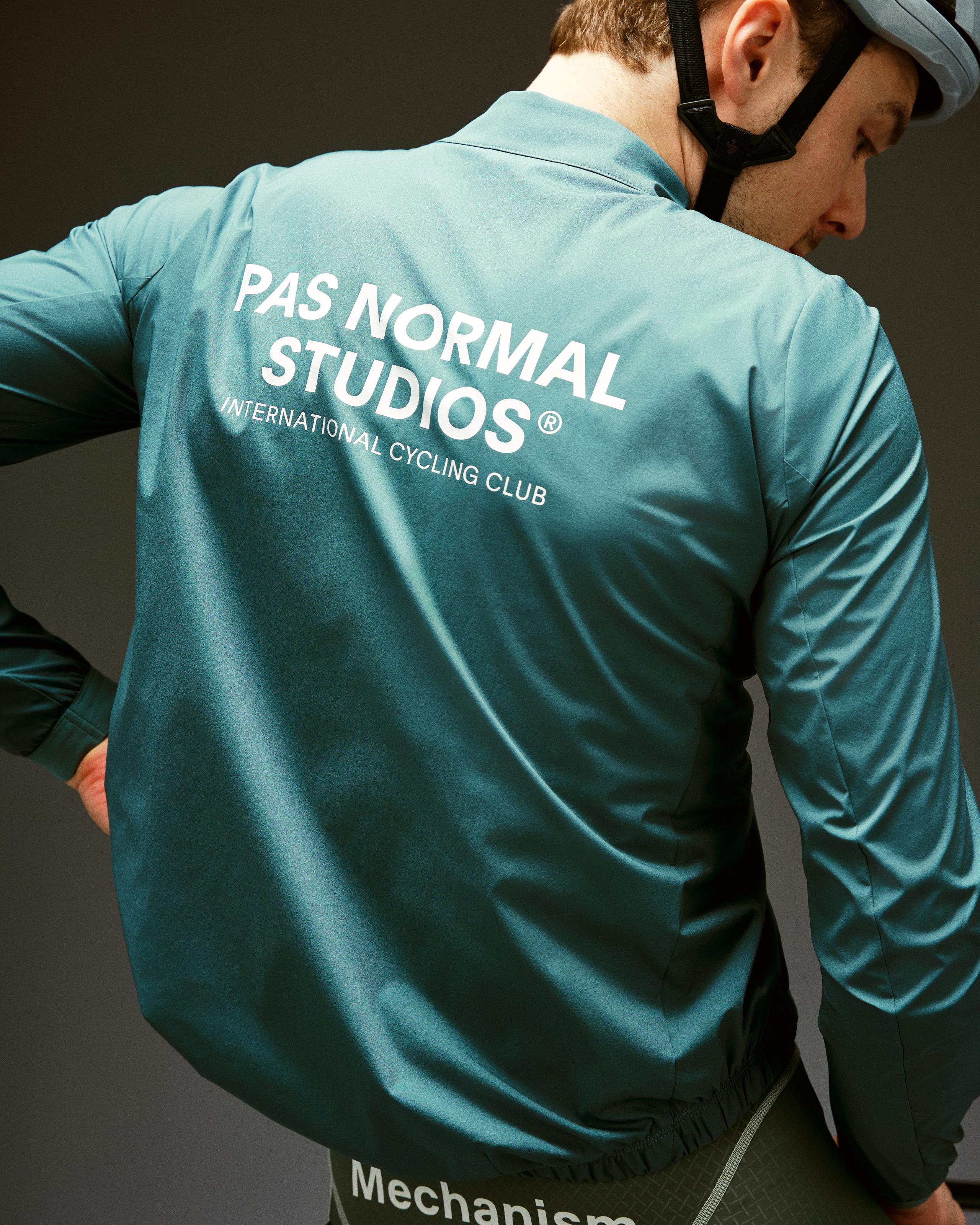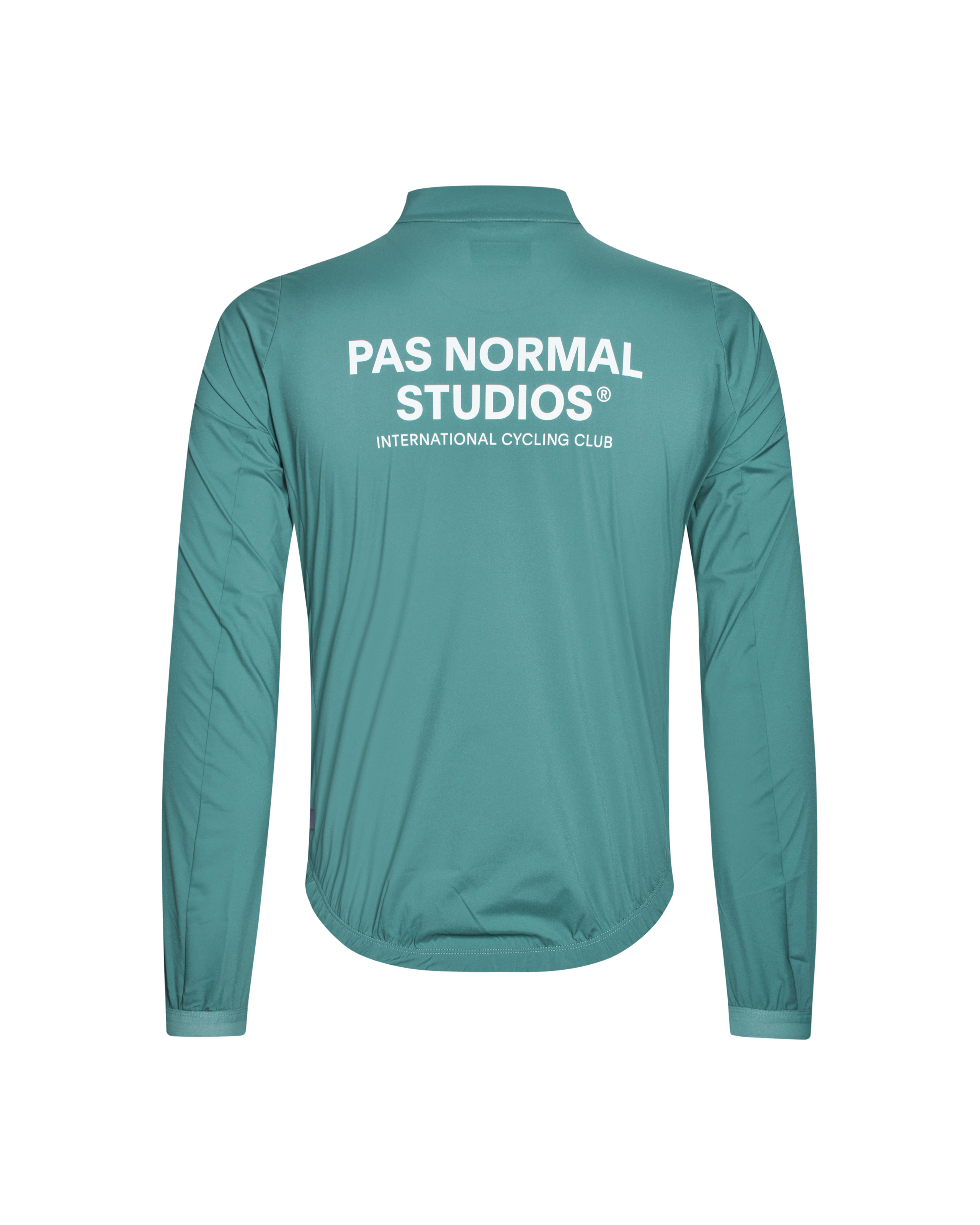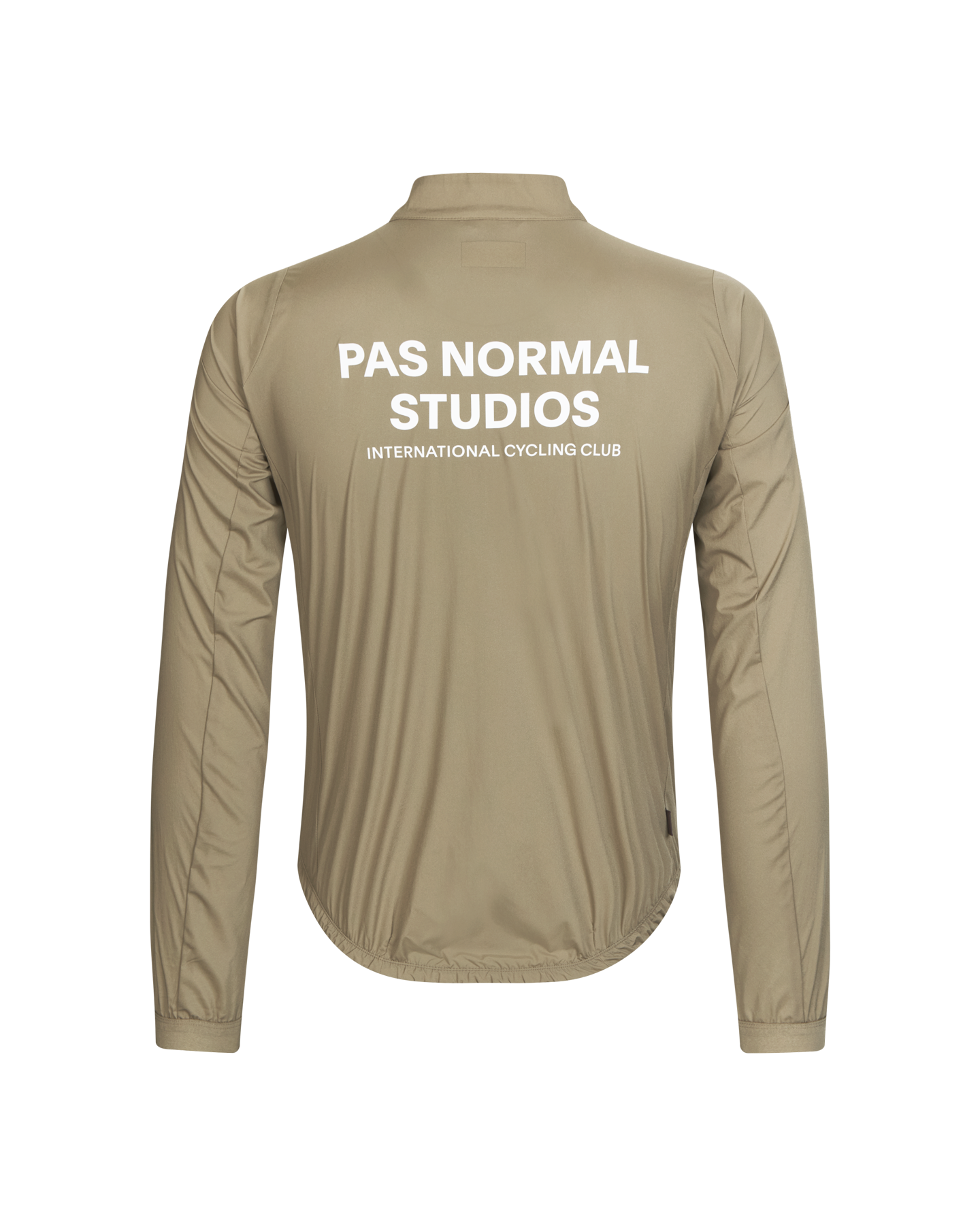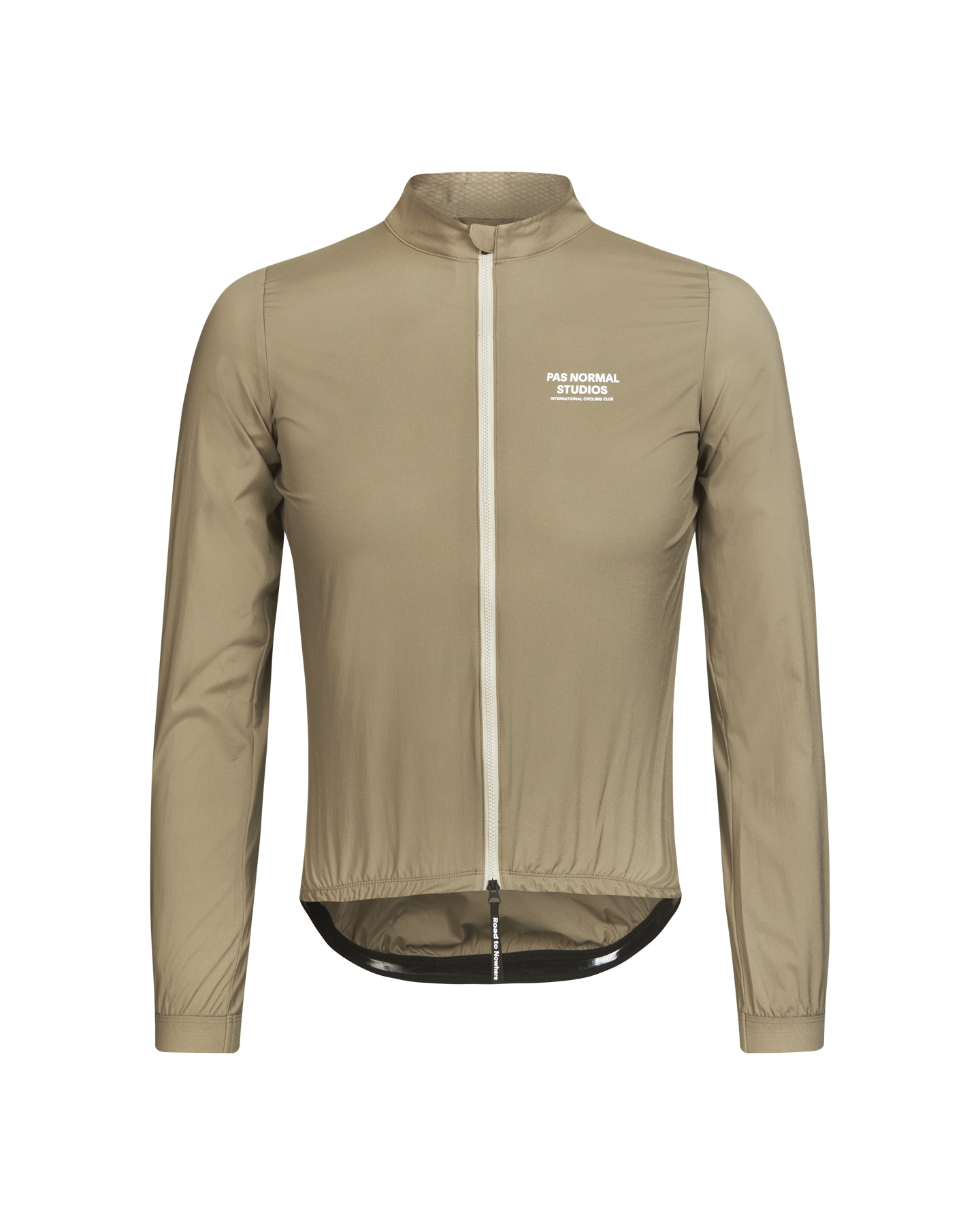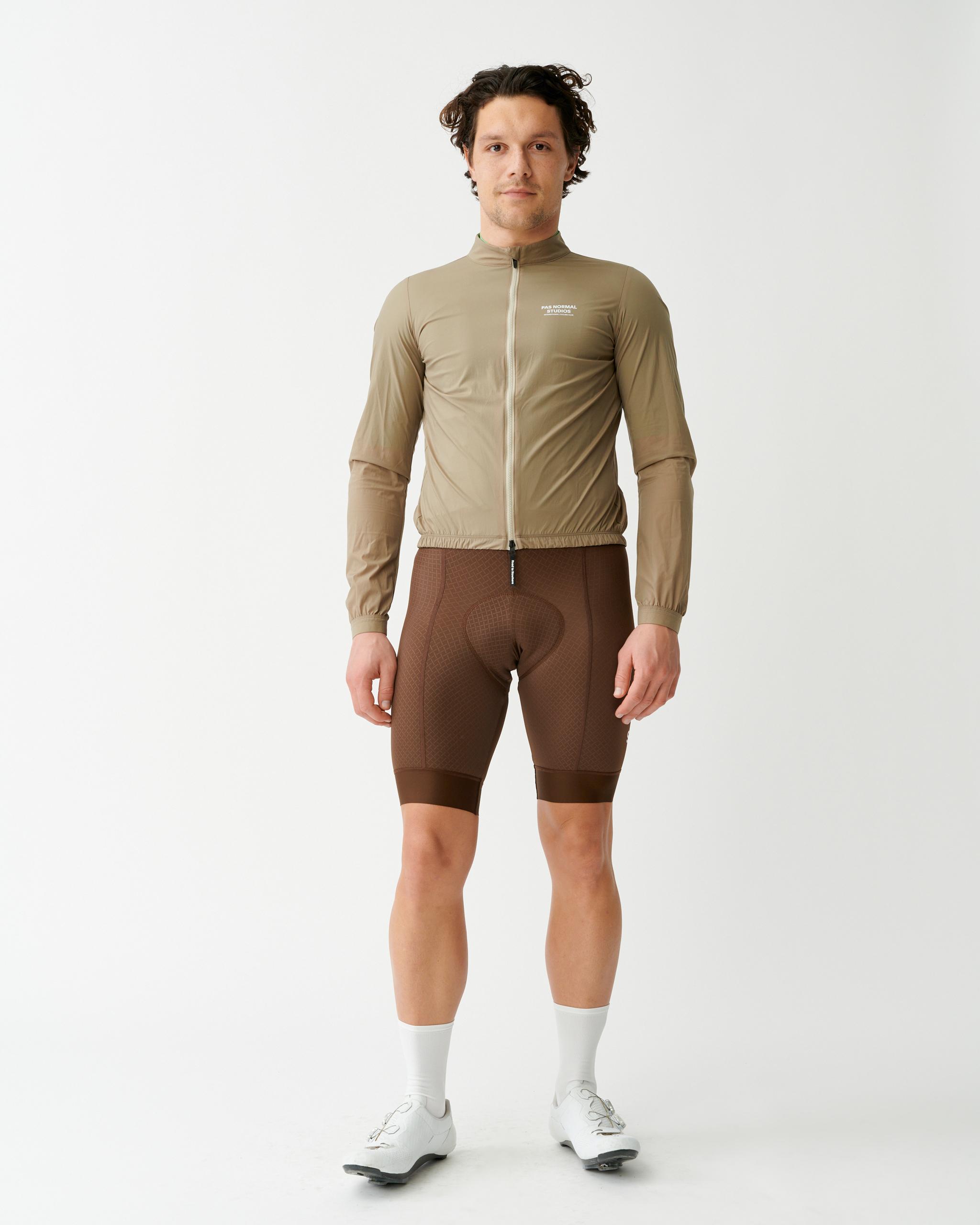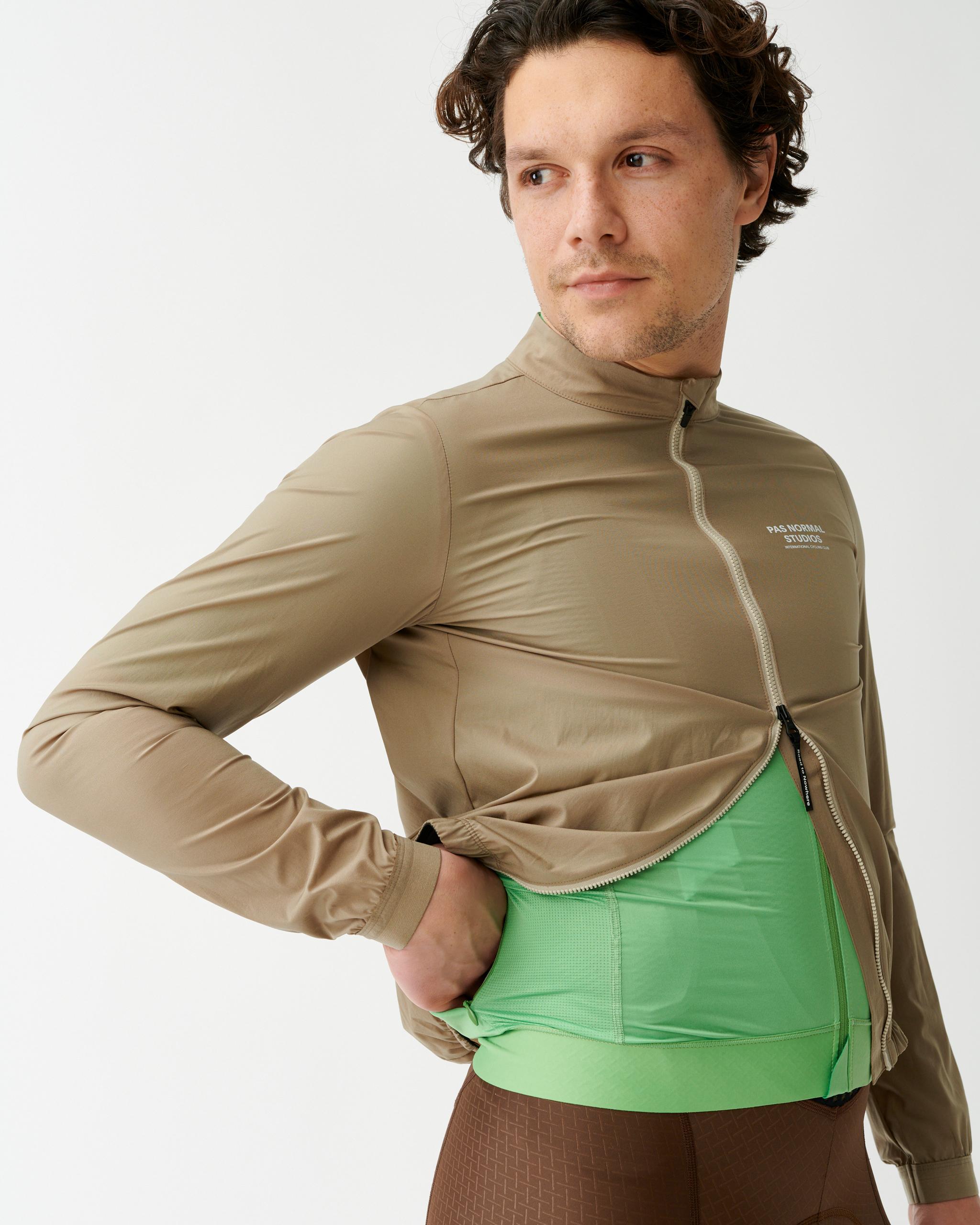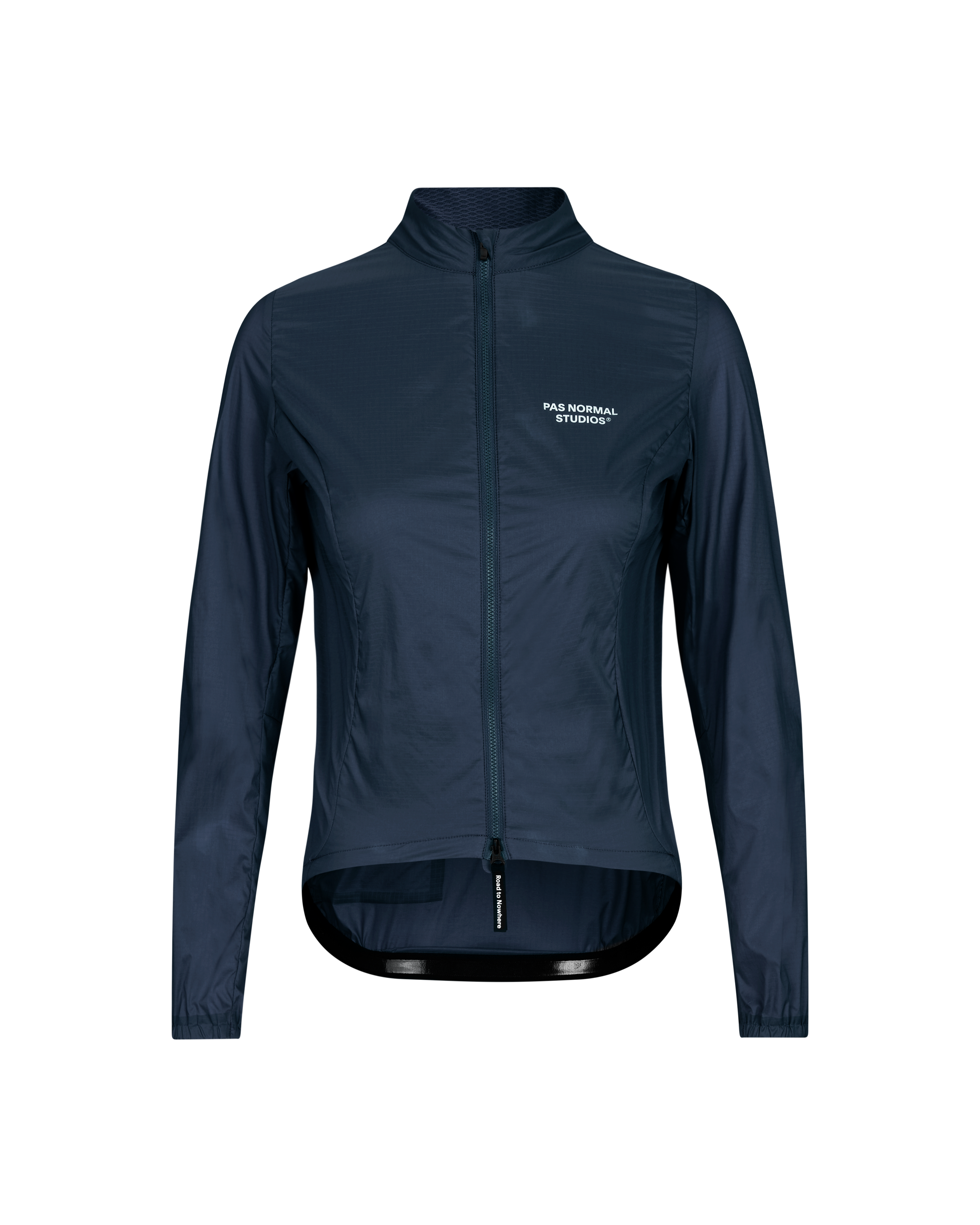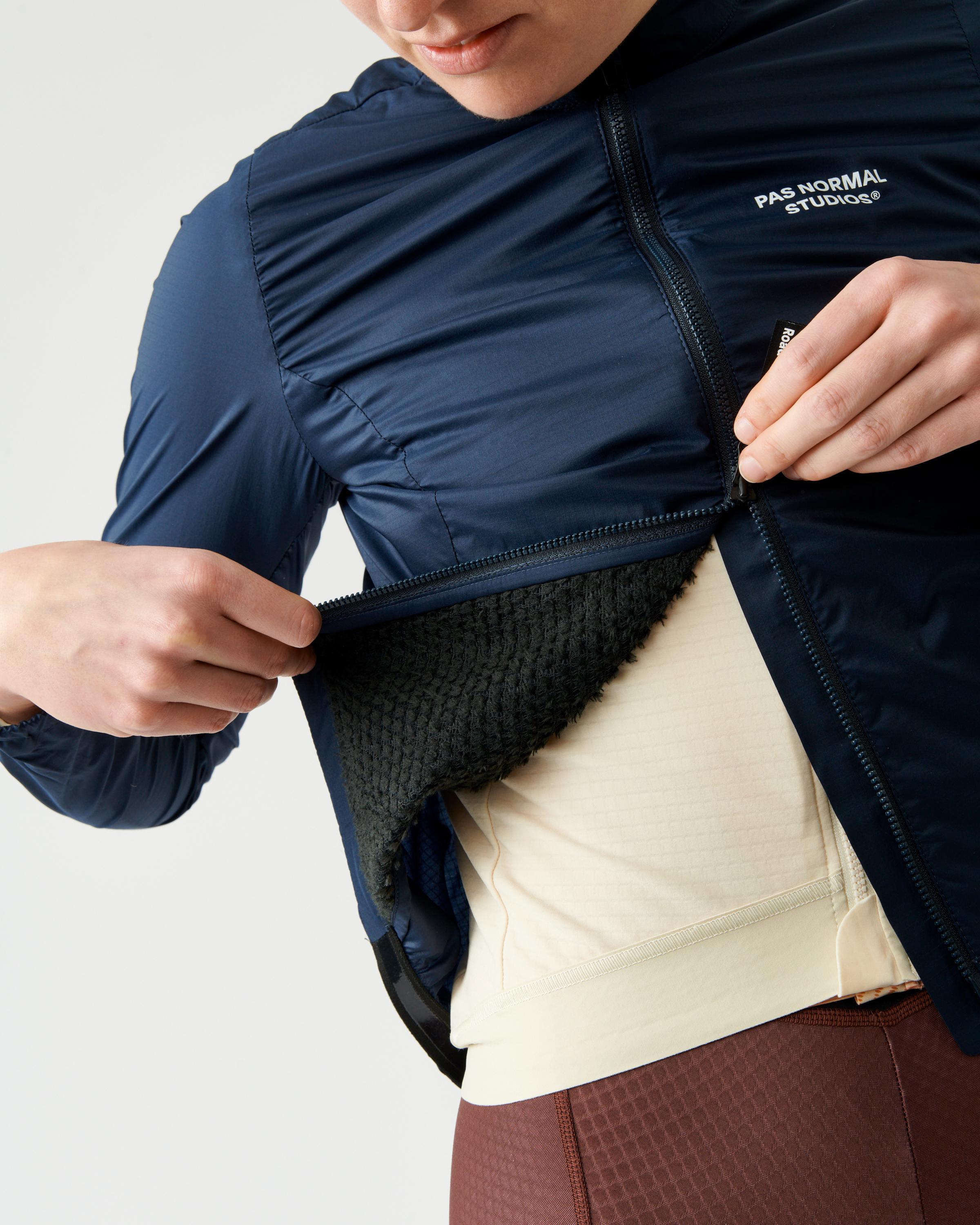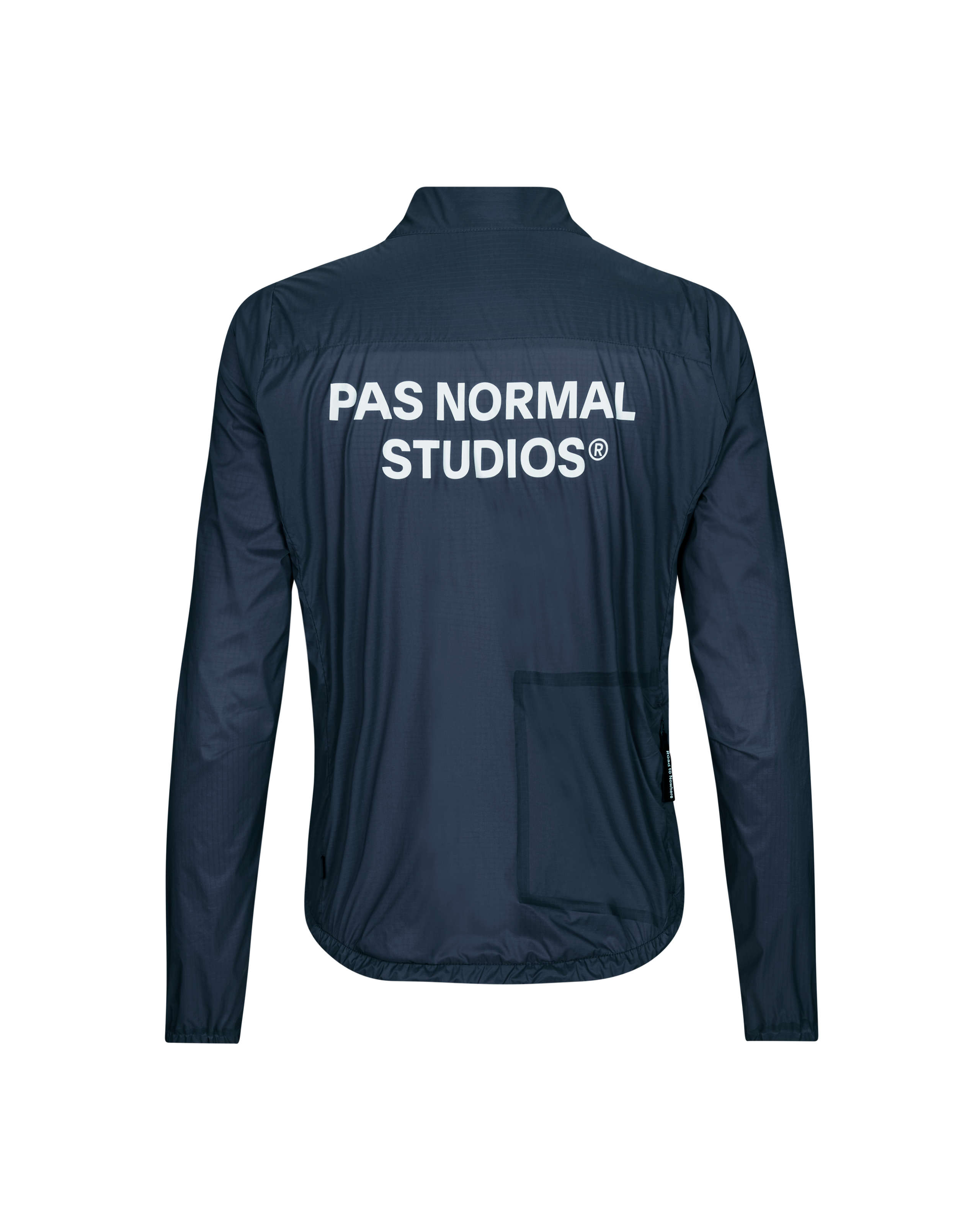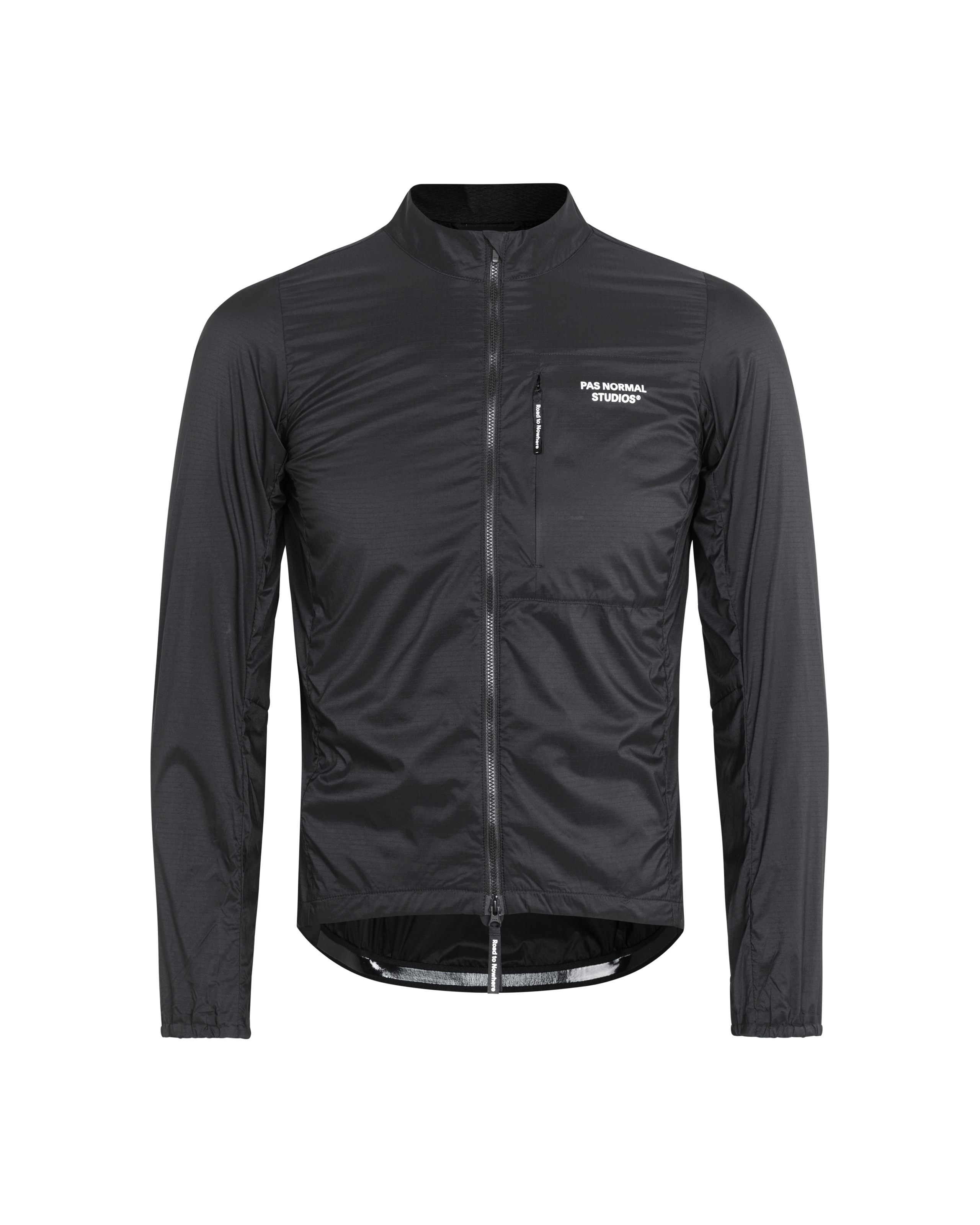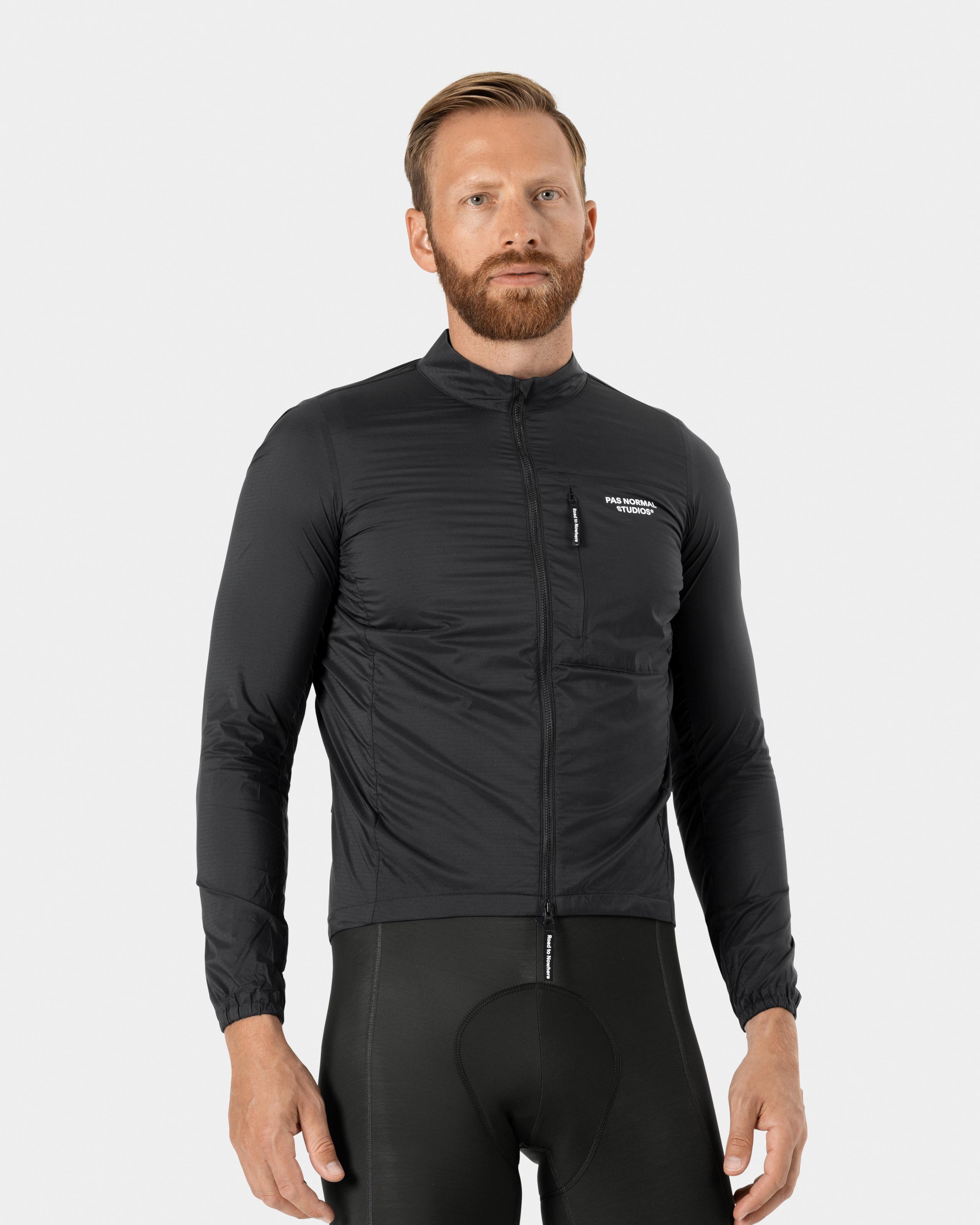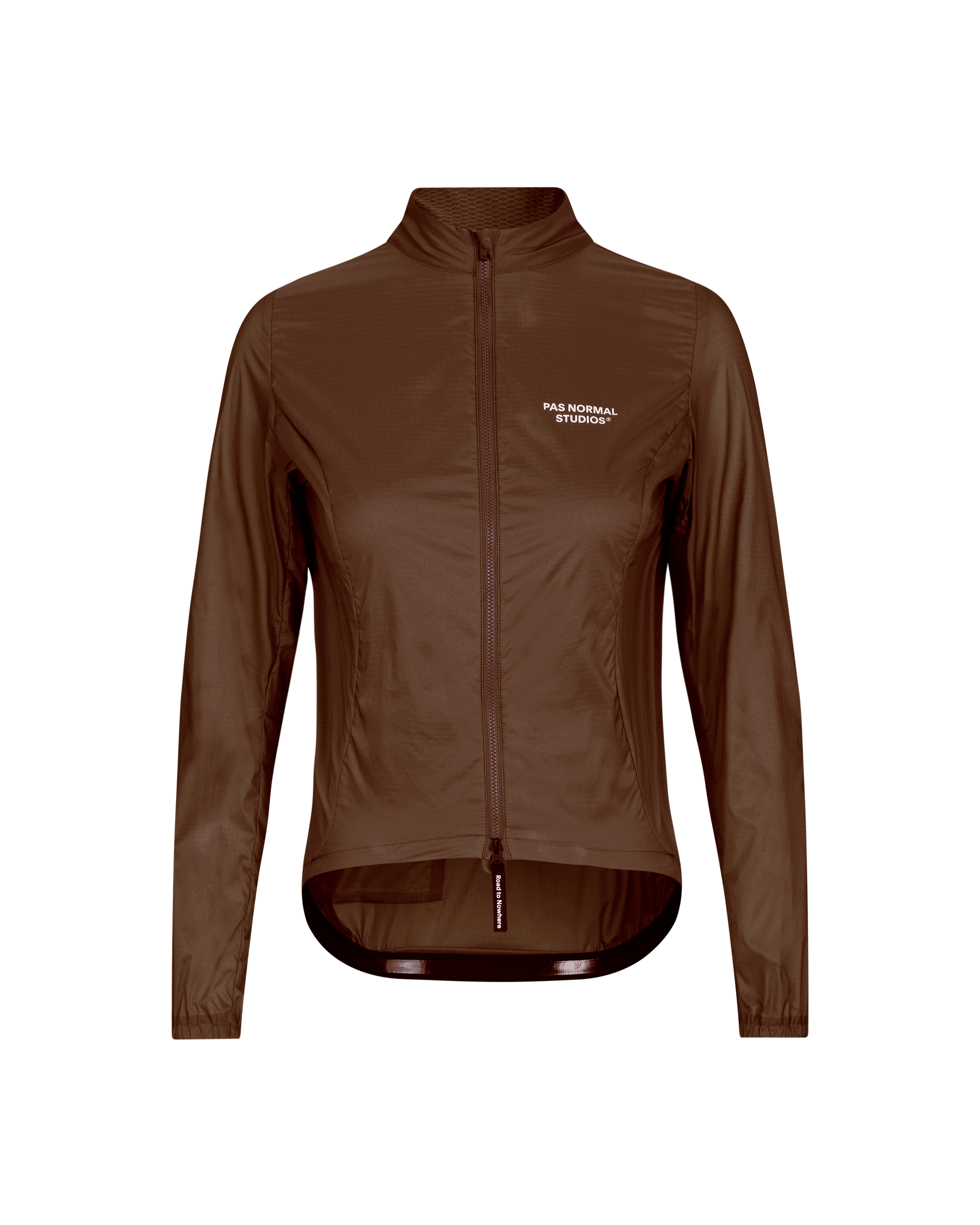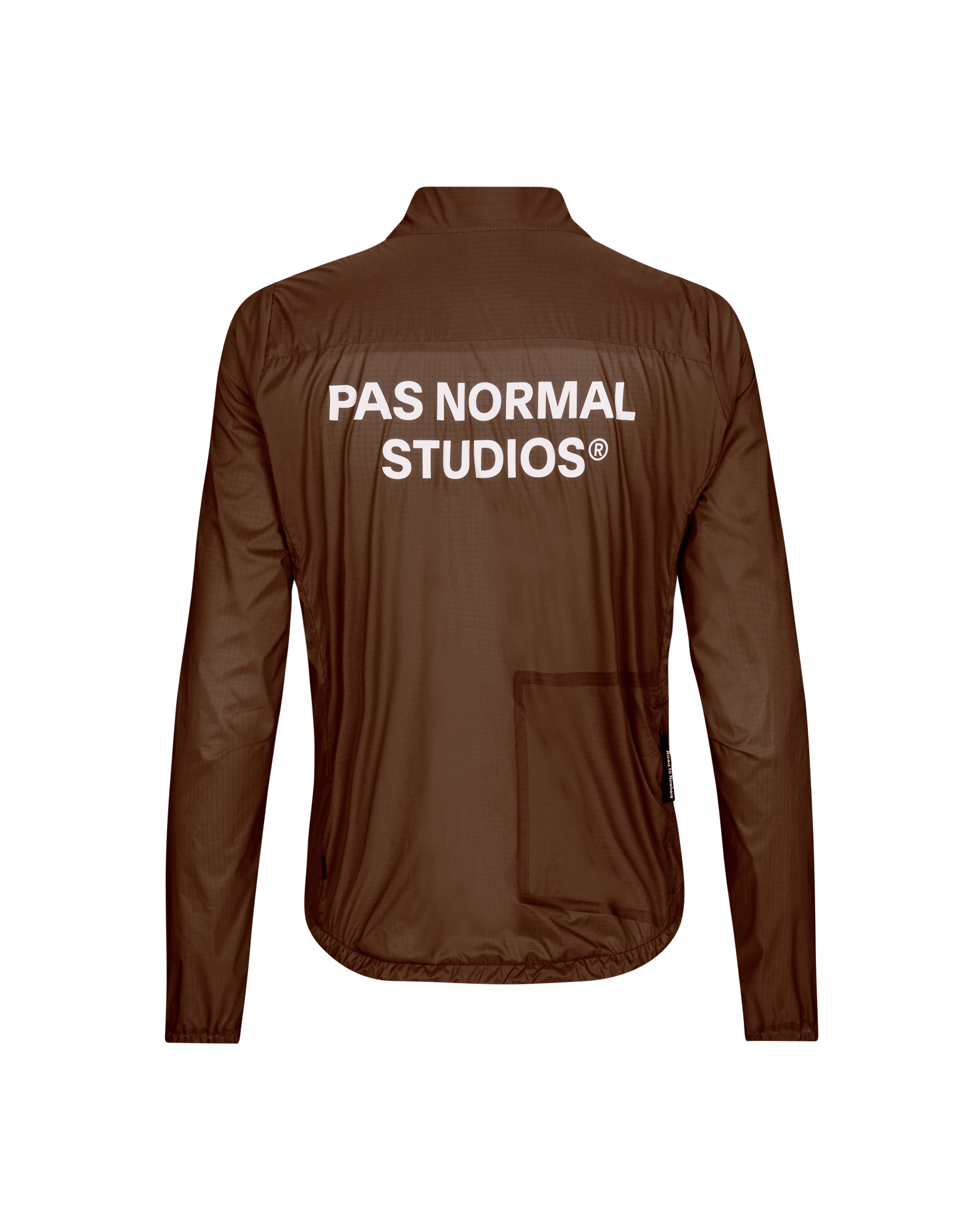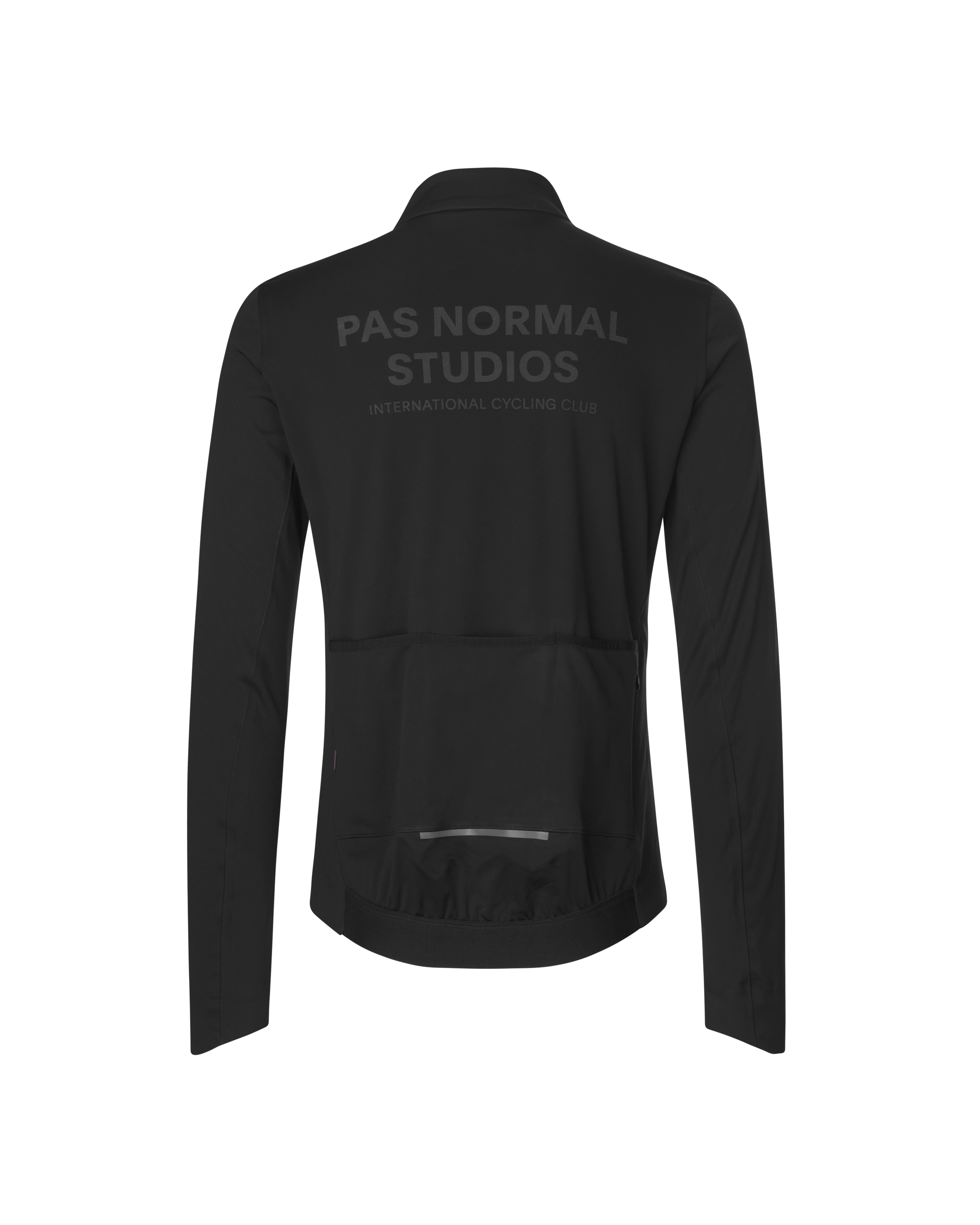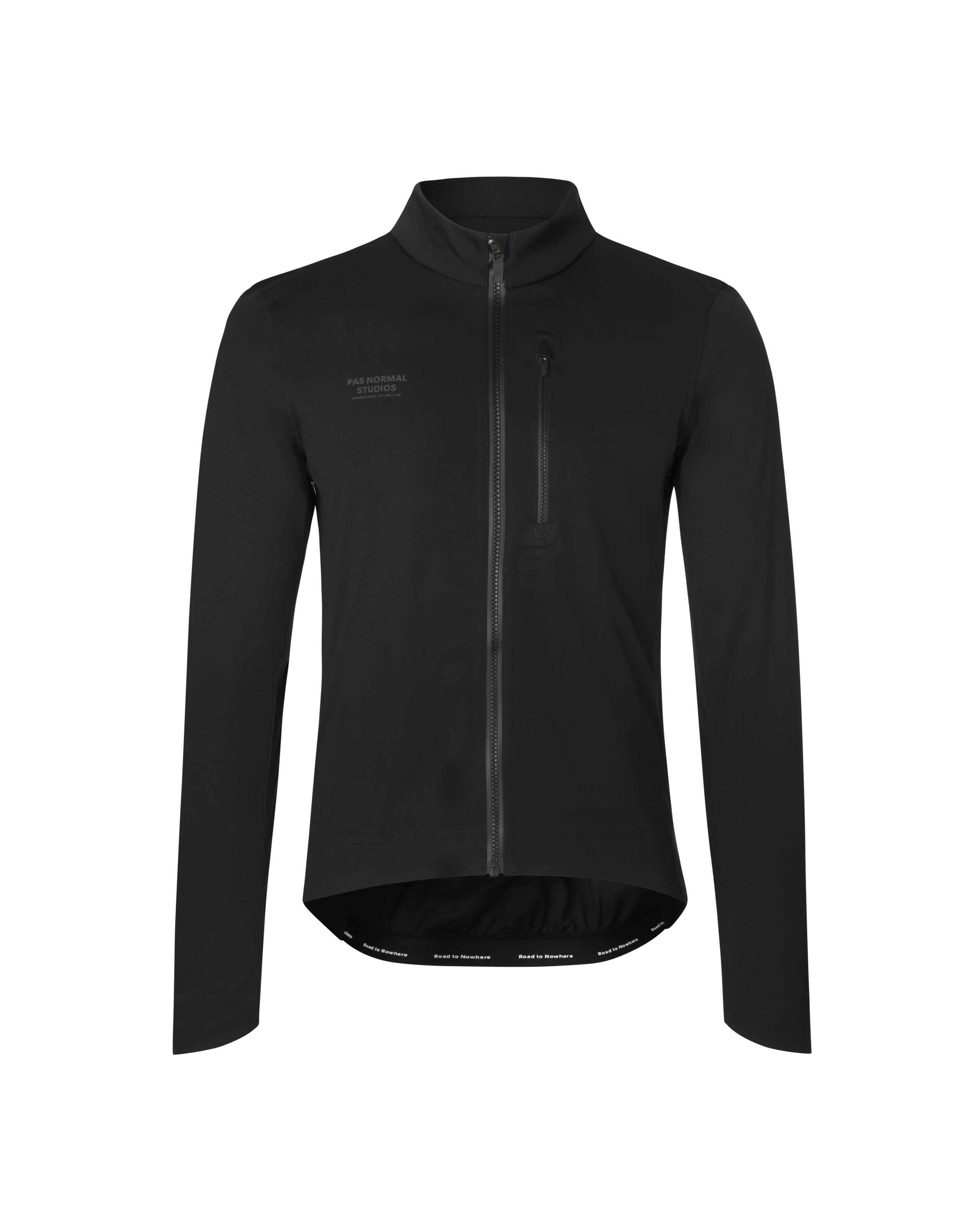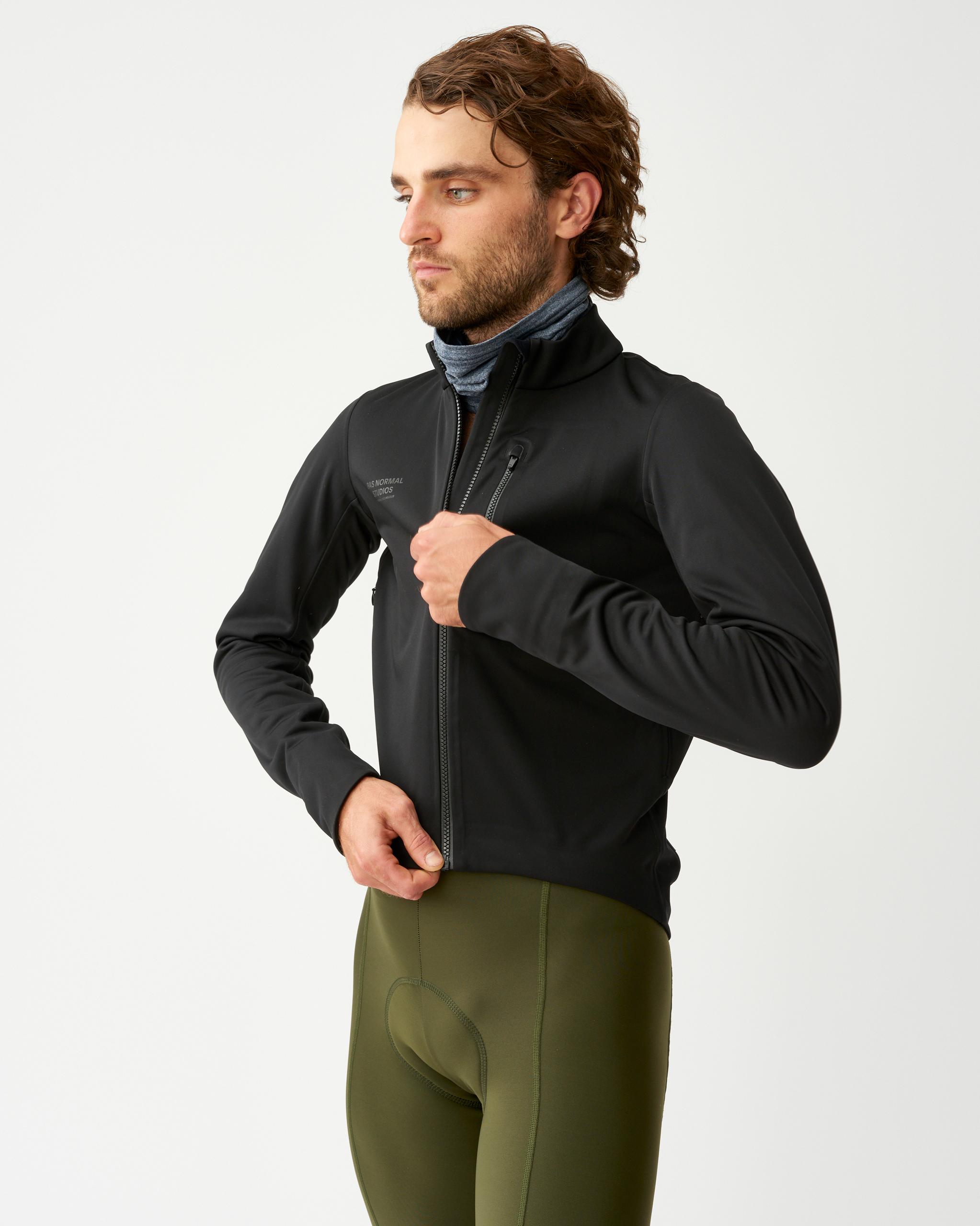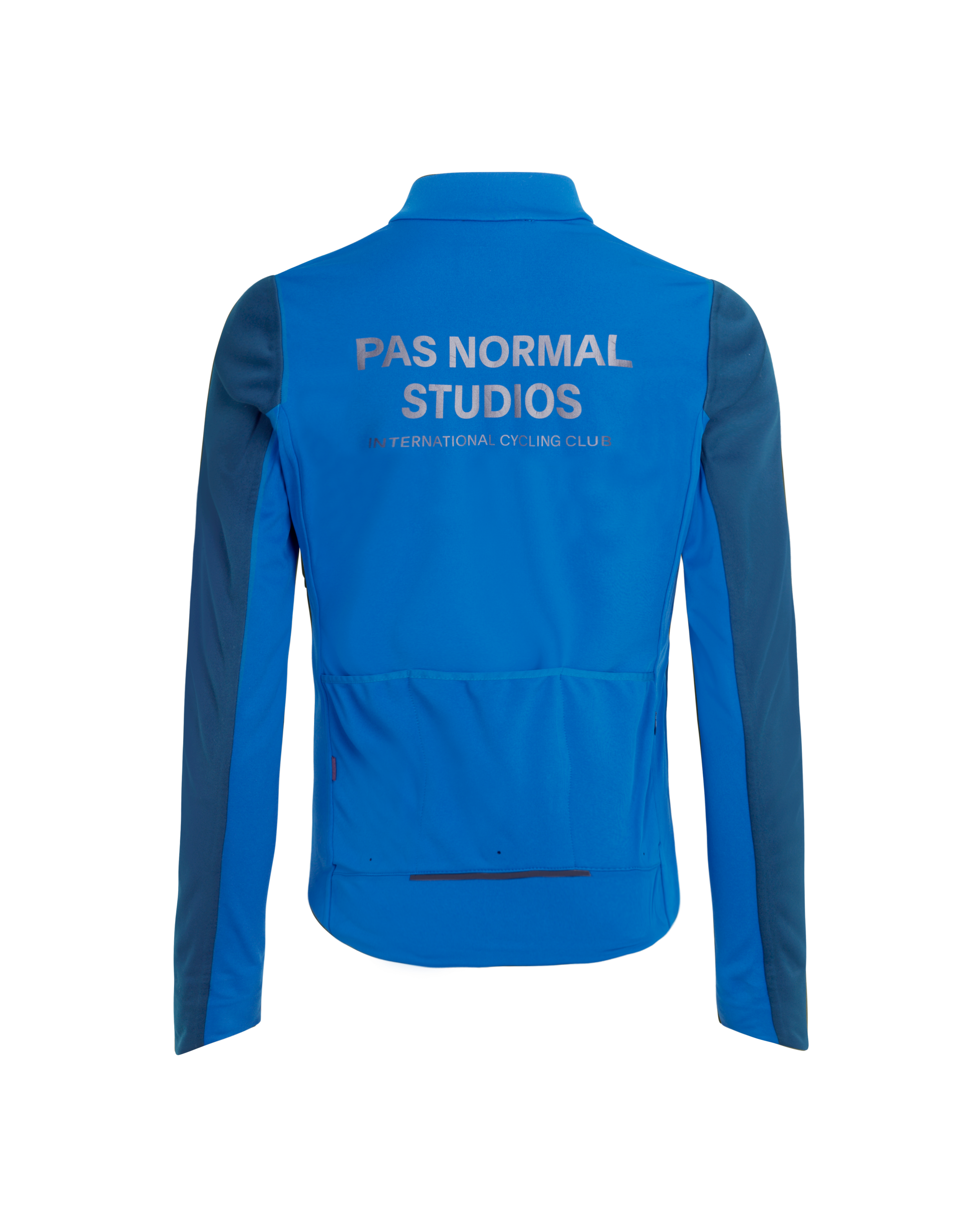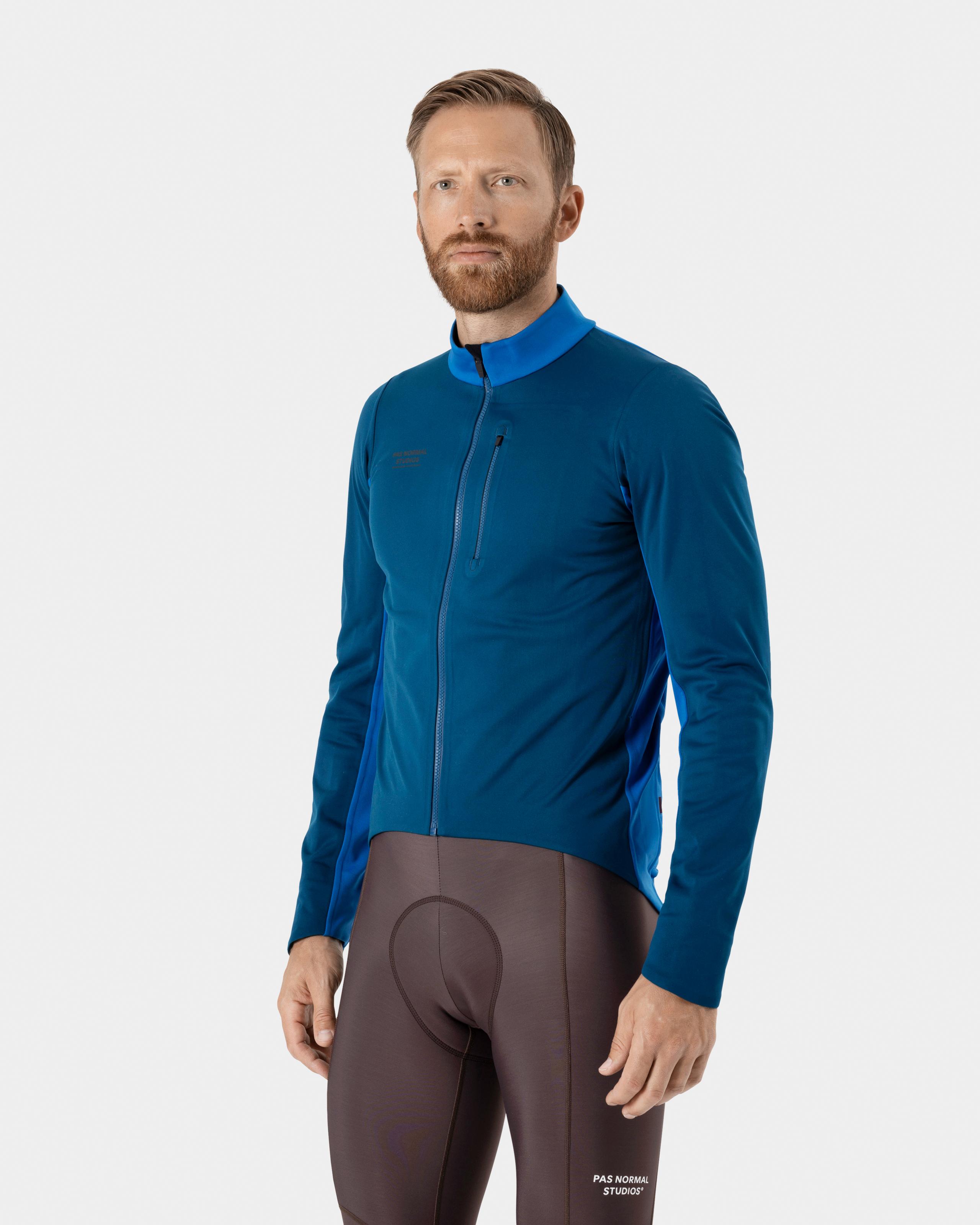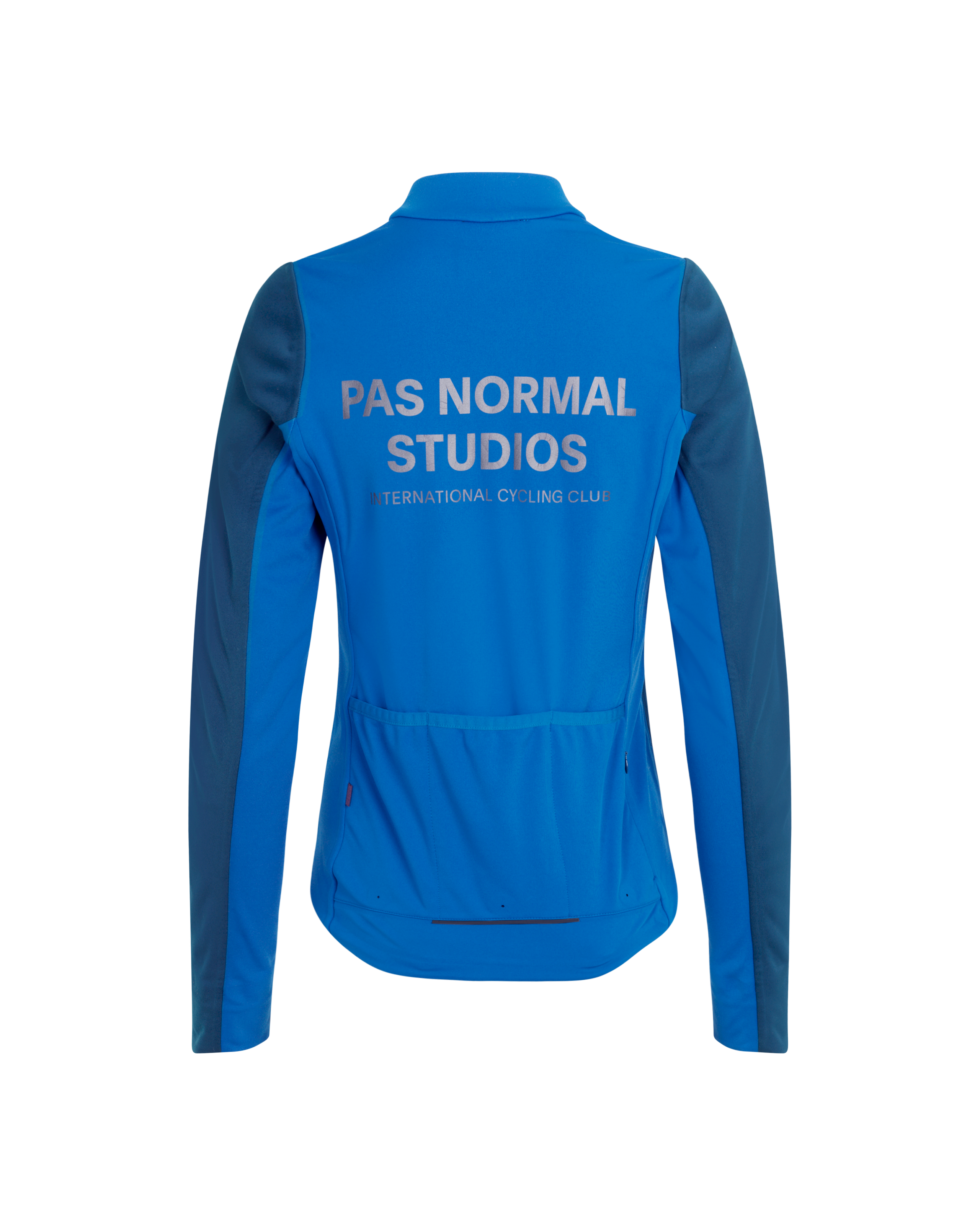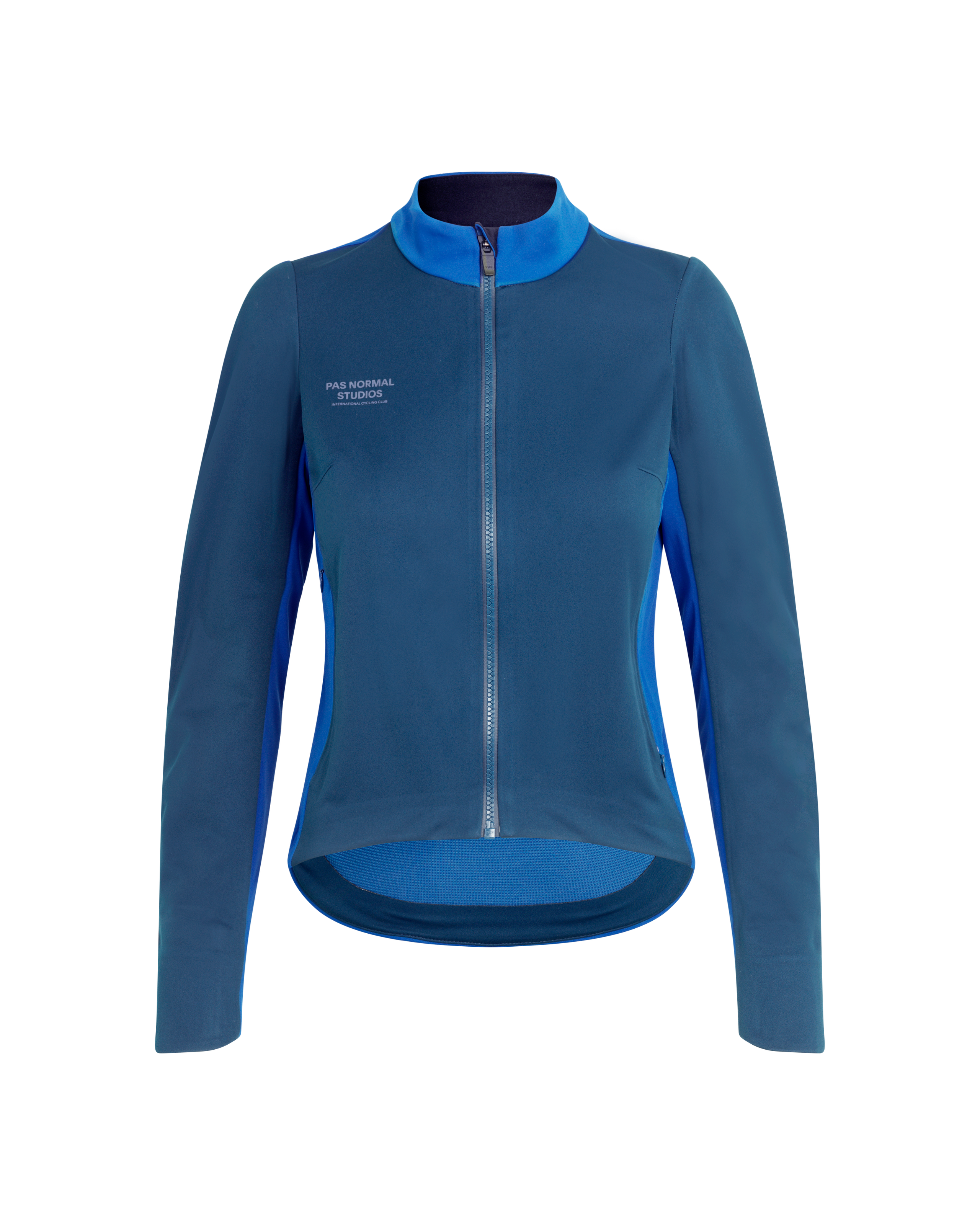
Men's & Women's Cycling Jacket Guide
Cycling jackets are an essential part of every cyclist's wardrobe. They make unpredictable weather and demanding conditions part of the adventure. Choosing the right cycling jacket depends on your specific needs—whether you're racing, training, or exploring new paths.
This guide goes beyond the basics, helping you choose the perfect jacket for cycling:
- 1. How do I choose the best cycling jacket for my needs?
- 2. What are the different types of cycling jackets and their uses?
- 3. What are the best cycling jackets for different weather conditions?
- 4. Which cycling jacket is best for road and gravel riding?
- 5. How do I clean and maintain my cycling jacket for long-lasting performance?
Men’s Cycling Jackets
Women’s Cycling Jackets
1. How do I choose the best cycling jacket for my needs?
Selecting the right cycling jacket depends on your riding conditions, intensity, and personal preferences.
Key Features to Consider:
- Fit – Whether you prefer an aerodynamic race fit or a relaxed cut for longer rides, fit influences both comfort and performance.
- Breathability & Insulation – Balancing airflow and warmth is key. Look for advanced fabrics that regulate temperature and wick moisture.
- Weather Protection – Waterproof and windproof materials help you ride through changing conditions with confidence.
- Packability – Lightweight, compact jackets are essential for transitional weather, easily stowing into a jersey pocket.
- Storage Options – Useful pockets for essentials, without bulk or flapping.
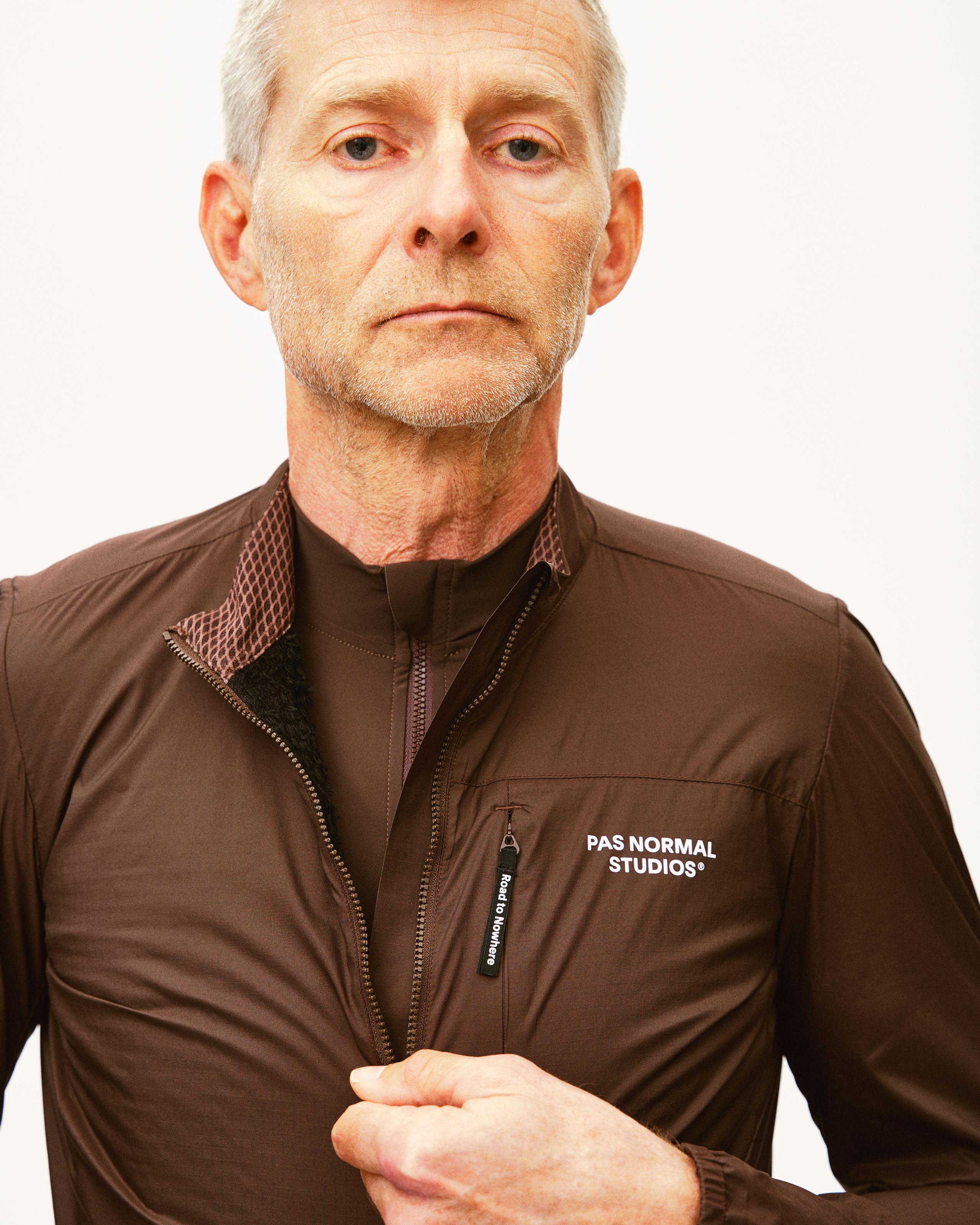


2. What are the different types of cycling jackets and their uses?
The right cycling jacket can elevate your ride if you’re facing unpredictable weather or adapting to shifting conditions.
Rain Cycling Jackets
Look for rain cycling jackets with sealed seams and advanced technical fabrics. A high-quality rain cycling jacket should offer full waterproof protection while remaining light and packable—easy to stow in your jersey pocket without weighing you down.

Key Features to Consider:
- Materials – Opt for premium fabrics and look for advanced waterproof membranes like PFC-free Pertex® Shield Air with a 12,000 mm water column rating.
- Packability – Should compress small enough to fit into a jersey pocket.
- Seam Sealing – Fully taped seams and waterproof zippers are essential to stay dry.
Rain Cycling Jackets
Wind Cycling Jackets
A wind cycling jacket is designed to be ultra-light, windproof, and compact enough to stow in your back pocket, when not in use. These jackets are perfect for early morning rides or fast descents, keeping you comfortable when the air around you turns icy.
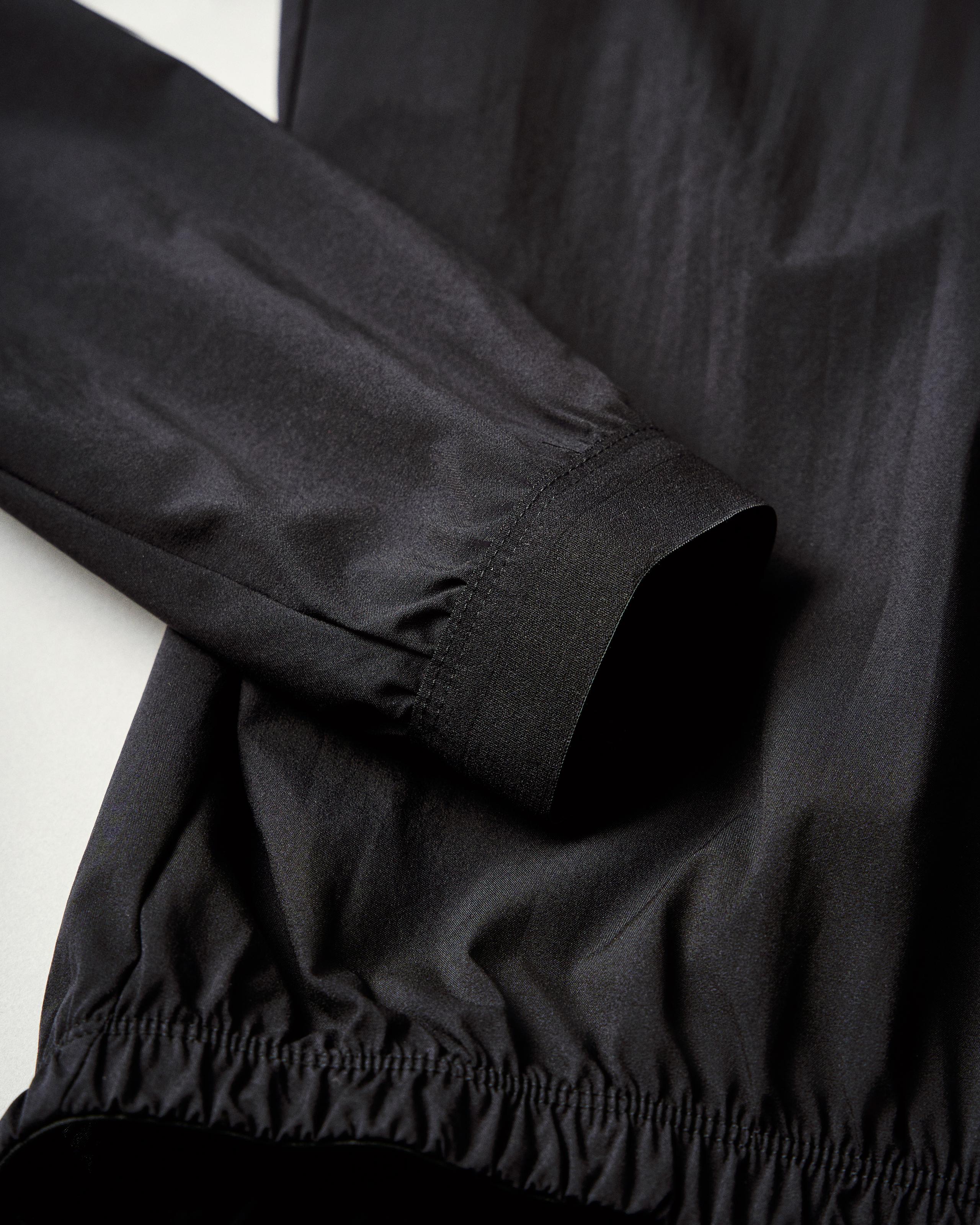
Key Features to Consider:
- Insulation – Wind cycling jackets should provide enough warmth to block cold air and keep the chill out, especially during cooler rides or fast descents. The right materials offer lightweight insulation without bulk.
- Breathability – At the same time, your jacket must let heat and moisture escape efficiently to prevent overheating and sweat buildup—even when the wind is strong.
- Fit & Comfort – The ideal wind cycling jacket should feel like a second skin—streamlined and snug without restricting movement. Our Stow Away Jacket has a semi-tight fit. Use it as an outer layer when riding in windy conditions, light showers, or changing weather conditions.
- Stow Away – A wind cycling jacket should be lightweight and easy to pack away in a back pocket, always leaving you well equipped and prepared for the sudden weather changes.
Wind Cycling Jackets
Insulated Cycling Jackets
Cold-weather riding demands more from your kit. An insulated cycling jacket offers essential warmth without adding unnecessary bulk—built for long winter miles, icy descents, and early starts where focus and comfort are non-negotiable.
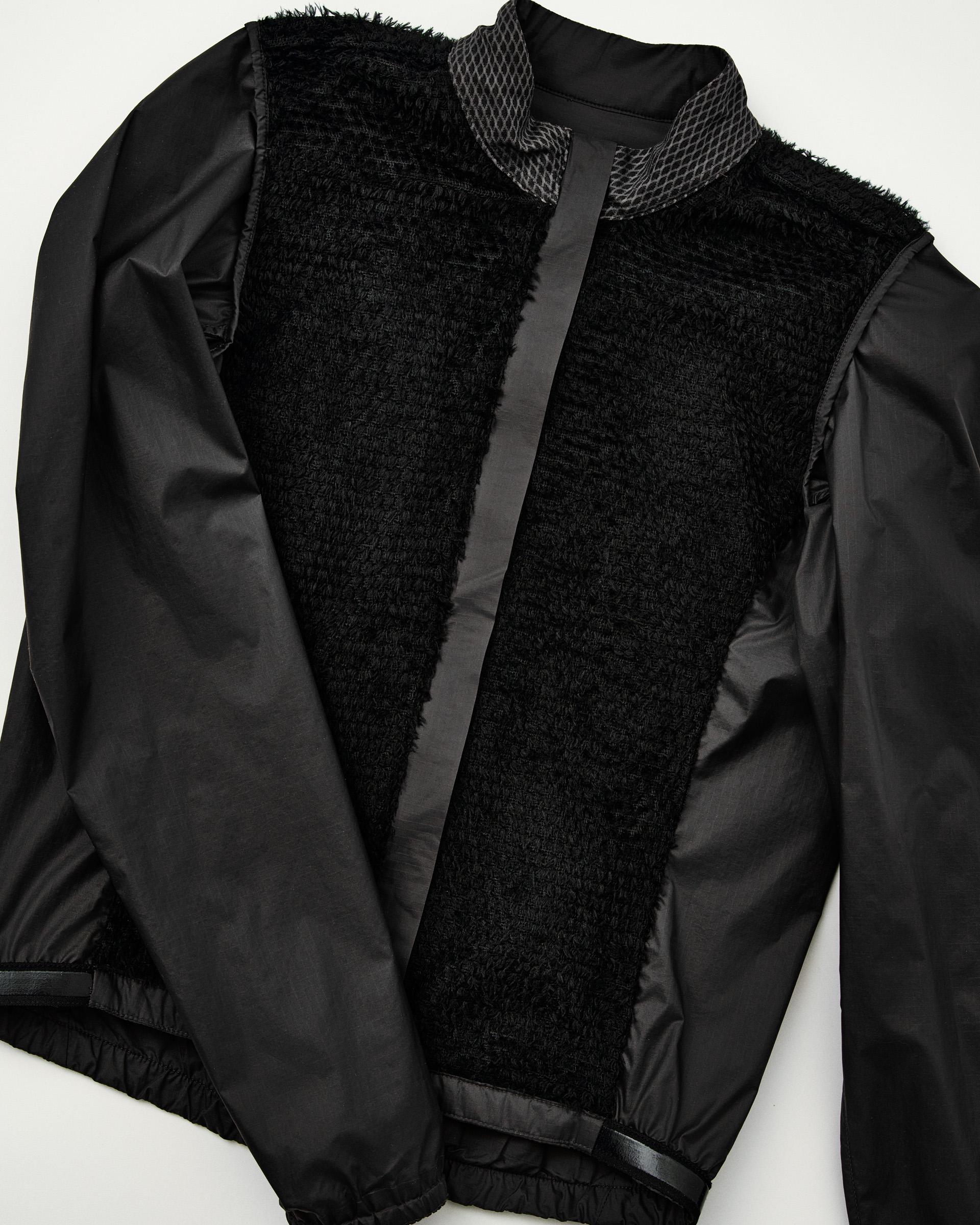
Key Features to Consider:
- Insulation – An insulated cycling jacket should offer warmth without bulk, allowing you to stay efficient on the bike.
- Breathability – The advanced windproof Pertex Quantum Ripstop Fabric, combined with strategically placed panels of Polartec Alpha Insulation, offers excellent breathability without compromising warmth.
- Fit & Comfort – The fit should accommodate one or more layers underneath the jacket. All while being packable enough to still fit in your back pocket.
Insulated Cycling Jackets
3. What are the best cycling jackets for different weather conditions?
Whether you’re battling winter, riding under the summer sun, or navigating the transitions of spring and autumn, you need the right cycling jacket for the different weather conditions.



Winter Cycling Jackets
Winter cycling jackets are built for warmth and protection in harsh conditions. They combine insulation, windproofing, and waterproofing to keep you comfortable in cold, wet weather.
Key Features to Consider:
- Insulation – Brushed fleece linings retain heat and wick moisture. Some use DWR-treated SuperRoubaix fabric for added warmth and water resistance.
- Water Protection – Waterproof membranes like Schoeller fabrics help keep you dry.
- Windproofing – Wind-resistant materials, such as Schoeller fabrics, block cold air effectively.
Winter Cycling Jackets
Summer Cycling Jackets
Designed for everyday rides, summer cycling jackets offer lightweight protection for unpredictable weather. Ideal for early mornings and cool descents, they’re easy to stow in a back pocket and prioritize breathability and comfort.
Key Features to Consider:
- Breathability – Look for fabrics that allow sweat to escape, keeping you dry and cool.
- Lightweight Design – A jacket that feels like a second skin, without any excess weight.
- Packability – A quality jacket should fold down easily to fit in a jersey pocket, so it’s always on hand when conditions change.
- Stow away – A summer cycling jacket should be lightweight and easy to pack away in a back pocket, always leaving you well equipped and prepared for the sudden shower.
Summer Cycling Jackets
Autumn & Spring Cycling Jackets
For the unpredictable months of spring and autumn, a transitional jacket offers the perfect balance of warmth, breathability, and weather protection. These jackets adapt to shifting conditions and keep you comfortable through changing temperatures.
Key Features to Consider:
- Moderate Insulation – Balanced warmth for fluctuating temperatures. Look for jackets that combine windproof Pertex Quantum Ripstop fabric with strategically placed Polartec Alpha Insulation for excellent breathability and thermal performance.
- Weather Protection – Windproof and water-resistant materials help protect against sudden weather changes. DWR-treated fabrics provide reliable defense against wind and light rain.
- Layering Potential – Designed to be worn over base layers or jerseys. Ensure the fit allows for one or more layers underneath for added warmth when needed.
Autumn & Spring Cycling Jackets
4. Which cycling jacket is best for road and gravel riding?
Choosing the right cycling jacket for both road and gravel riding is essential for optimizing performance and comfort, no matter the terrain or weather conditions. Here's what to look for.

Road Cycling Jackets
For road cycling, aerodynamics, lightweight construction, and breathability are key. Road cycling jackets are designed to cut through the wind, keeping you streamlined and comfortable, whether you're chasing personal bests or enjoying a steady ride.
Key Features to Consider:
- Aerodynamic Fit – A sleek, race-inspired fit that minimizes drag. Use it as an outer layer when riding in windy conditions, light showers, or changing weather conditions.
- Breathability – Fabrics that wick away sweat to keep you dry and cool.
- Weather Protection – Windproof and water-resistant materials to shield you from the elements. Choose a more insulated or waterproof option for colder conditions or when rain is expected.

Gravel Cycling Jackets
Gravel riding demands a cycling jacket that's durable, weather-resistant, and flexible enough for varied terrain. It should protect against wind and light rain while remaining breathable and comfortable on long off-road efforts.
Key Features to Consider:
- Durability – Rugged materials that withstand rough conditions and off-road rides.
- Comfort and Flexibility – A comfortable fit with freedom of movement, allowing you to shift positions during gravel rides.
- Storage – Practical pockets that let you carry essentials without affecting performance—ideally placed to avoid interfering with your pedaling.

Hybrid Jackets for Road & Gravel
If you ride both road and gravel, a hybrid jacket offers the versatility you need. These jackets combine aerodynamic performance with durability and weather protection—ideal for mixed-terrain adventures.
Key Features to Consider:
- Versatility – A jacket that adapts seamlessly to both road and gravel conditions. In general, all Pas Normal Studios Jackets and the quality, can be used for both road and gravel. We encourage you to choose a jacket that fulfils your personal preferences.
- Storage Options – Smart pockets for essentials, or a cut that layers seamlessly over jersey pockets.
- Lightweight and Packable – Easily stows away when not needed.
5. How do I clean and maintain my cycling jacket for long-lasting performance?
Our cycling jacket is built for high performance, and with the right care, it can continue to deliver top-tier protection ride after ride. To maximize the lifespan of your jacket, follow these essential care and maintenance tips. Visit our Care Guide.

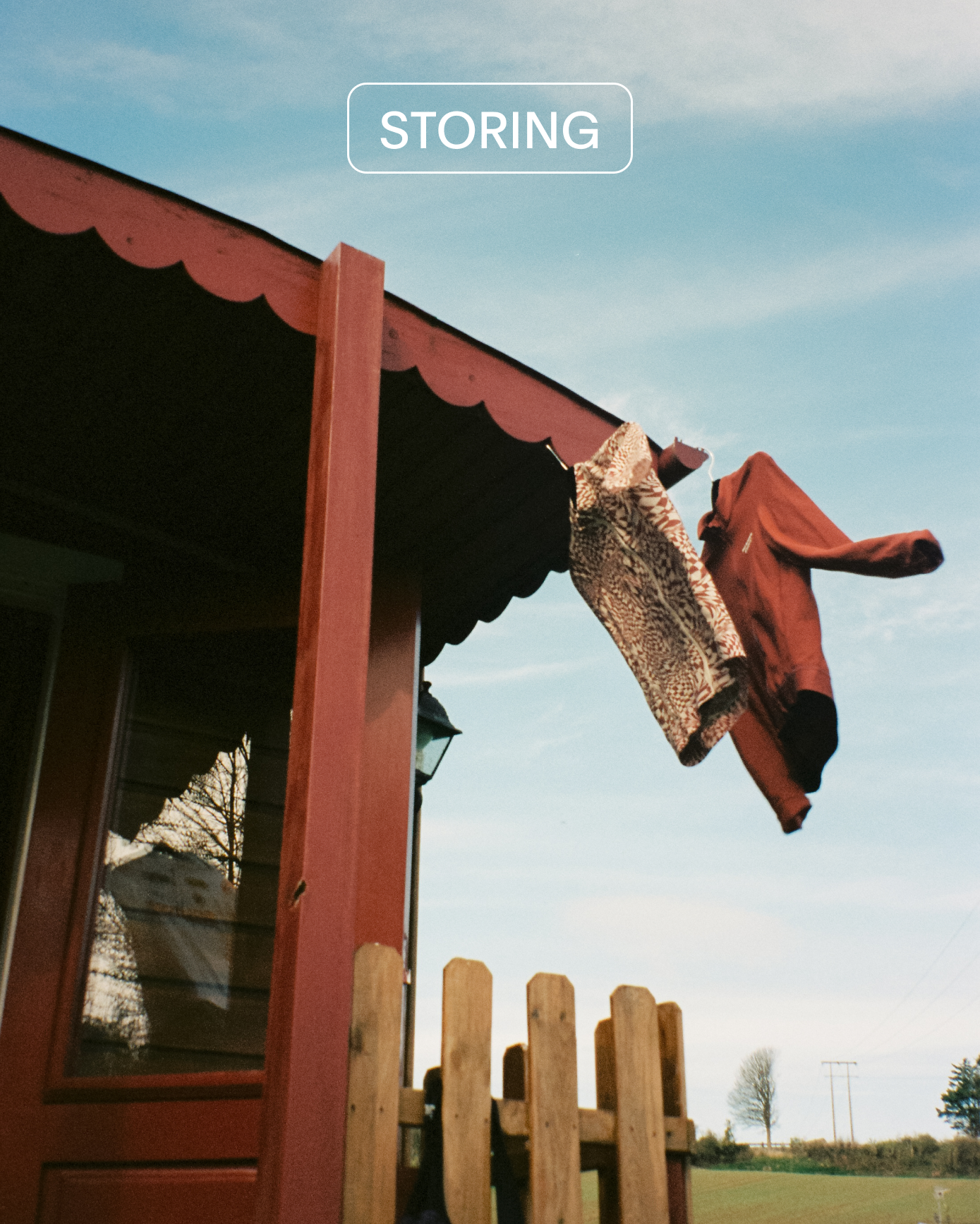

Proper Cleaning for Cycling Jackets
To maintain the technical qualities of your jacket, always wash it gently with cold water. Avoid fabric softeners as they can compromise the performance of high-tech materials. A gentle wash preserves the jacket’s waterproofing, breathability, and overall durability. After a ride, hang your items to ventilate. This will help prevent bacteria and odors from building up and reduce the chances of damaging the material. If the item is very dirty, we recommend rinsing it as soon as possible to avoid stains.
Key Cleaning Tip:
- Cold Water Wash – Use cold water to protect technical fabrics. Gentle machine wash at 30°C (low spinning)
- No Fabric Softeners – They can reduce the effectiveness of your jacket’s waterproofing and breathability.
- Machine or Hand Wash – Follow the jacket’s care label for the most suitable cleaning method.
Storing Your Jacket
When your jacket isn’t in use, store it in a dry, cool place away from direct sunlight. UV rays can break down the fabrics over time, reducing its effectiveness. Ensure your jacket is stored in a well-ventilated area to prevent any moisture buildup, which can damage the materials.
Storage Tips:
- Dry & Cool – Keep your jacket in a dry, cool area to prevent wear.
- Avoid Direct Sunlight – Sun exposure can degrade the technical fabrics.
- Proper Ventilation – Ensure your jacket has enough airflow to avoid moisture buildup.
Prolonging Waterproofing & Durability
To maintain the waterproof capabilities of your cycling jacket, reproof it periodically with a specialized waterproofing spray. These treatments restore the water-repellent coating, ensuring you stay dry during your wet rides. Over time, a reproofing treatment will help maintain your jacket’s performance.
Durability Maintenance:
- Reproof Regularly – Use specialized sprays to refresh the jacket’s waterproof layer.
- Inspect for Damage – Regularly check for wear and tear, especially on zippers and seams. Care and maintenance guide.




